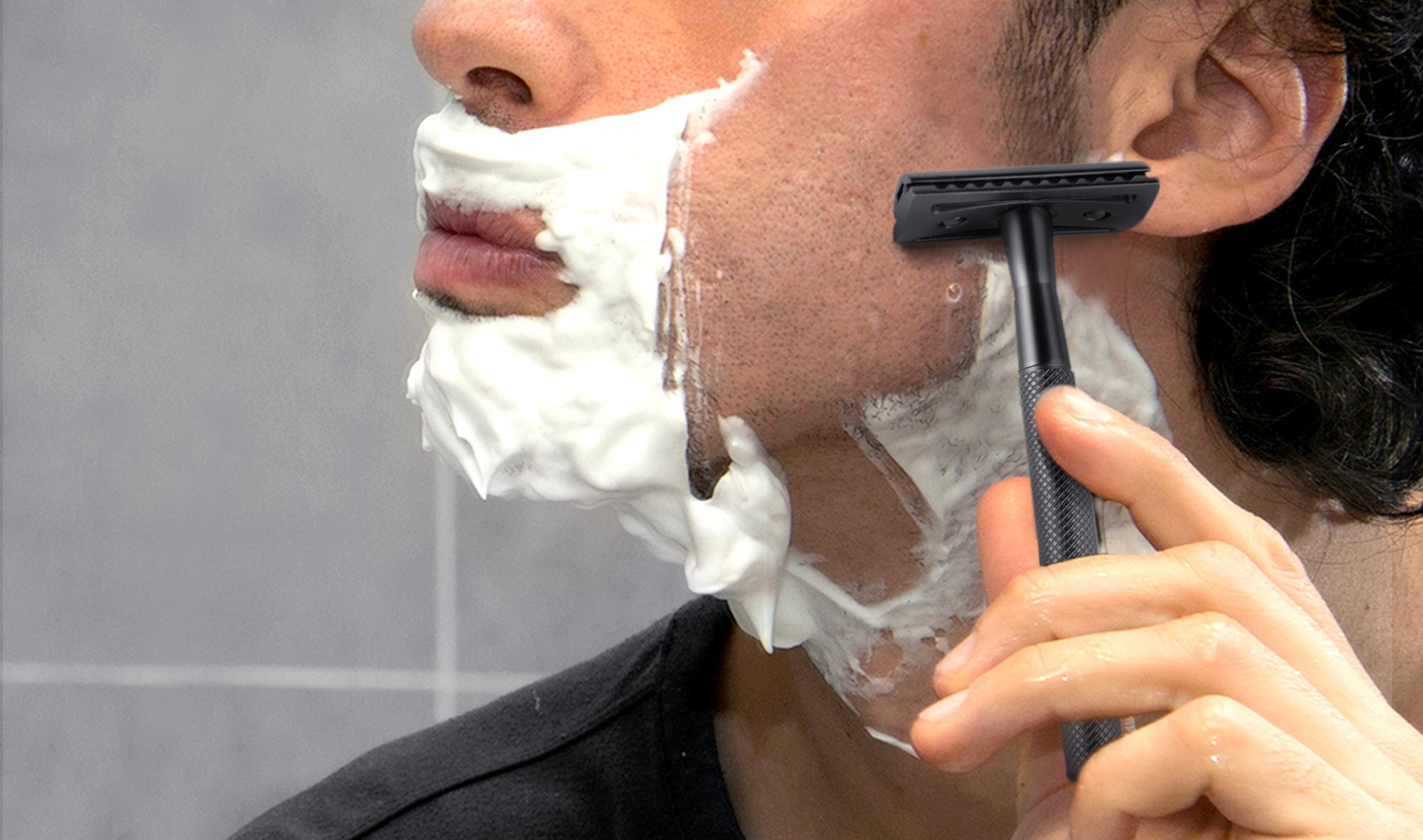
Learn how to shave with a safety razor from this beginners' guide! Here are some helpful tips that will assist you.
A FEW TIPS
THE RAZOR SHOULD BE HOLDEN AT 30°
-The blade is most effective at this angle-

USE SHORT STROKES
-Strokes should be between 1-3 cm long-

SHAVE WITH THE GRAIN
-The direction of hair growth should be followed when shaving to minimize irritation-

GENTLY APPLY PRESSURE
-Make most of the work easier by utilizing the razor's weight-

GET THE PERFECT SHAVE
I. BE AWARE OF THE DIRECTION IN WHICH HAIR GROWS
-The facial stubble generally grows downward; however, areas such as the neck and chin can sometimes grow sideways or spirally. Consider the direction of your own hair growth before shaving.
The general directions in which facial hair commonly grows:
- Chin and Cheeks: Facial hair on the chin and cheeks typically grows from top to bottom, directed towards the neck. This is the most common pattern of beard growth.
- Upper Lip: On the upper lip, facial hair commonly grows from the center and spreads out to the sides, forming a "central line" and "wings" extending on either side.
- Neck Area: In the neck area, facial hair usually grows upwards, away from the neck, towards the jawline.
- Sides of the Face: On the sides of the face, facial hair typically grows downward from the ears towards the chin.
It's important to note that individual variations in beard growth direction are common, and different areas of the face may exhibit distinct patterns. Understanding your specific beard growth directions is essential for effective grooming and maintenance. Knowing how your facial hair grows can help you achieve the best results when trimming and shaping your beard.
II. SHAVE WITH A HIGH-QUALITY CREAM OR SOAP
-A shaving cream or soap helps reduce the friction on the razor, as well as softens the stubble for a smoother shave. A good lather ensures a more comfortable shave with less irritation and redness.
It is worth noting that shaving cream and shaving soap are two different types of shaving products, each with distinct characteristics and suitable for different preferences and needs.
Shaving Cream:
- Texture: Shaving cream typically has a light and creamy texture, making it easy to spread evenly on the face.
- Usage: Shaving cream is often available in aerosol cans or squeeze tubes. You simply dispense the desired amount of shaving cream, apply it to your face, and then use a razor for shaving.
- Suitable for: Shaving cream is suitable for individuals who prefer a quick and convenient shaving experience, especially those who value speed and simplicity in their shaving routine.
Shaving Soap:
- Texture: Shaving soap is usually a solid or semi-solid product that requires the use of a brush to create a lather before application.
- Usage: Using shaving soap involves the use of a wet shaving brush to whip up a rich lather. The lather is then applied to the face before shaving with a razor.
- Suitable for: Shaving soap is favored by those who appreciate a traditional and ritualistic shaving experience. It is a choice for individuals who enjoy taking their time and mastering the art of wet shaving. Shaving soap is particularly popular among shaving enthusiasts and those who embrace traditional shaving practices.
In summary, the choice between shaving cream and shaving soap largely depends on personal preferences and the desired shaving experience. Shaving cream is ideal for those seeking a quick and easy shave, while shaving soap caters to those who enjoy the traditional and ceremonious aspects of shaving.
III. THE RAZOR SHOULD BE HOLDEN AT 30°
-A safety razor has a built-in safety mechanism to prevent accidental cuts and nicks. By protruding past the blade's edge, the razor head prevents the blade from making direct contact with the skin.
To broaden the understanding of Zomchi Safety Razors and their built-in safety features, it's important to highlight how these elements contribute to a safer and more comfortable shaving experience:
- Head Design: Zomchi Safety Razors are ingeniously designed with a two-part head. One part remains fixed, while the other is movable, commonly referred to as the "blade holder." This movable section allows users to easily insert, replace, and secure razor blades. The blade holder is designed with a spiral mechanism to securely hold the blade in place. This design minimizes the risk of direct contact between the blade and the skin, reducing the potential for nicks and cuts.
- Protective Guard: Zomchi Safety Razors feature a protective guard, which consists of horizontal bars positioned across the head. The guard serves to create a barrier between the skin and the blade. This added layer of protection significantly reduces the likelihood of skin irritation or injuries during the shaving process.
- Double-Edged Blades: Zomchi Safety Razors utilize double-edged razor blades. These blades are renowned for their sharpness and precision. However, since the blade's edge is only exposed on one side when inserted into the head, the risk of direct skin contact is minimized. This design ensures a smoother and safer shave.Zomchi provides 50/100 pcs of blades, which can be used for 2-3 years. For more detailed information, check here
- Angle Control: Achieving the correct shaving angle is crucial for a safe and effective shave with a Zomchi Safety Razor. Users are encouraged to master the art of finding the optimal angle, ensuring that the blade makes contact with the skin without being too perpendicular. The protective bar on the razor is angled away from the skin when held at about a 30° angle, exposing the blade to the stubble and making the razor more effective. Getting used to maintaining the proper angle while shaving is one of the biggest learning curves when using a safety razor.This technique minimizes the potential for nicks and cuts, making the shaving process comfortable and secure.
Incorporating these safety features into the design of Zomchi Safety Razors allows for a shaving experience that combines precision and protection. Users can confidently enjoy a close shave while minimizing the risks associated with traditional razors. Zomchi Safety Razors provide an ideal balance between effectiveness and safety for a consistently smooth and comfortable shaving experience.
IV. USE SHORT STROKES
-When shaving, use short strokes of around 1-3cm in length rather than long, sweeping strokes. By following this method, you'll prevent nicks and cuts, as well as prevent tugging of the hairs and clogging of your razor.
Using short strokes of approximately 1-3 centimeters with a safety razor is recommended for several reasons:
- Reduced Risk of Cuts: Short strokes help minimize the risk of accidental cuts and nicks. Safety razor blades are typically quite sharp, and longer strokes may increase the likelihood of unintended injuries. Short strokes allow for better control over the razor's contact with the skin, reducing the chances of unnecessary harm.
- Even Shaving: Short strokes enable a more even shaving experience. This approach helps distribute blade pressure evenly across the skin, reducing the risk of irritation and overstimulation. It contributes to achieving a smoother and more consistent shaving result.
- Precision Control: Short strokes provide better precision and control. They allow you to adjust the angle and pressure of the razor blade to accommodate the contours of different facial areas. This means you can adapt to the shapes of your neck, chin, and cheeks for a more effective shaving experience.
- Reduced Discomfort: Long, thorough strokes may lead to overstimulated and uncomfortable skin. Using short strokes gives you better control over the comfort level of your shave, reducing skin sensitivity and discomfort.
In summary, employing short strokes with a safety razor is recommended to minimize the risk of cuts, ensure even shaving, maintain precision control, and reduce discomfort. This approach enhances the overall safety and effectiveness of your shaving routine.
V. SAVE YOURSELF TIME AND ENERGY WITH THE RAZOR
-As a result of safety razor blades' sharpness, cutting through stubble is easy and requires no effort. It is important to let the razor's weight do most of the work when using a safety razor, and only use gentle pressure when keeping the razor head against your skin.
VI. SHAVE YOUR HAIR IN THE DIRECTION OF GROWTH
-The most common cause of irritation from shaving is shaving against the grain. This happens for several primary reasons:
- Hair Growth Direction: The direction in which facial hair naturally grows varies from person to person. Typically, facial hair tends to grow downward or in a specific direction, following the natural grain of the face. Shaving against this direction means the razor encounters more resistance as it cuts against the grain, increasing the risk of skin irritation.
- Skin Contact: Shaving against the grain leads to the razor coming into direct contact with the skin's surface, as it is no longer shielded by the hair. This increased skin contact can result in abrasions, friction, and more direct interaction with the razor blade, which may lead to discomfort and skin irritation.
- Follicular Irritation: Shaving against the direction of hair growth can irritate the hair follicles. This irritation can cause hair follicles to become damaged or inflamed, resulting in redness, itching, and discomfort.
To minimize the risk of irritation, it is recommended to shave in the direction of hair growth, as this reduces friction, cuts, and direct contact with the skin, providing a more comfortable and less irritating shaving experience.
VII.A RAZOR THAT BEGINS TO CLOG SHOULD BE FLIPPED OVER, THEN WASHED THOROUGHLY
-Having two sides to a double edge safety razor is one of its advantages. By flipping over the razor and using a fresh blade, you won't have to rinse your razor under the faucet as often while shaving.
VIII. A SECOND PASS WILL ENSURE A CLEANER SHAVE
-To get an even closer shave, some people like to do a second pass after shaving in the direction of hair growth. In the second pass, lather should be applied across the direction of hair growth.
Don't know which safety razor is right for you and in search of a safety razor designed? Click the button below to explore the perfect razor for your needs.
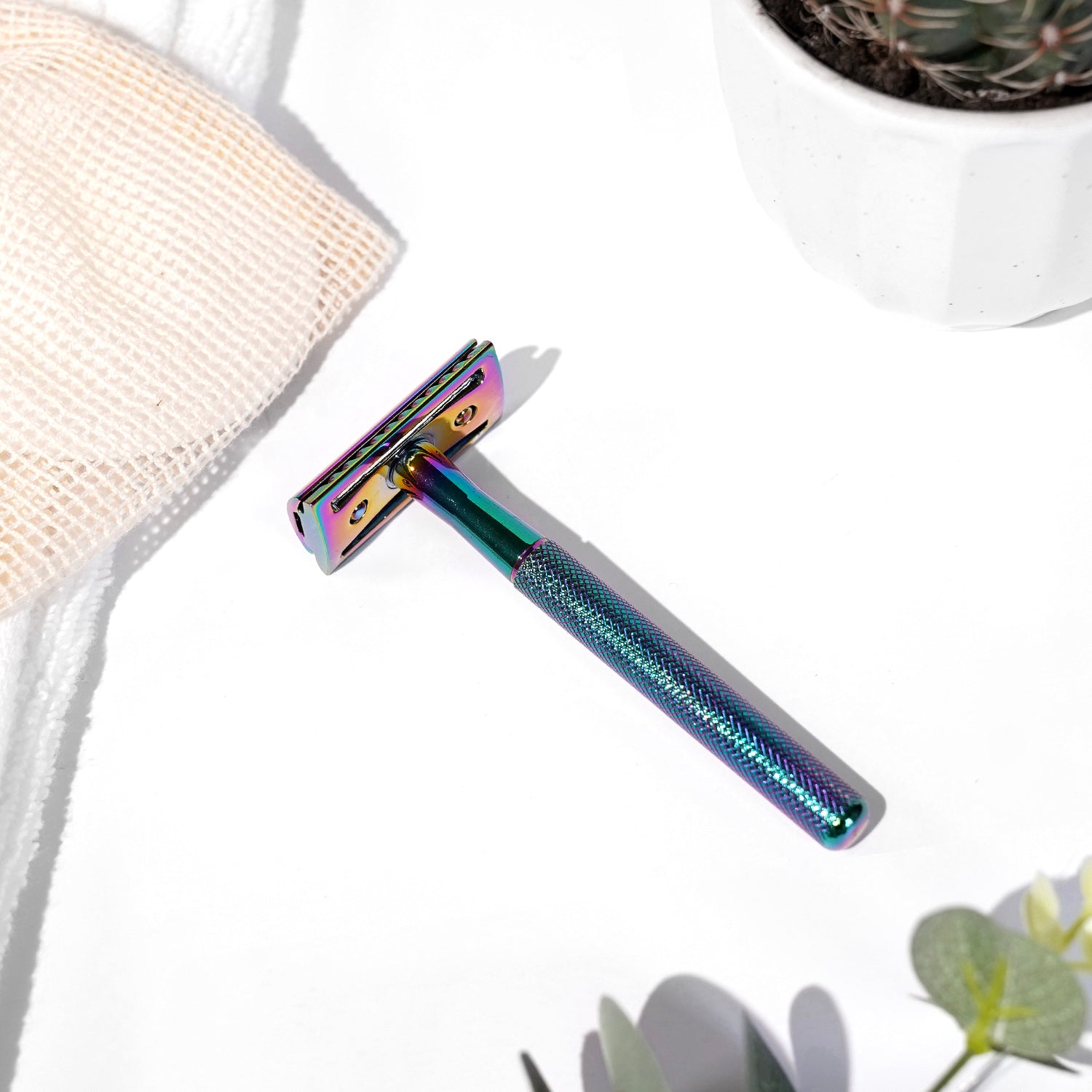
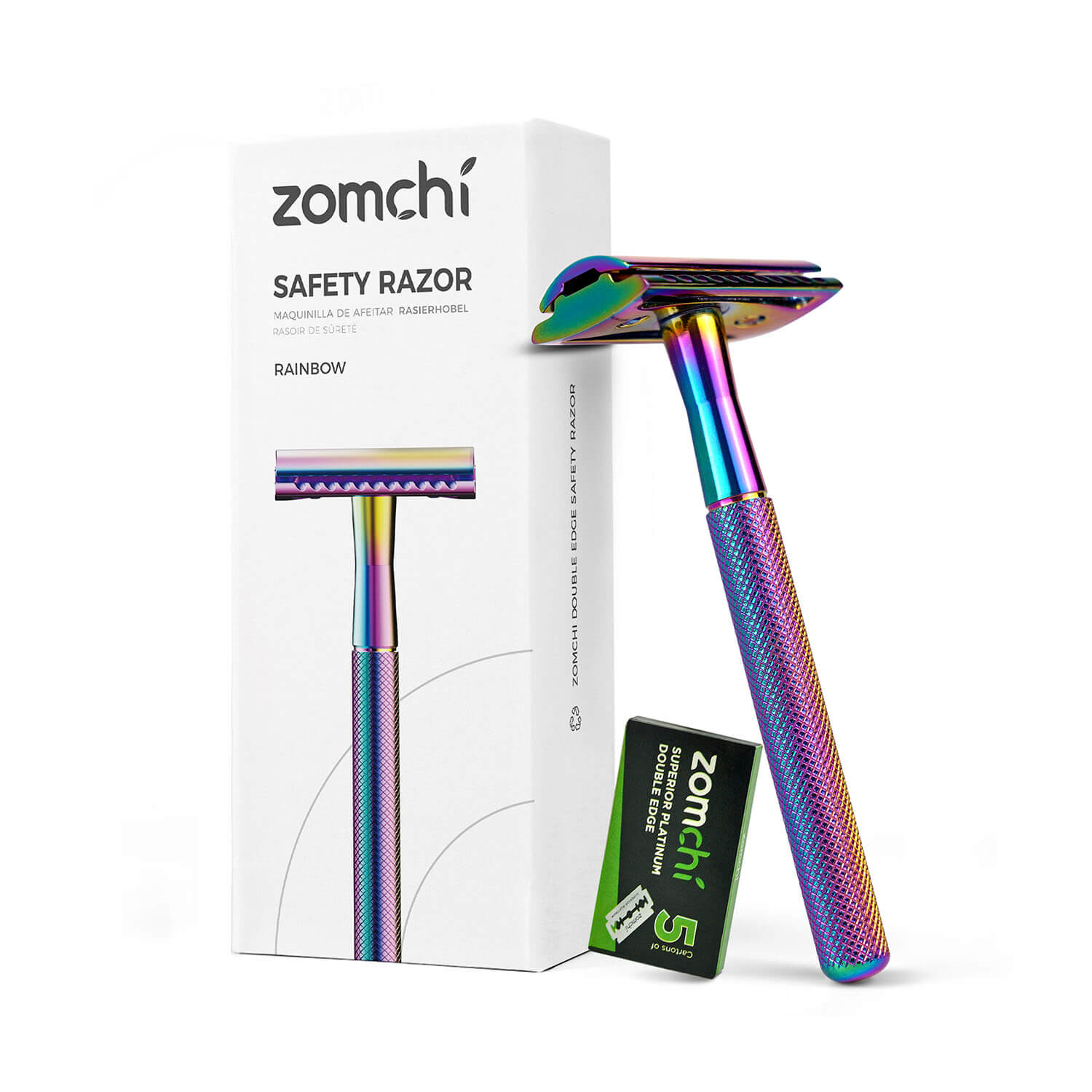
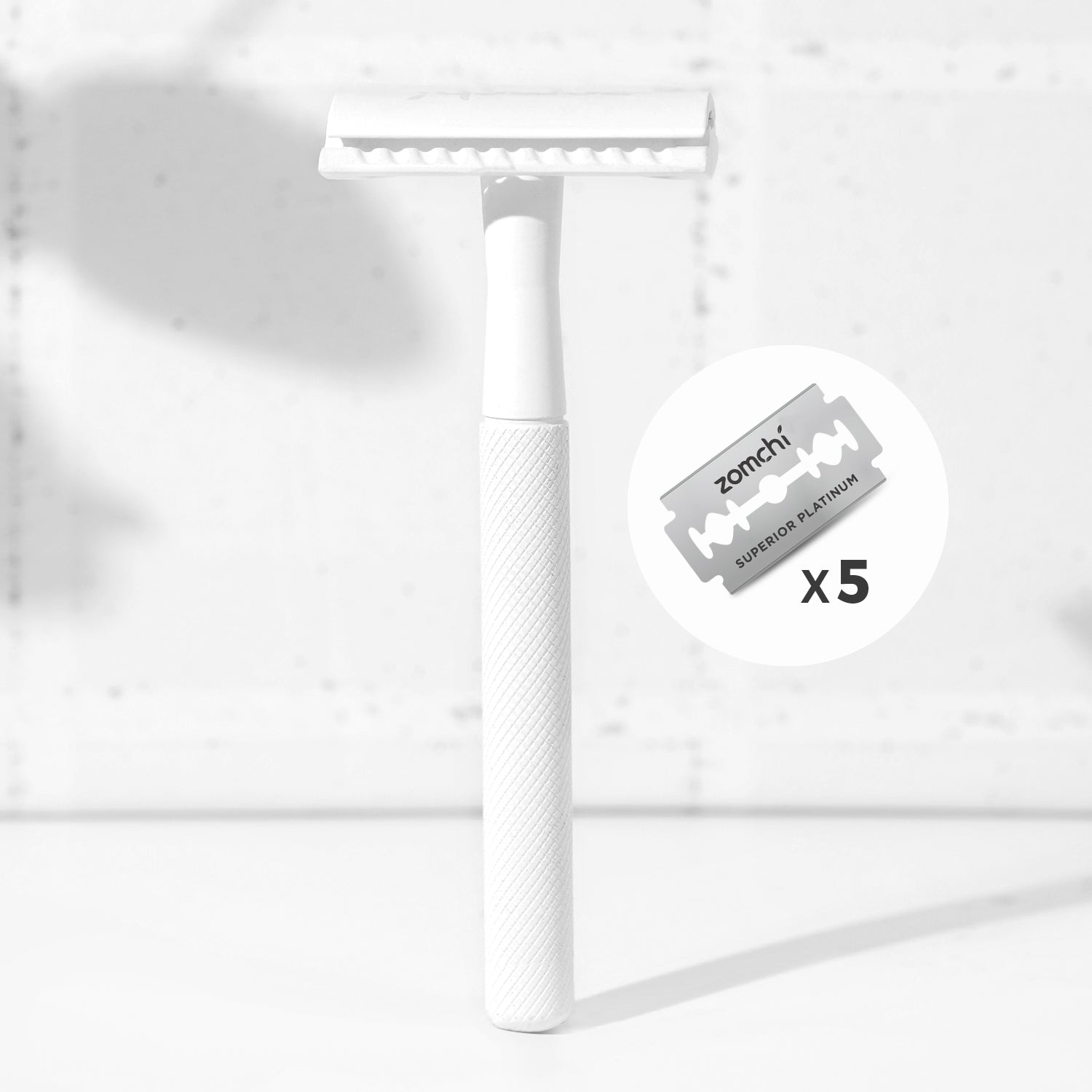
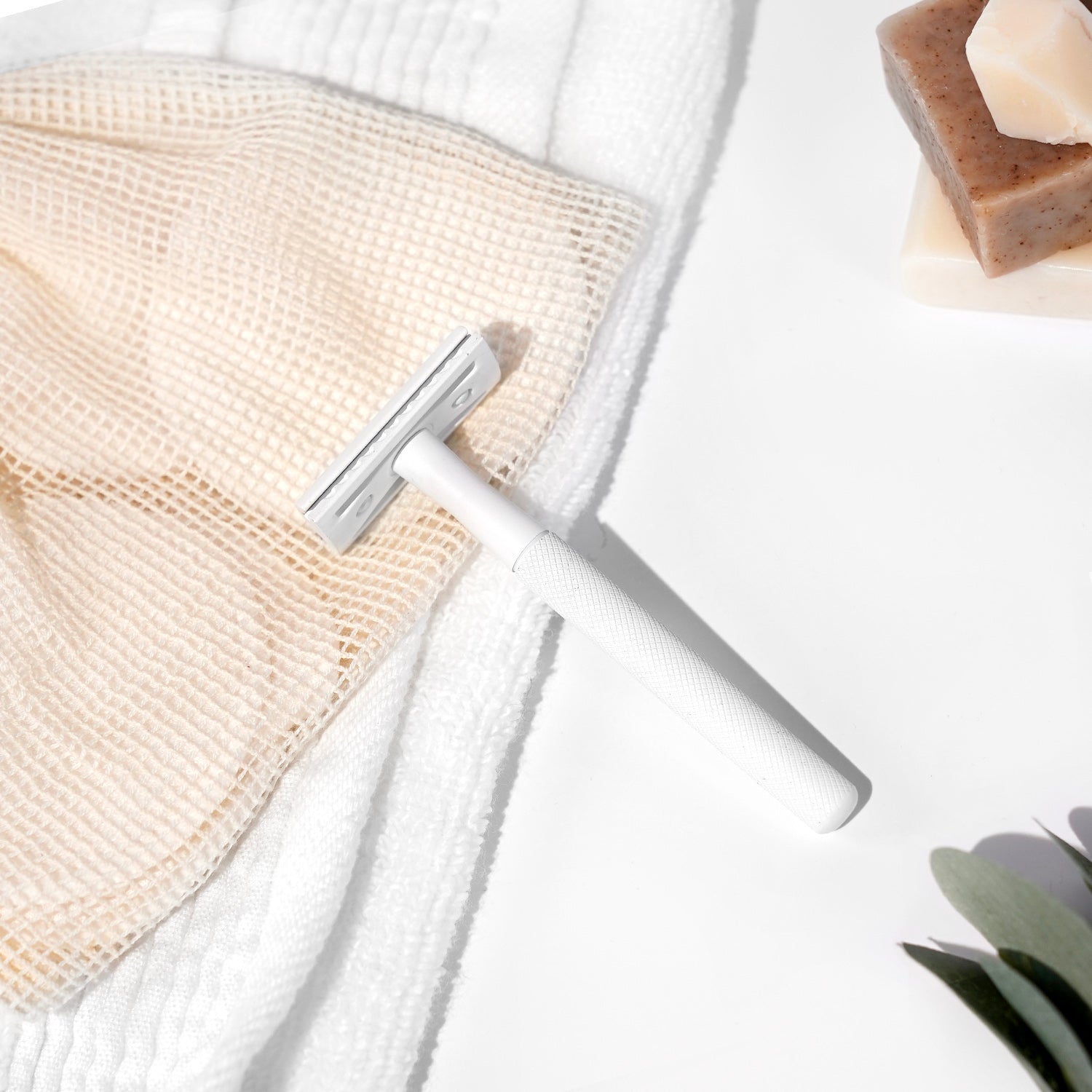
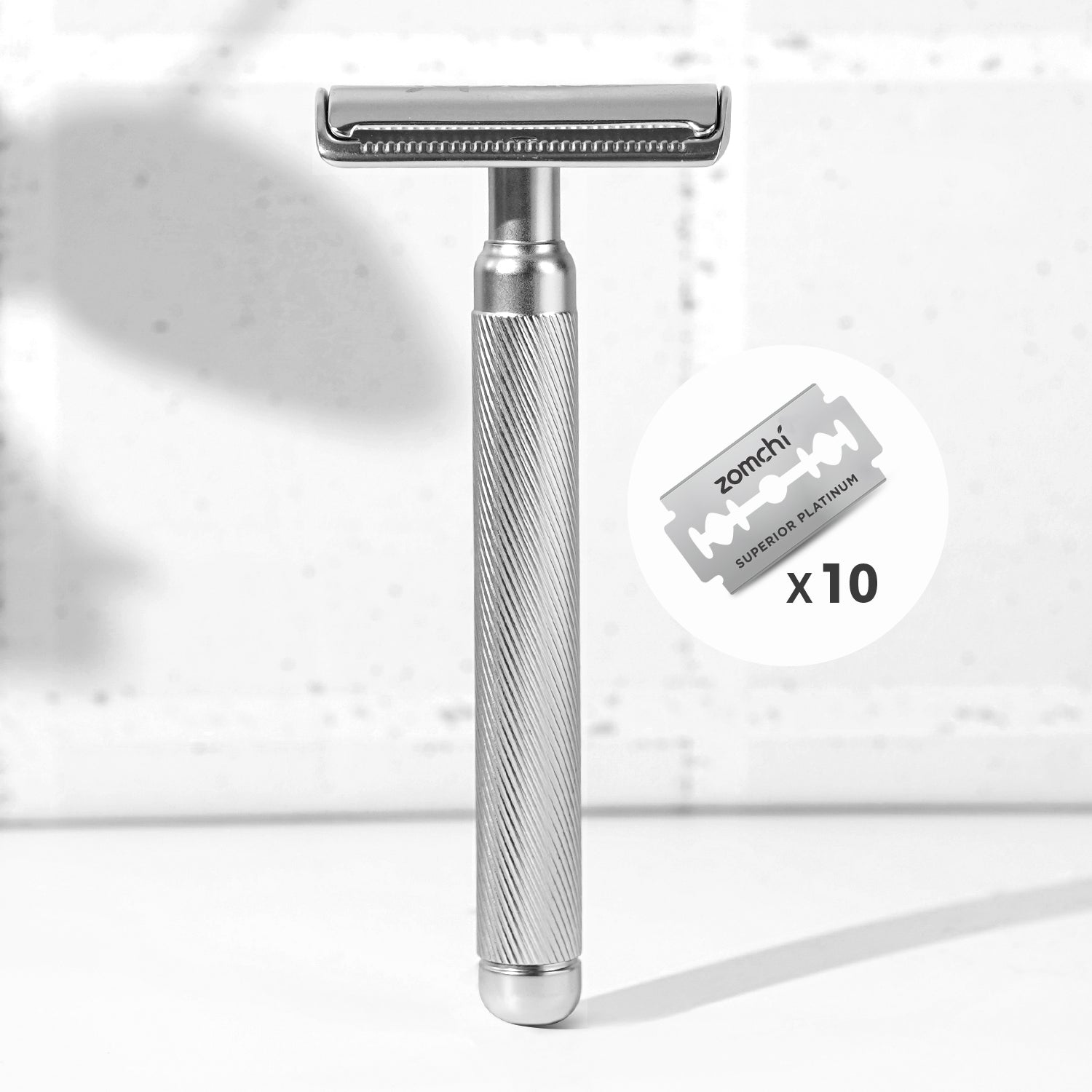
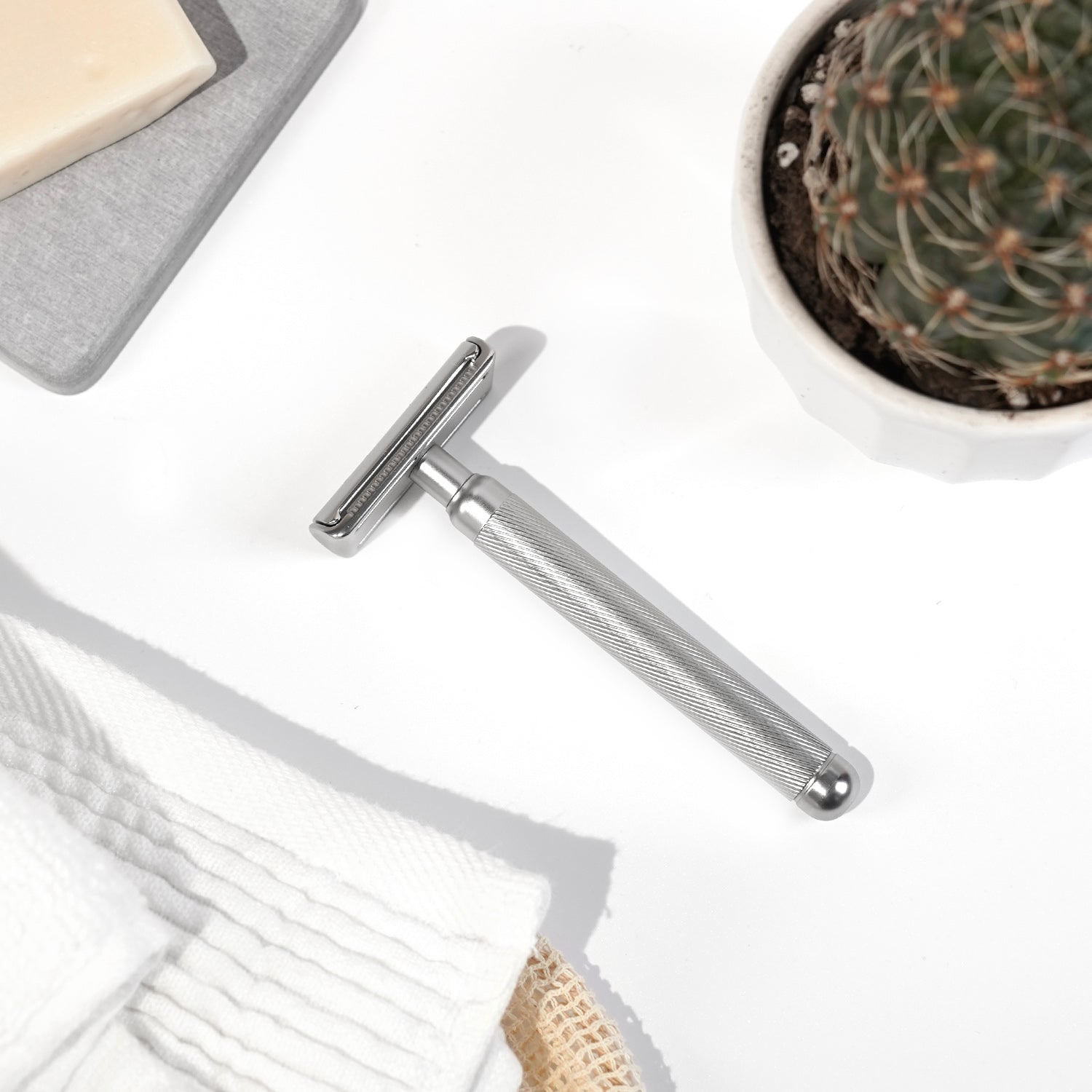
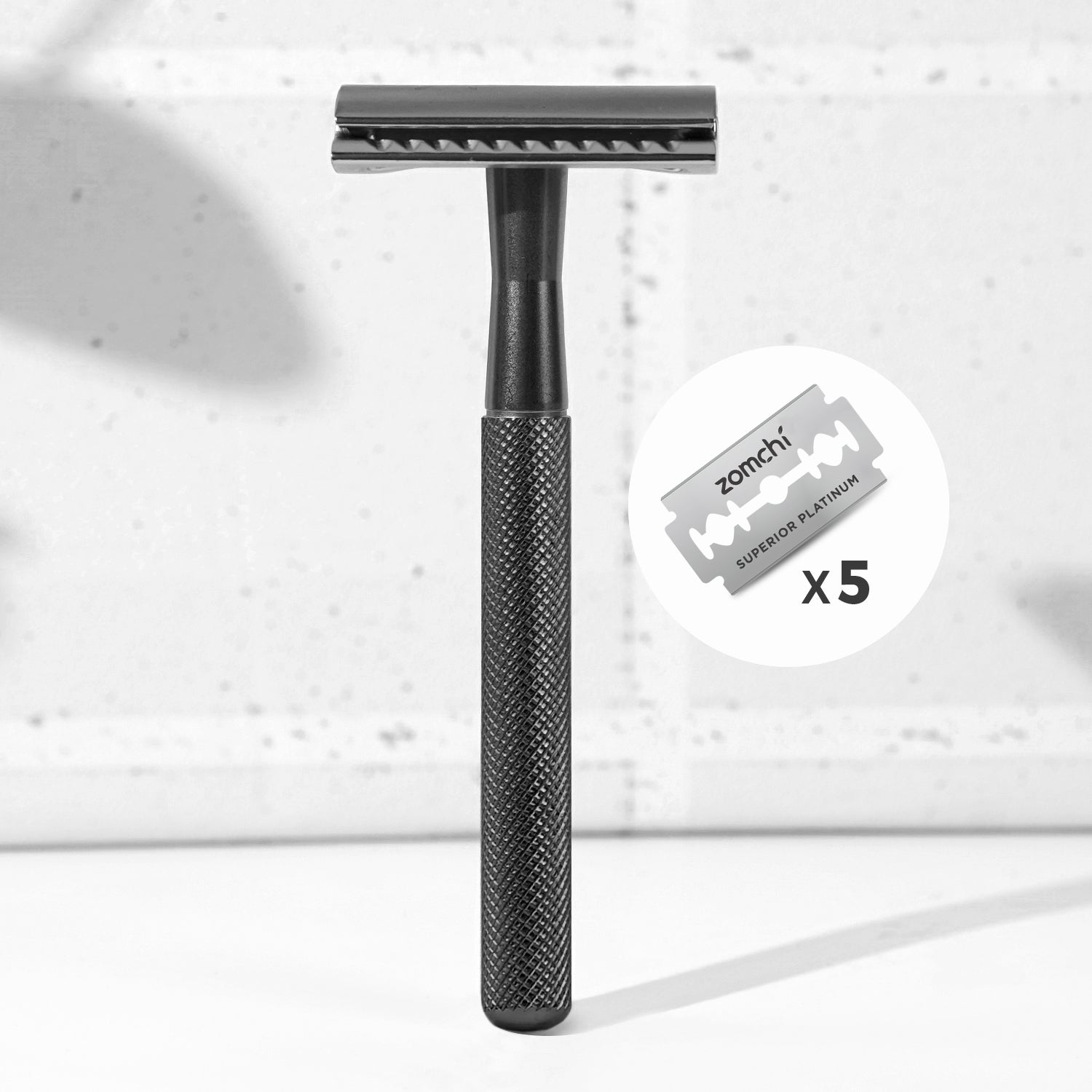
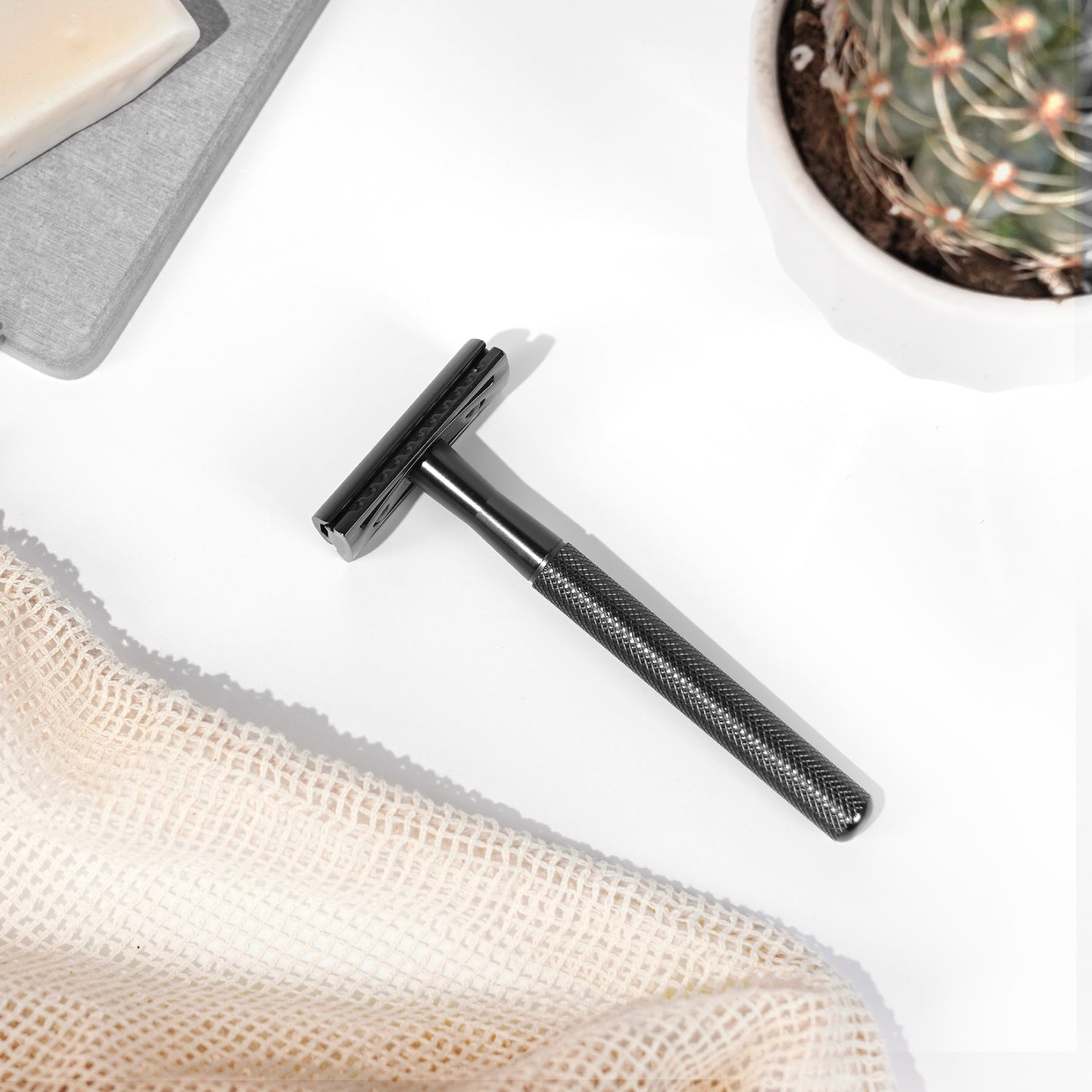
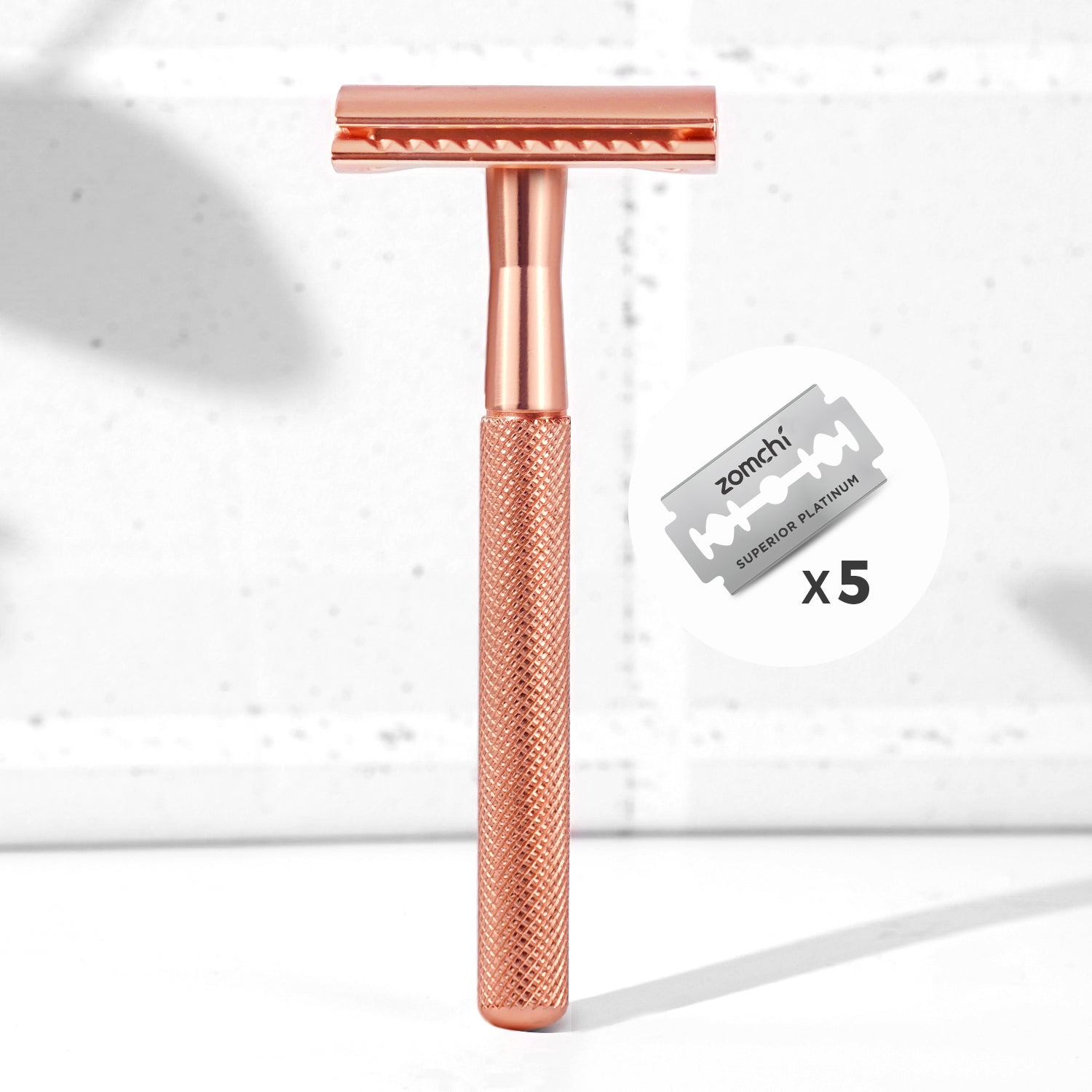
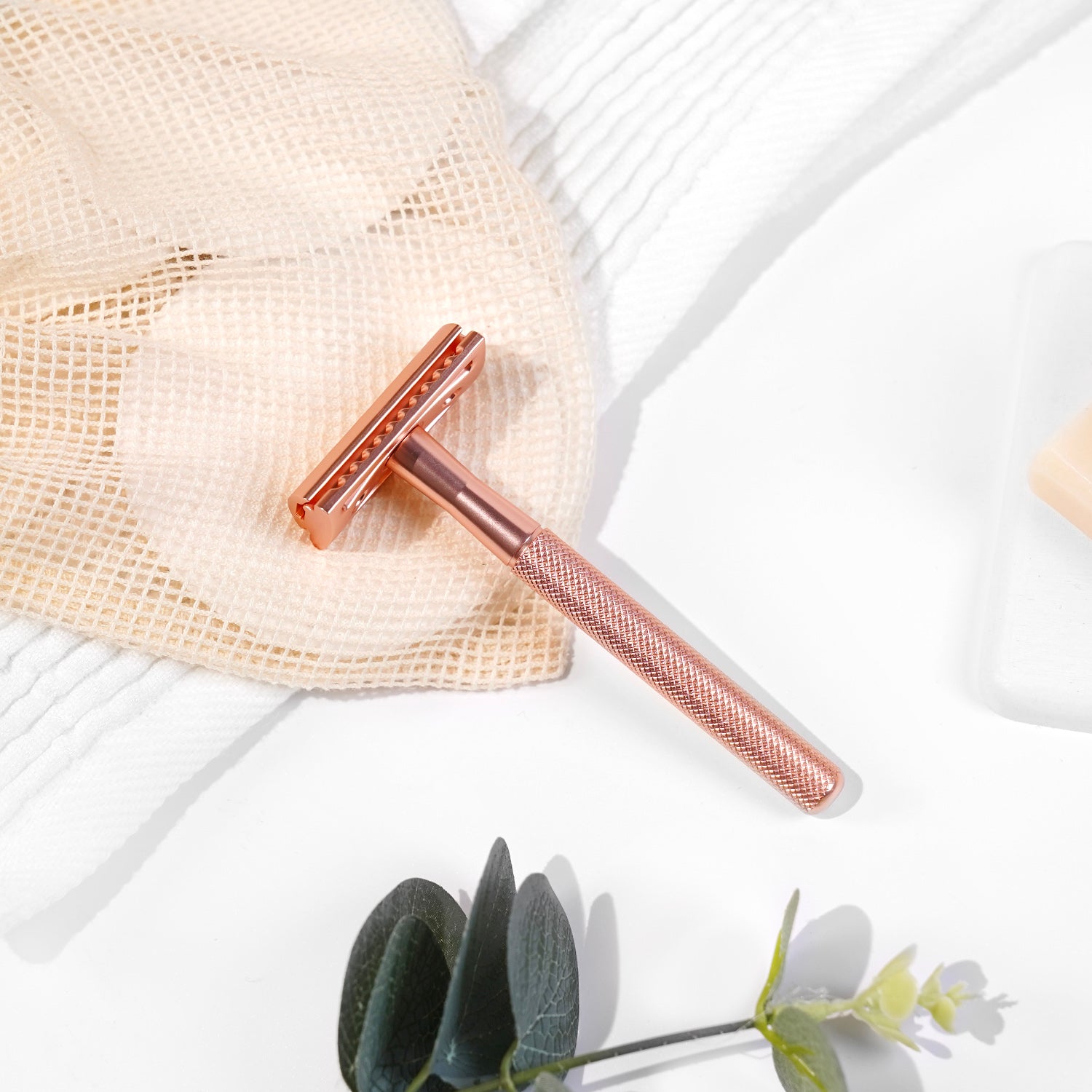
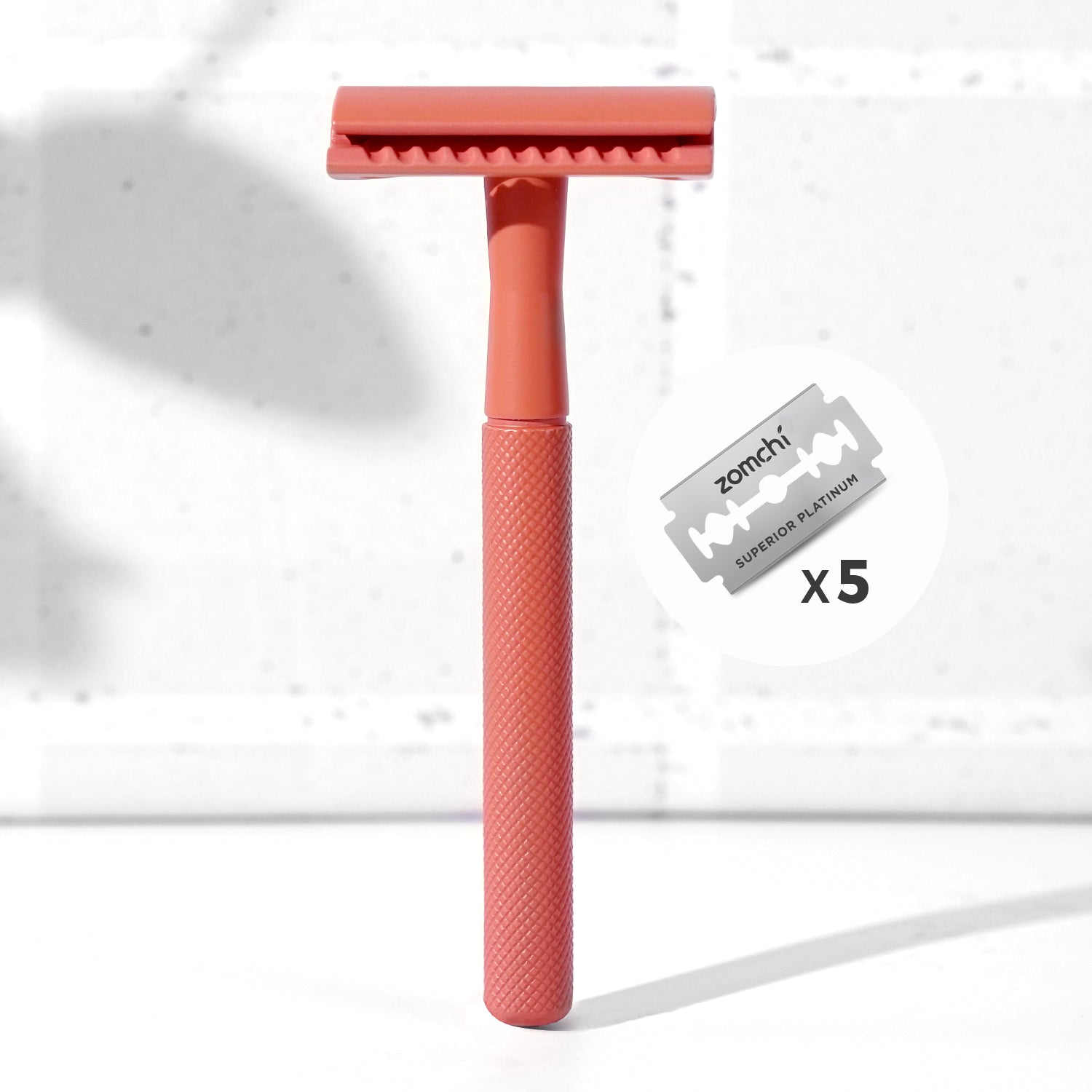
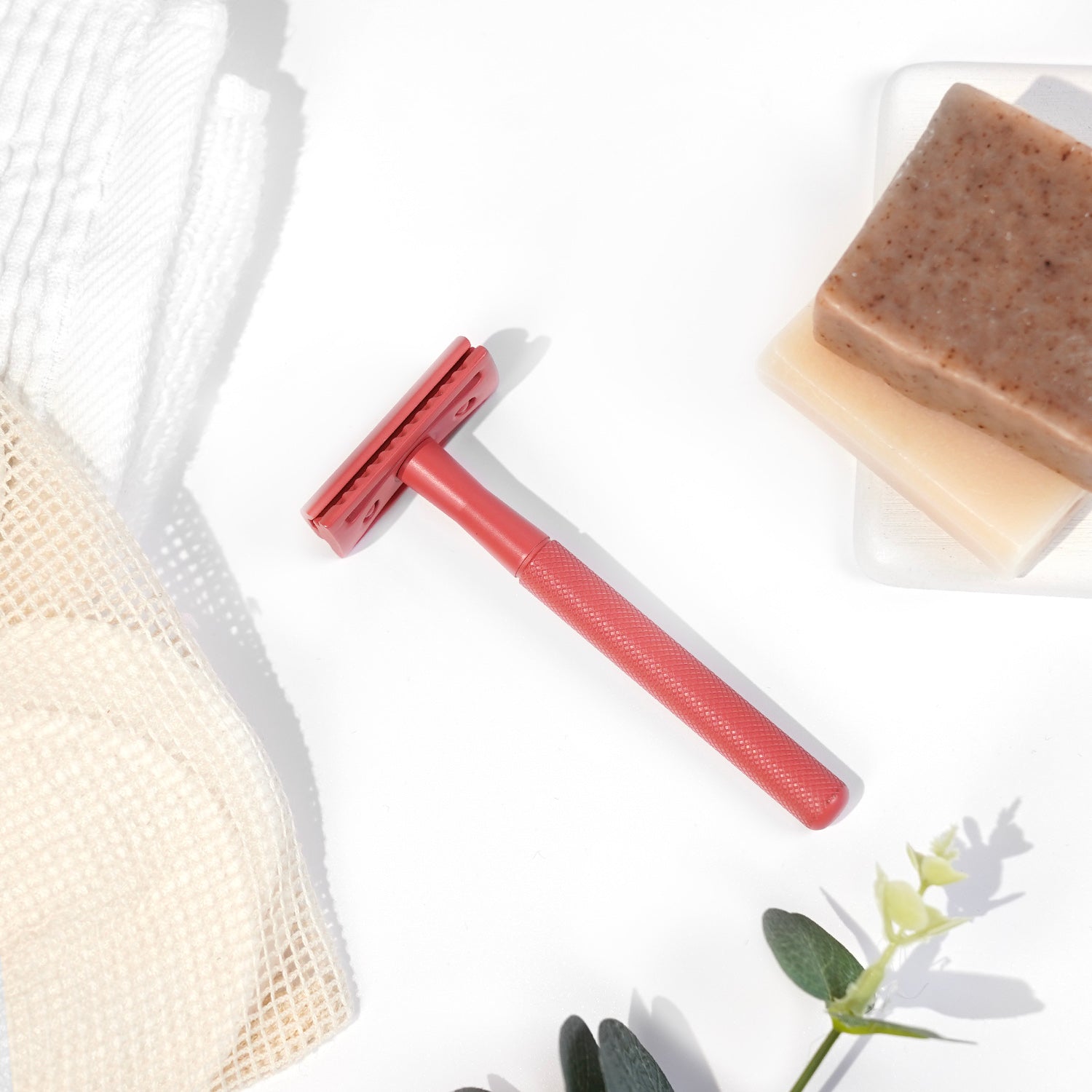
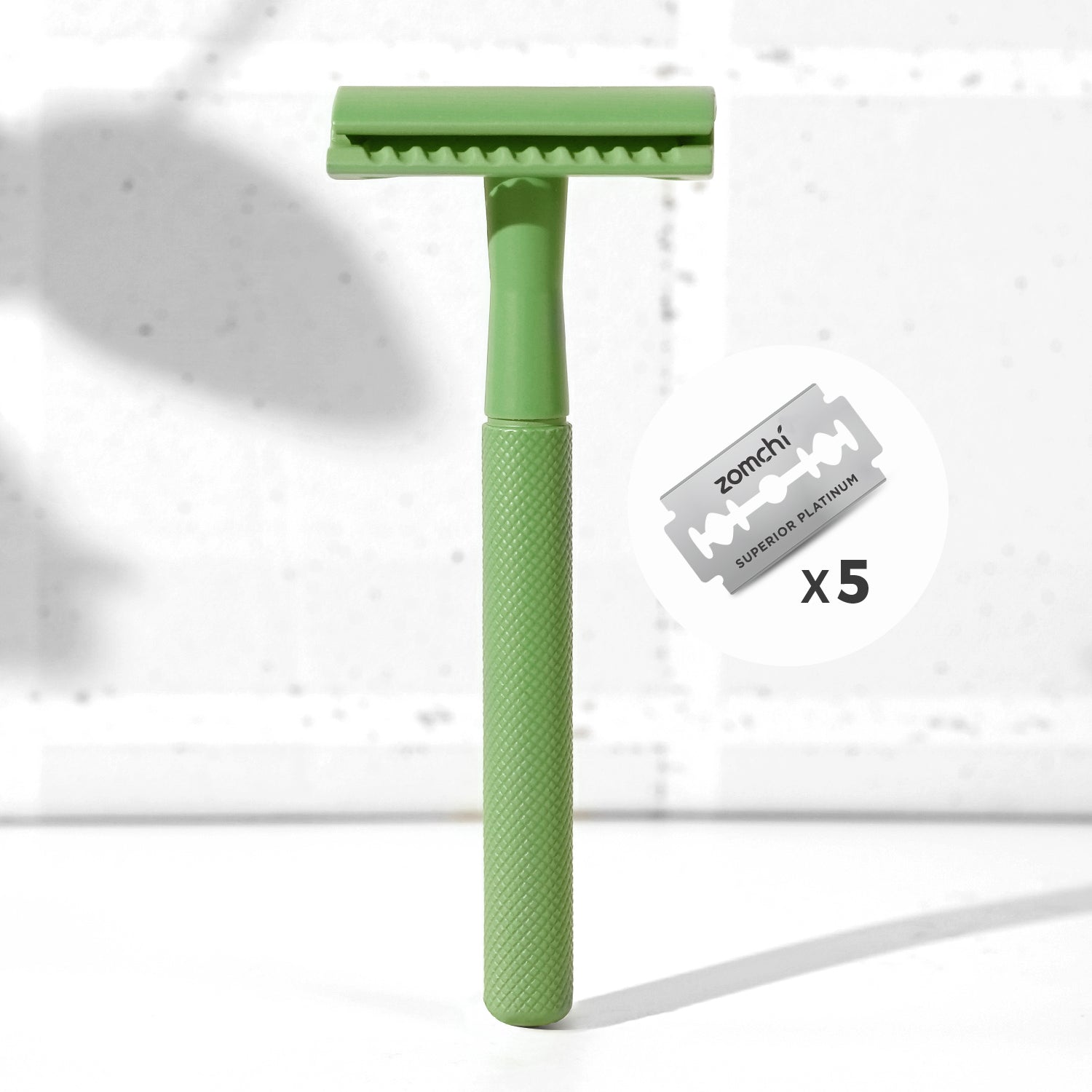
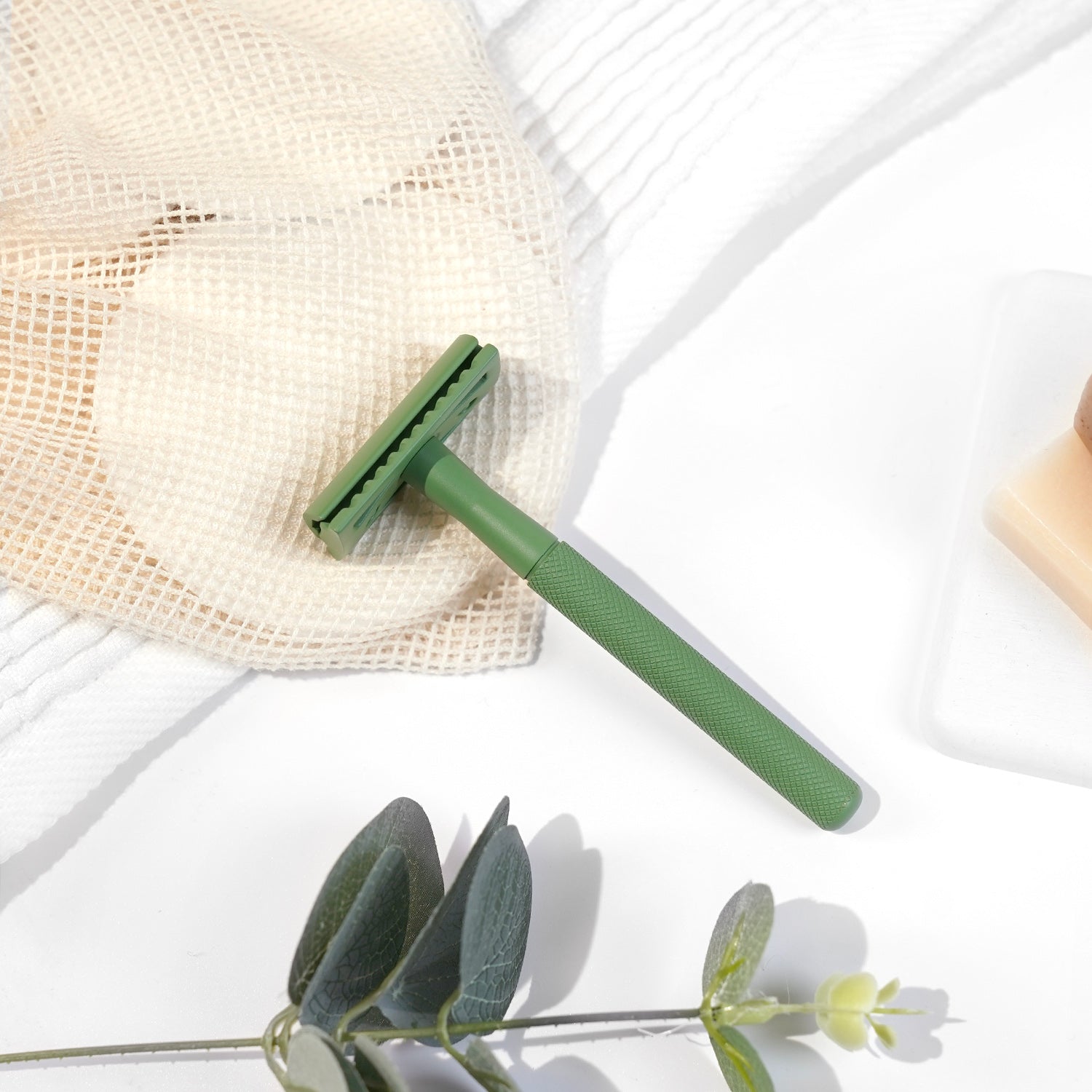
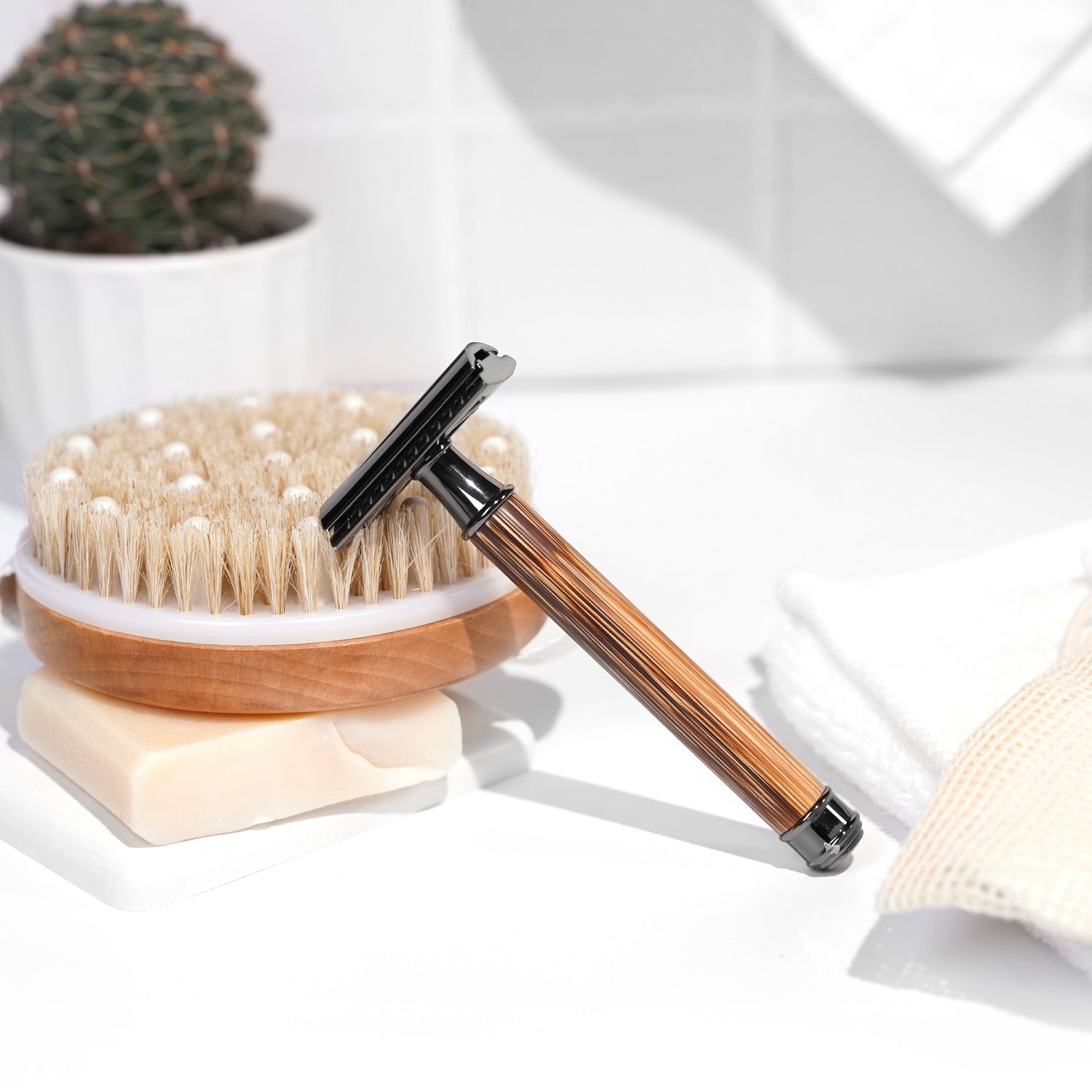
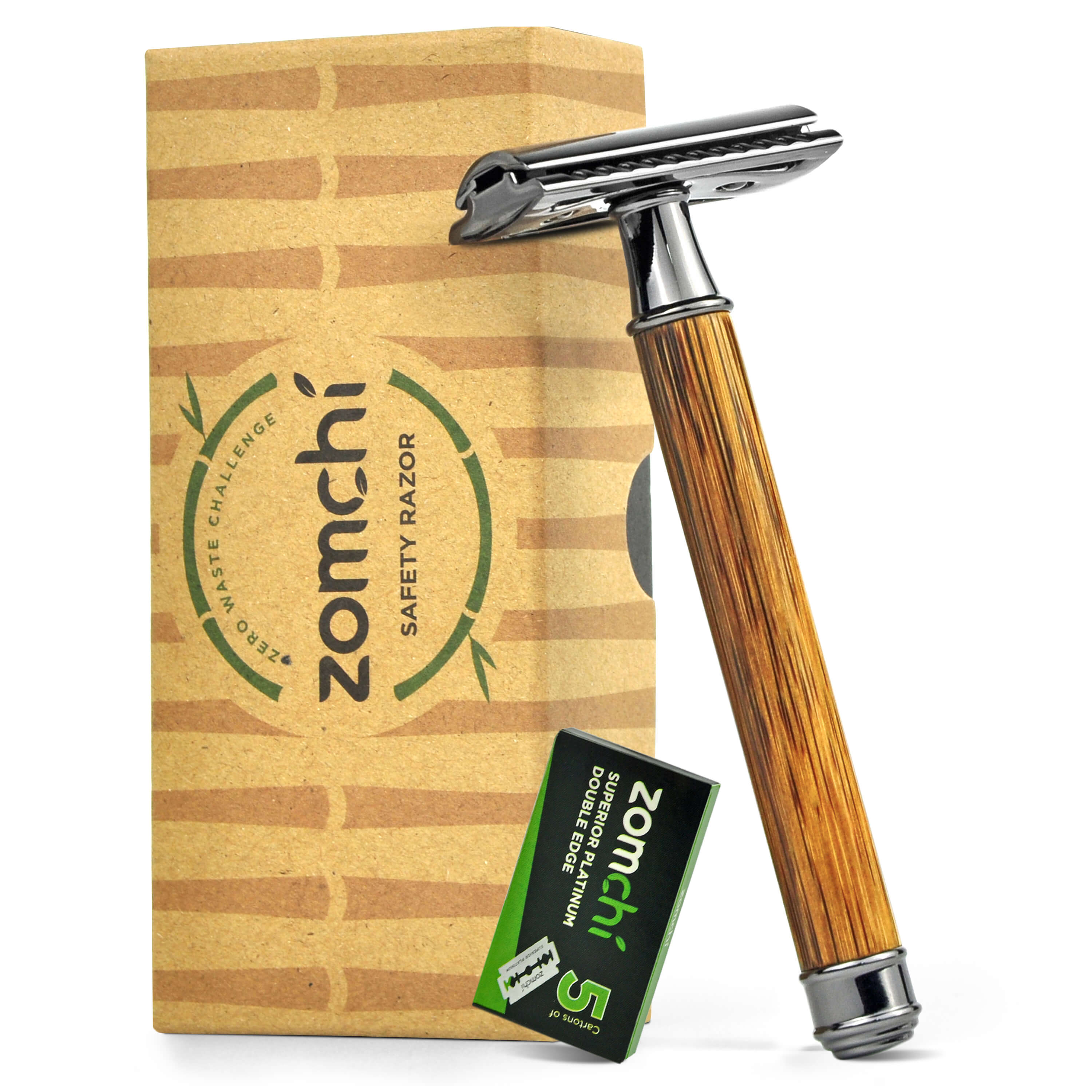
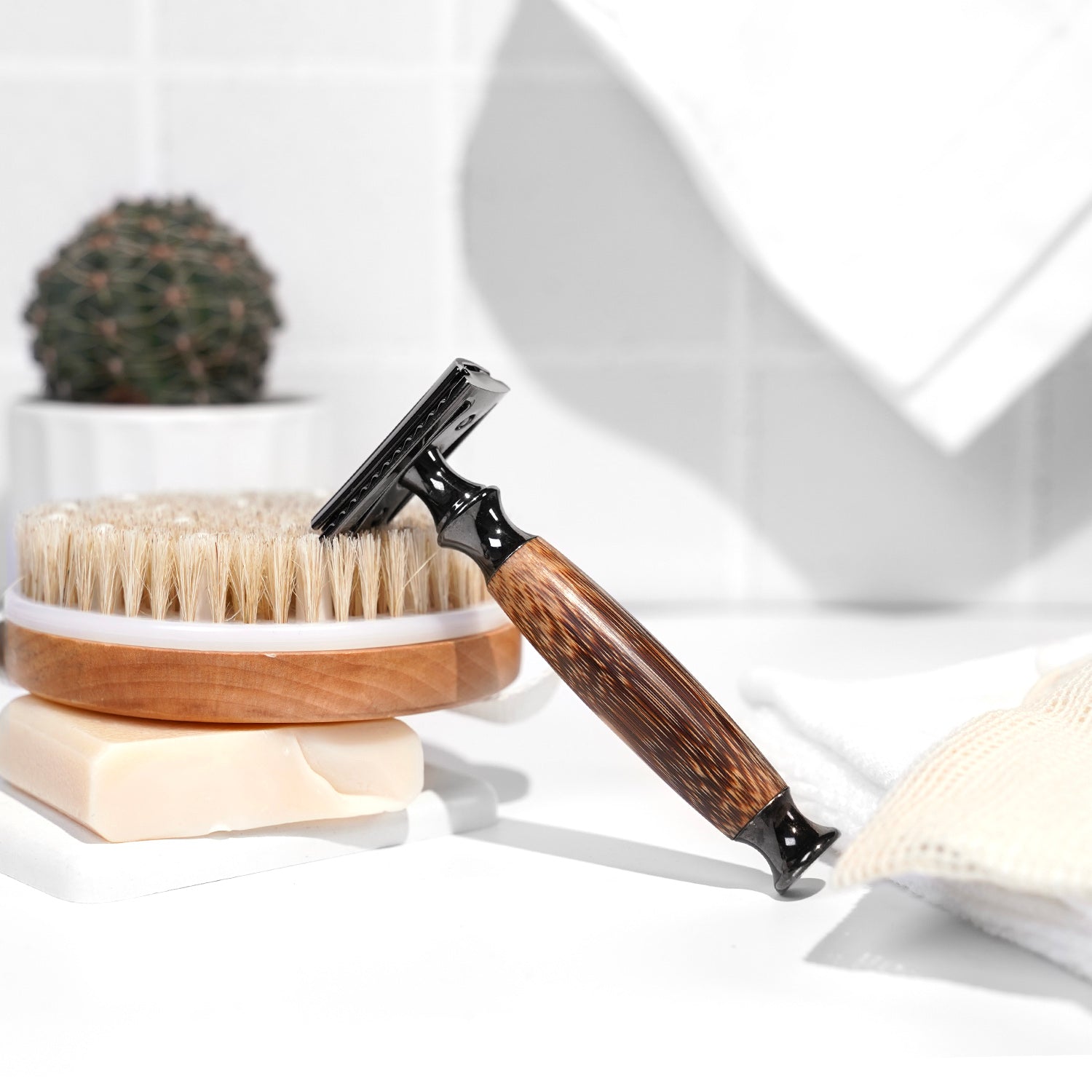
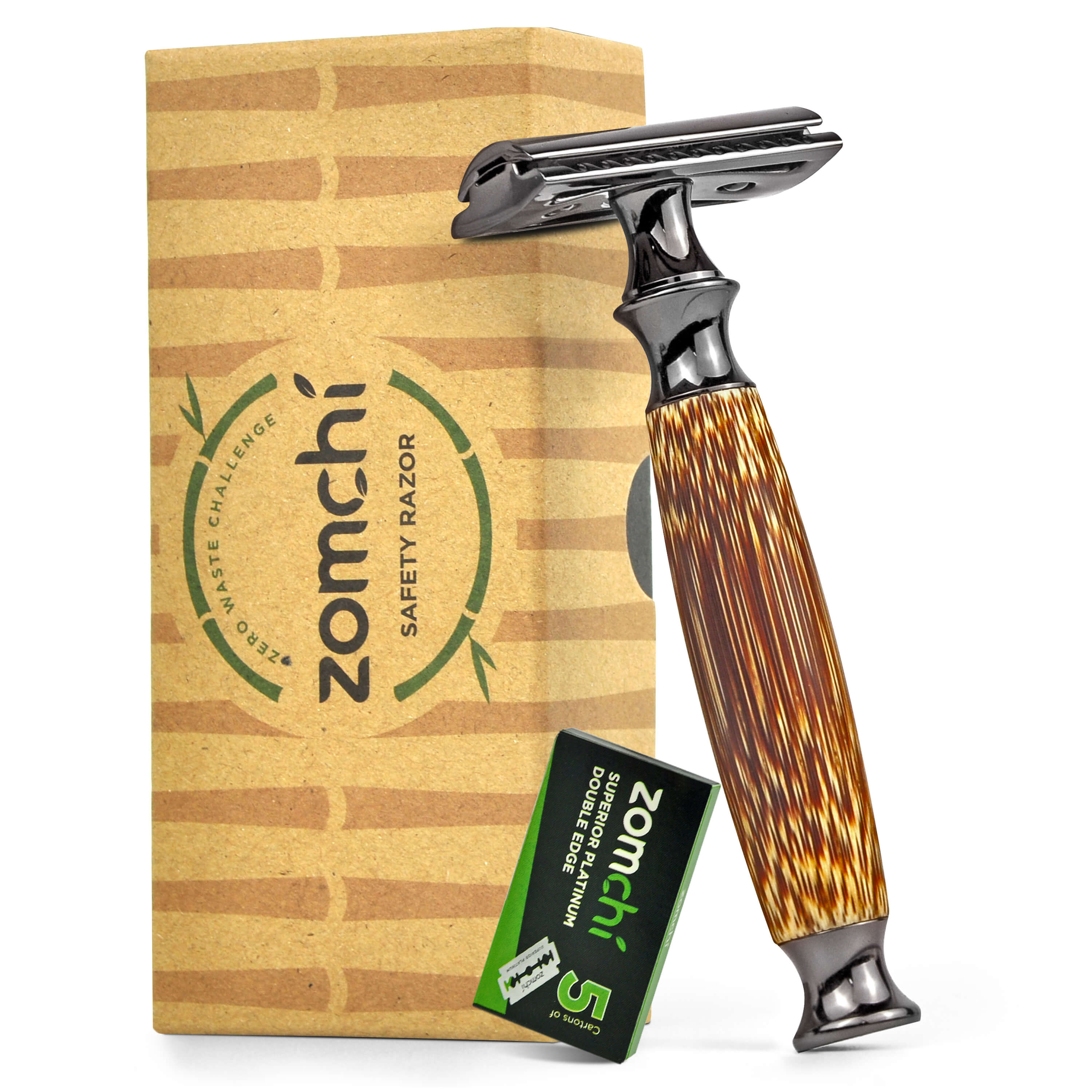
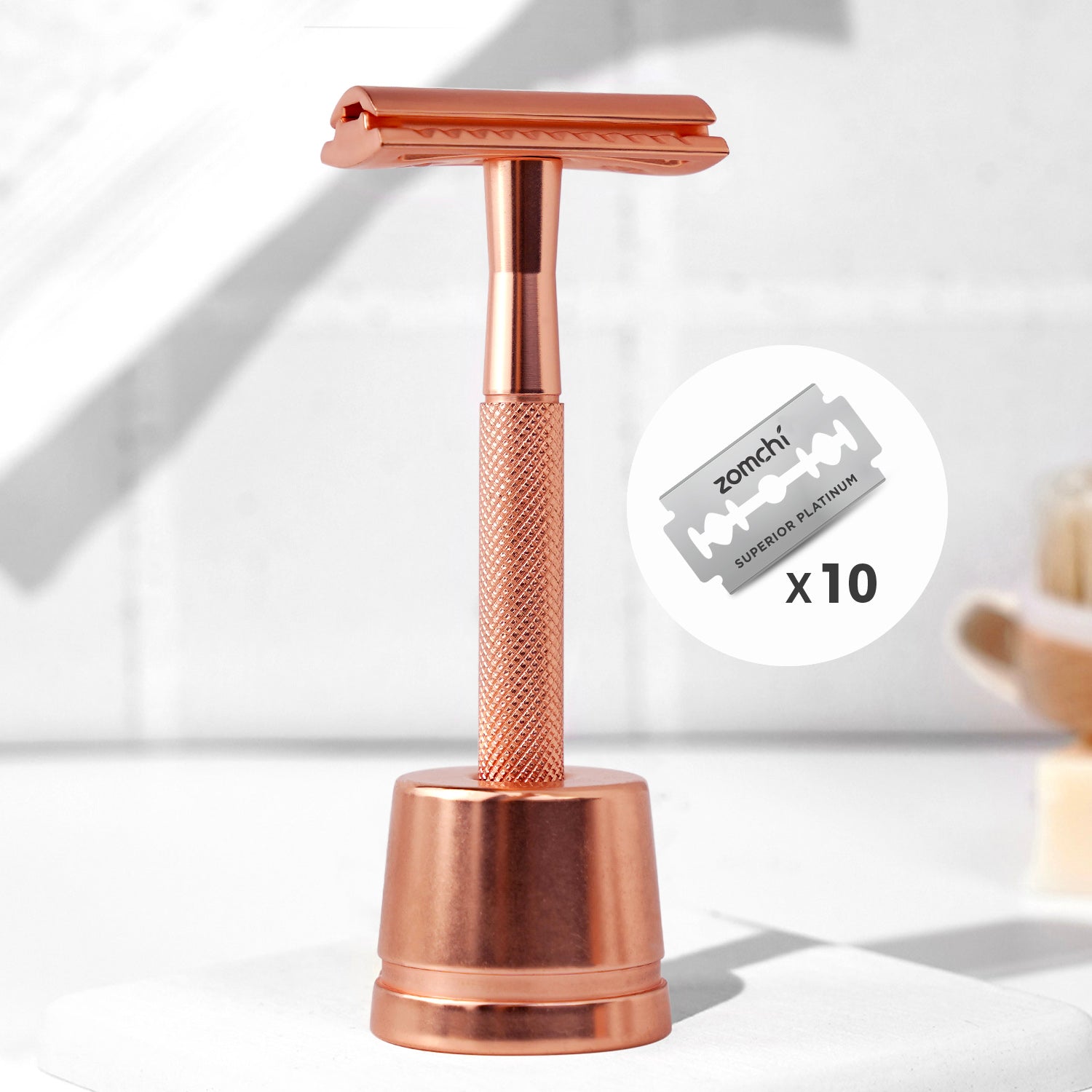
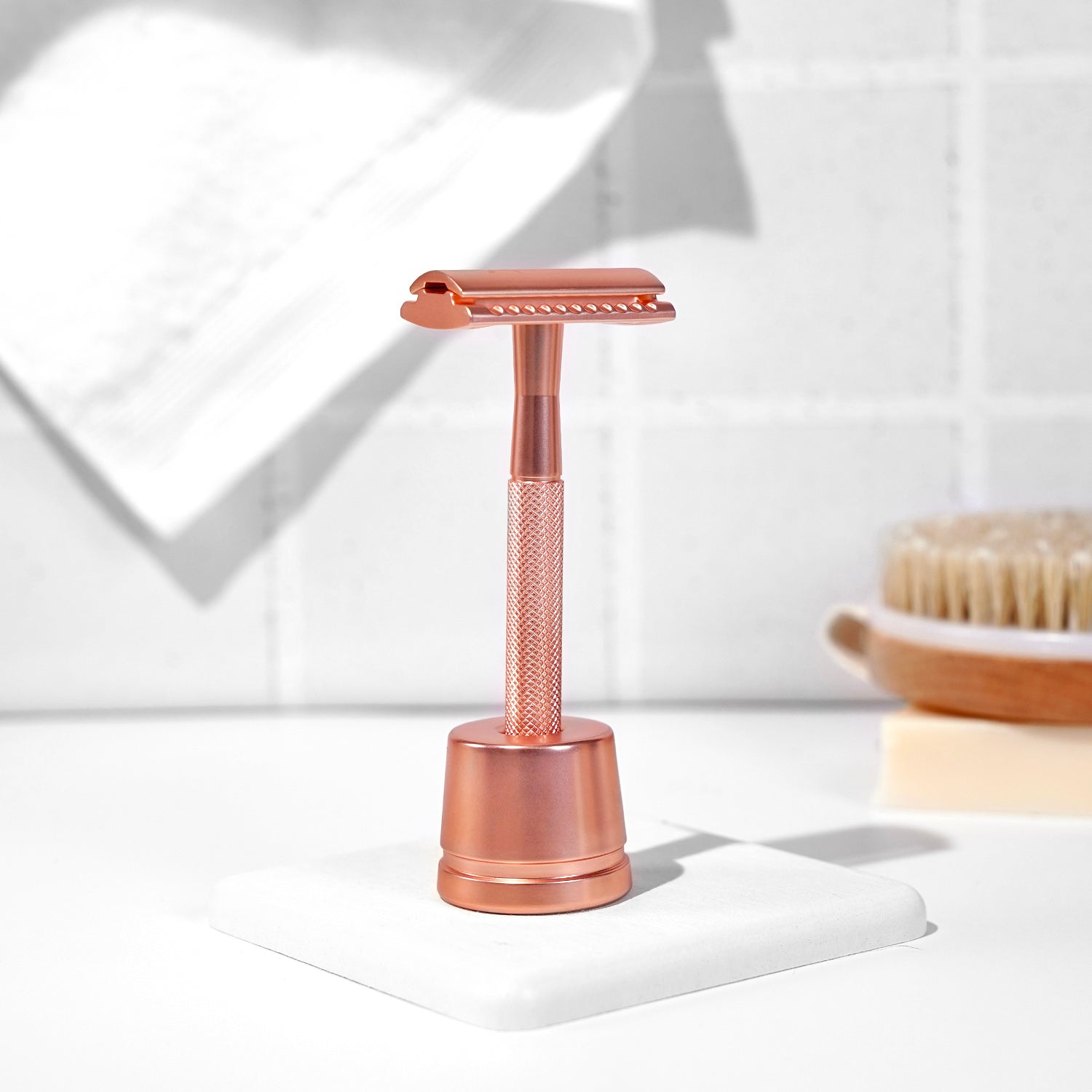
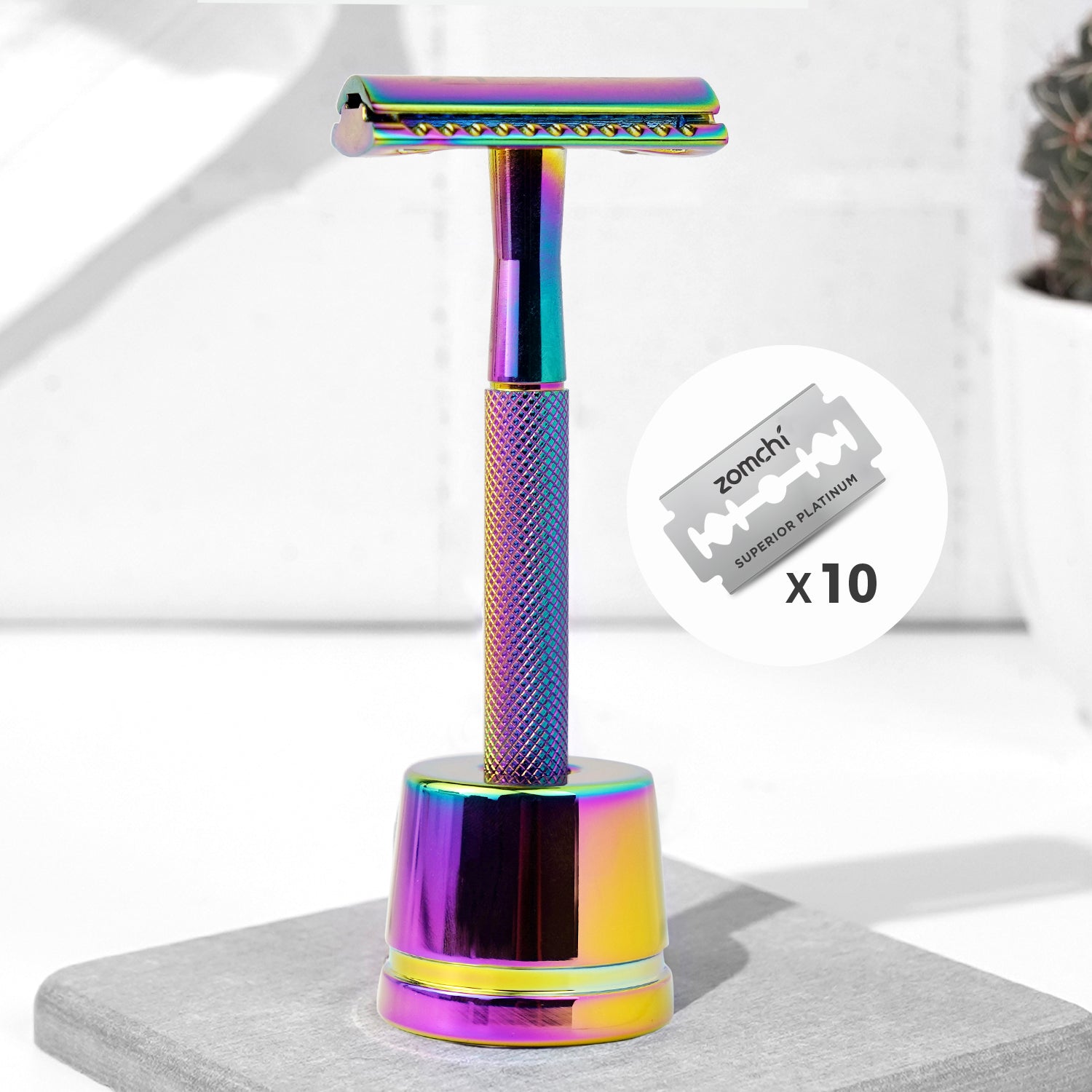
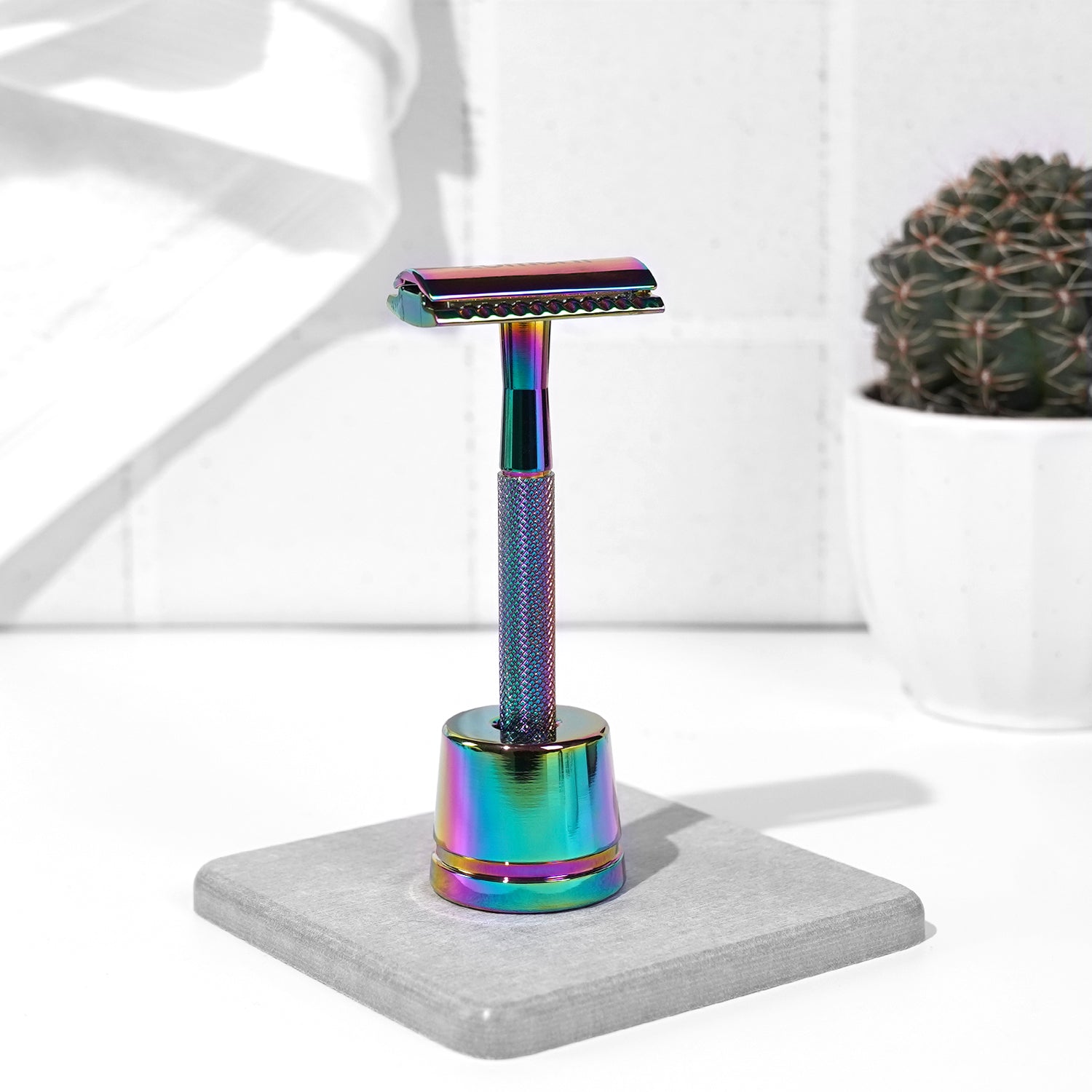
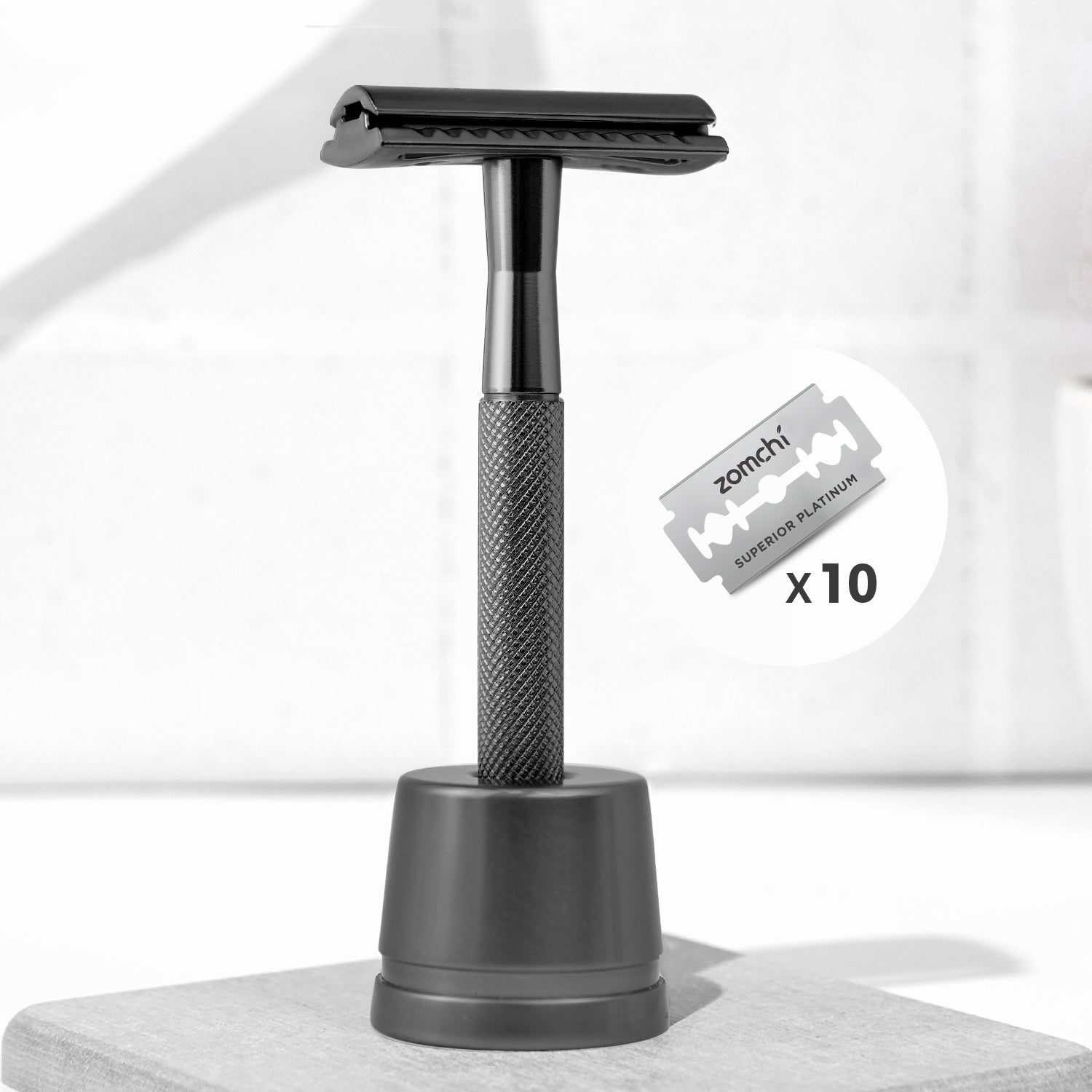
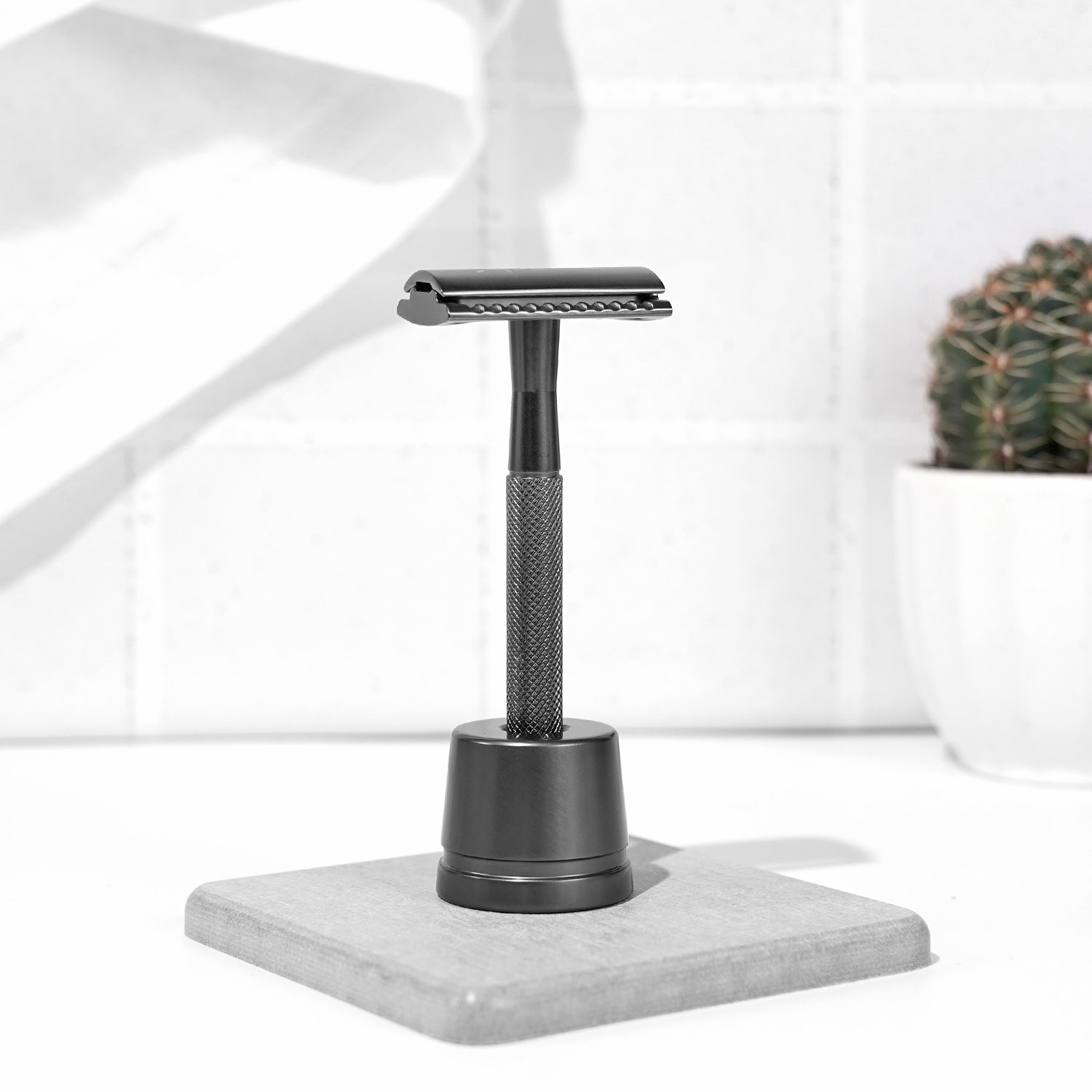
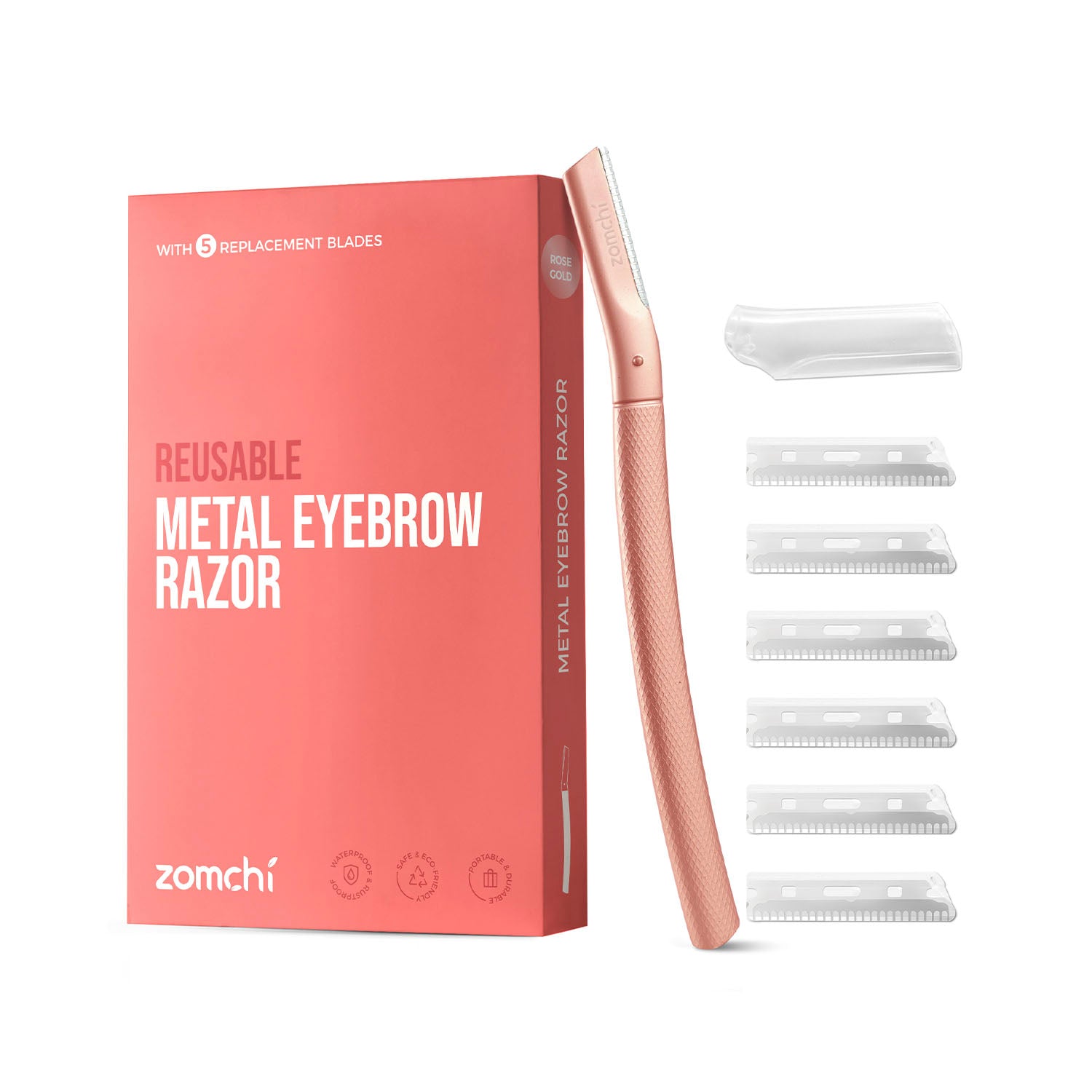
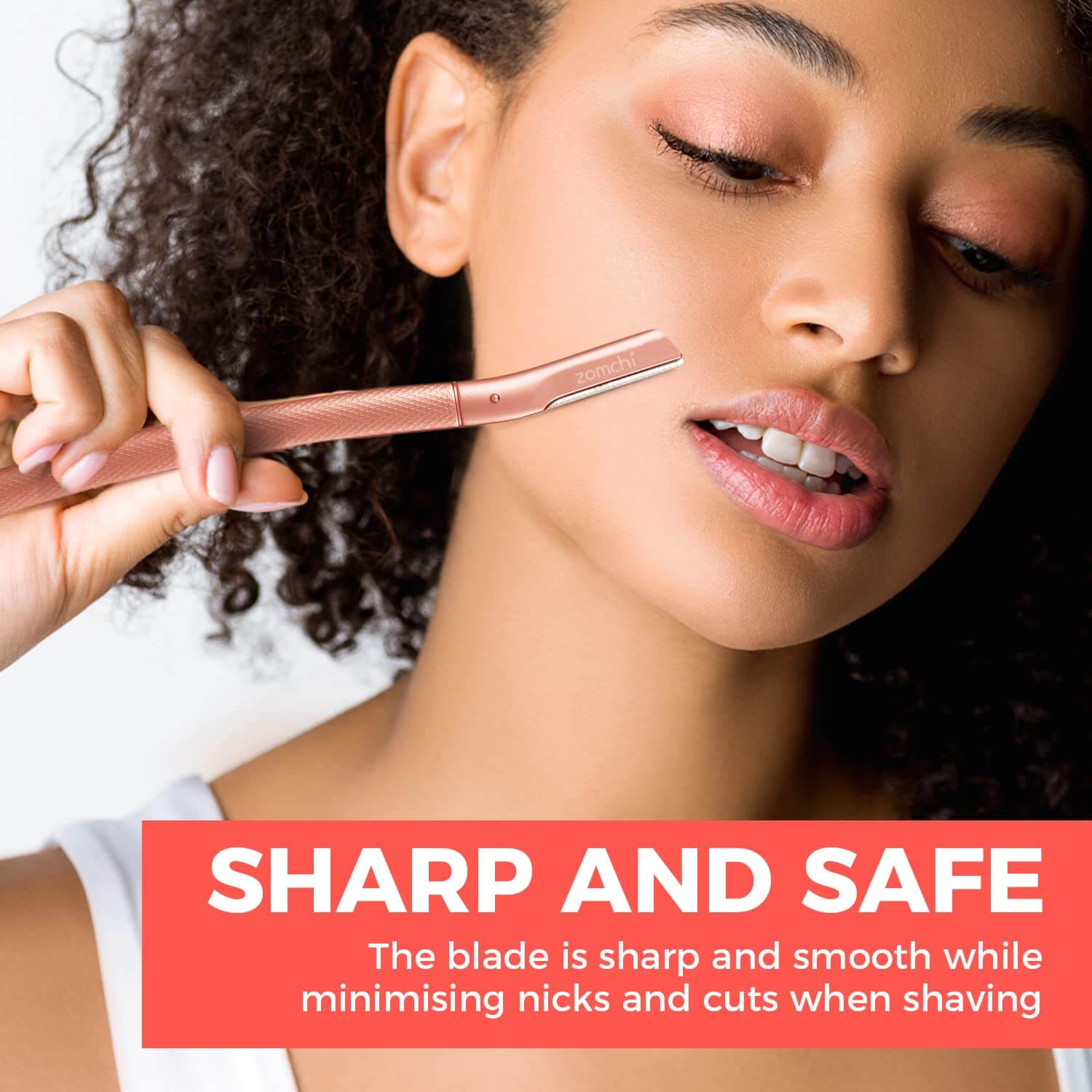
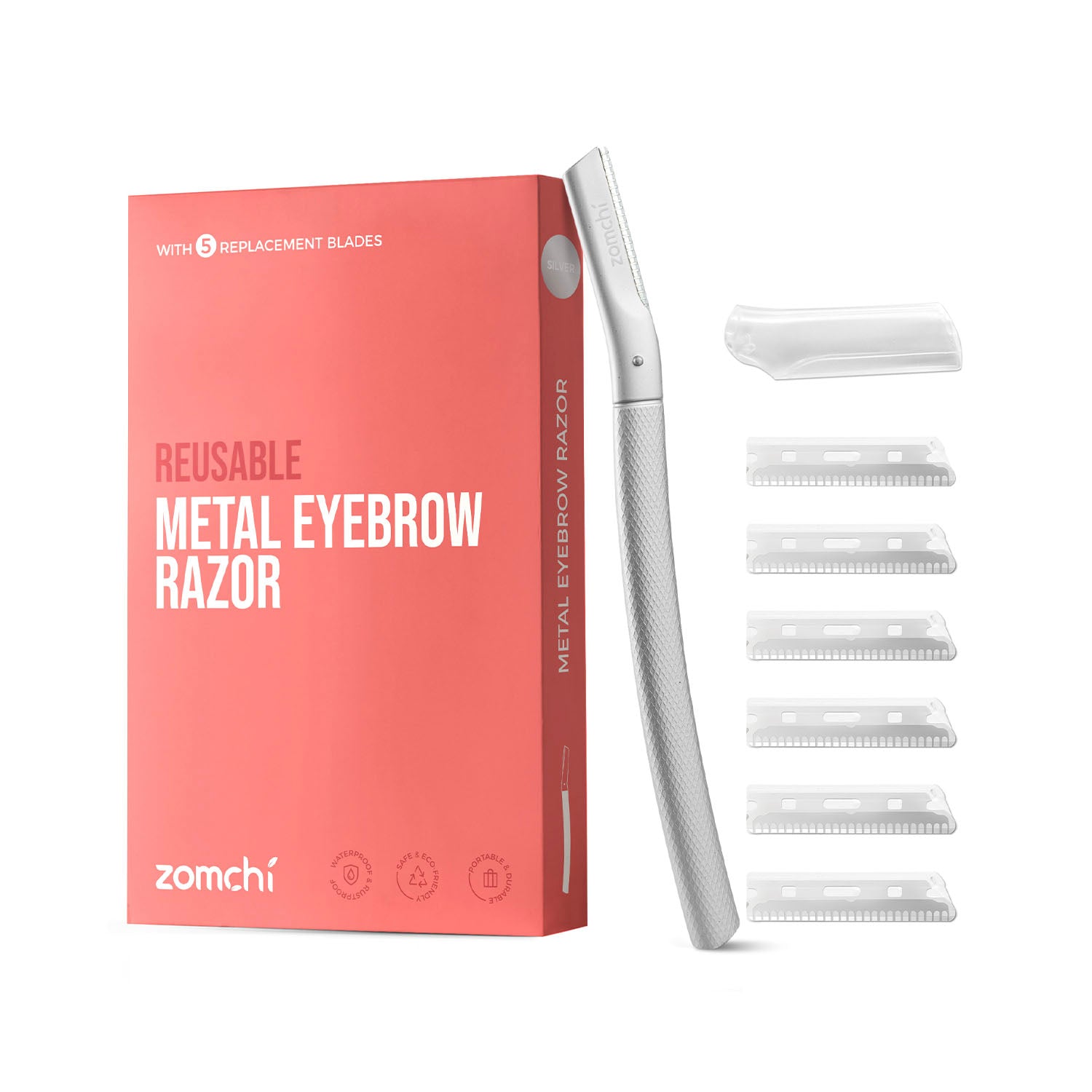
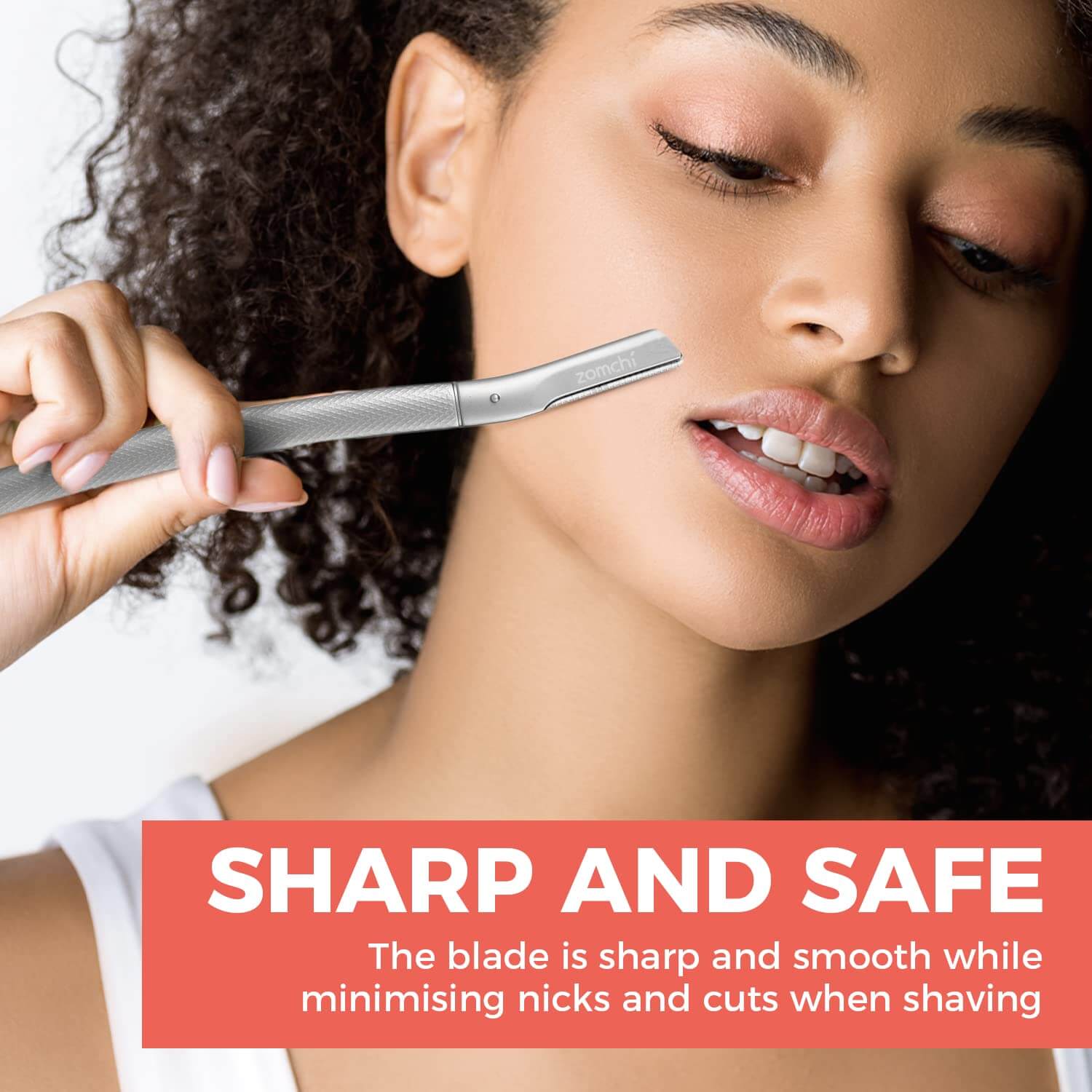
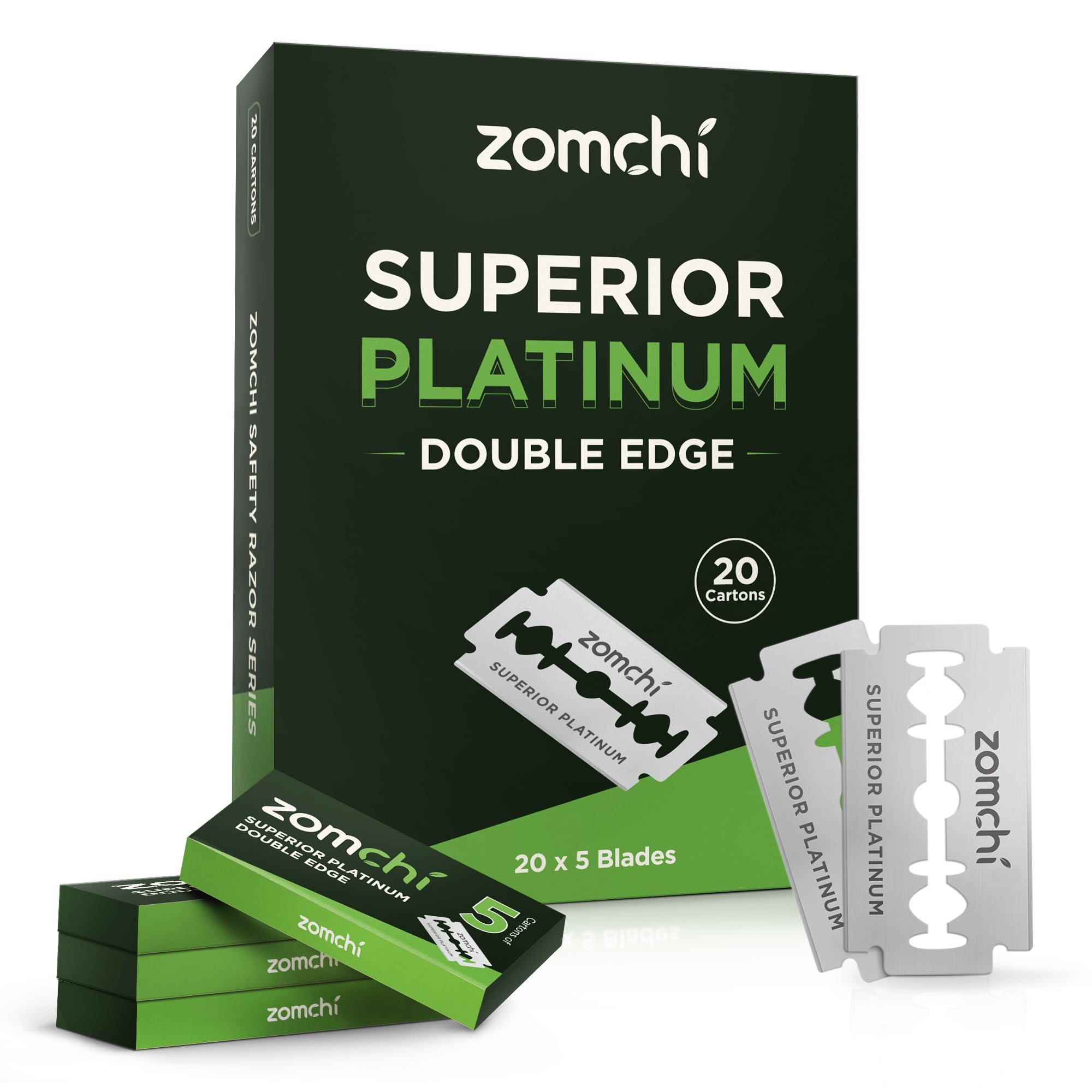

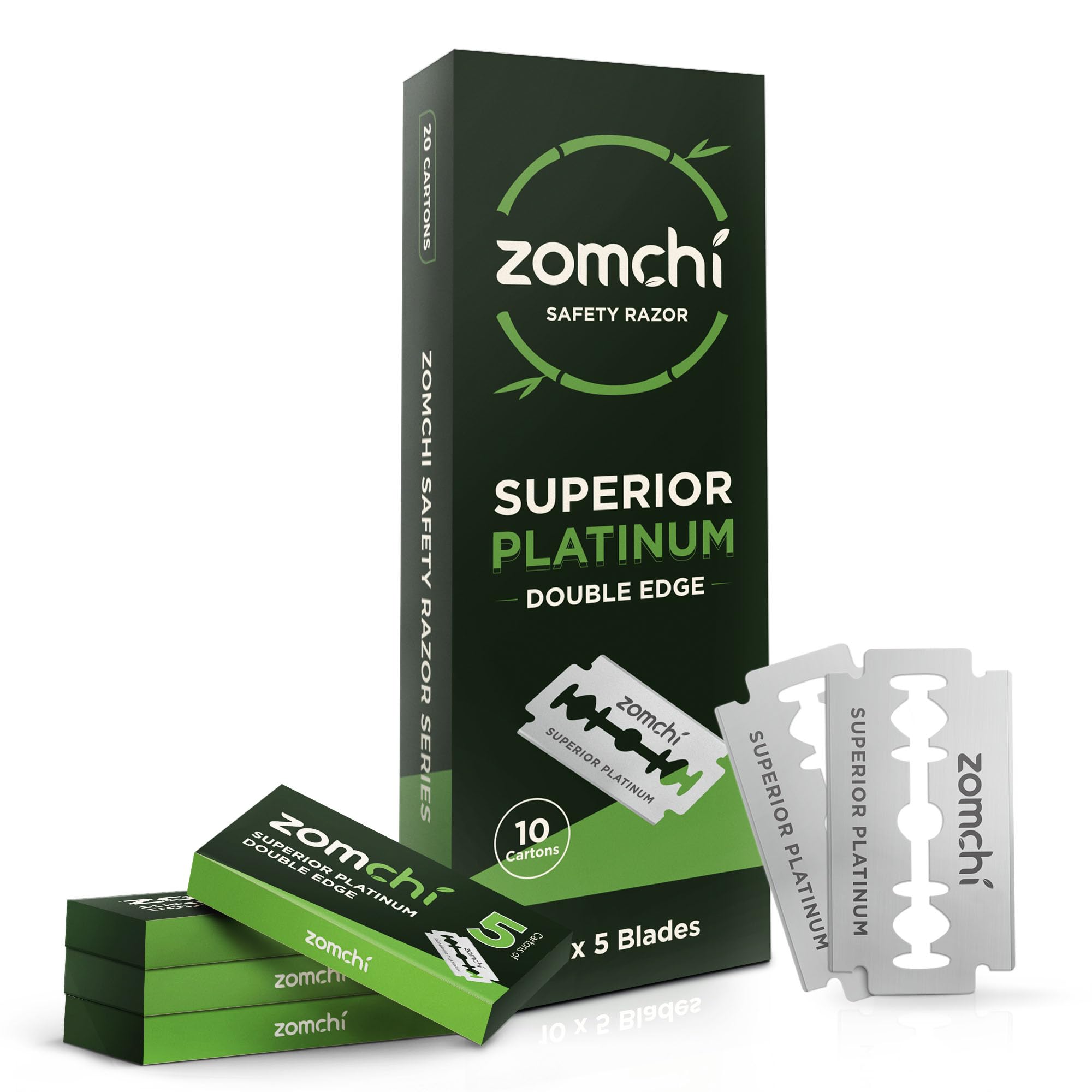
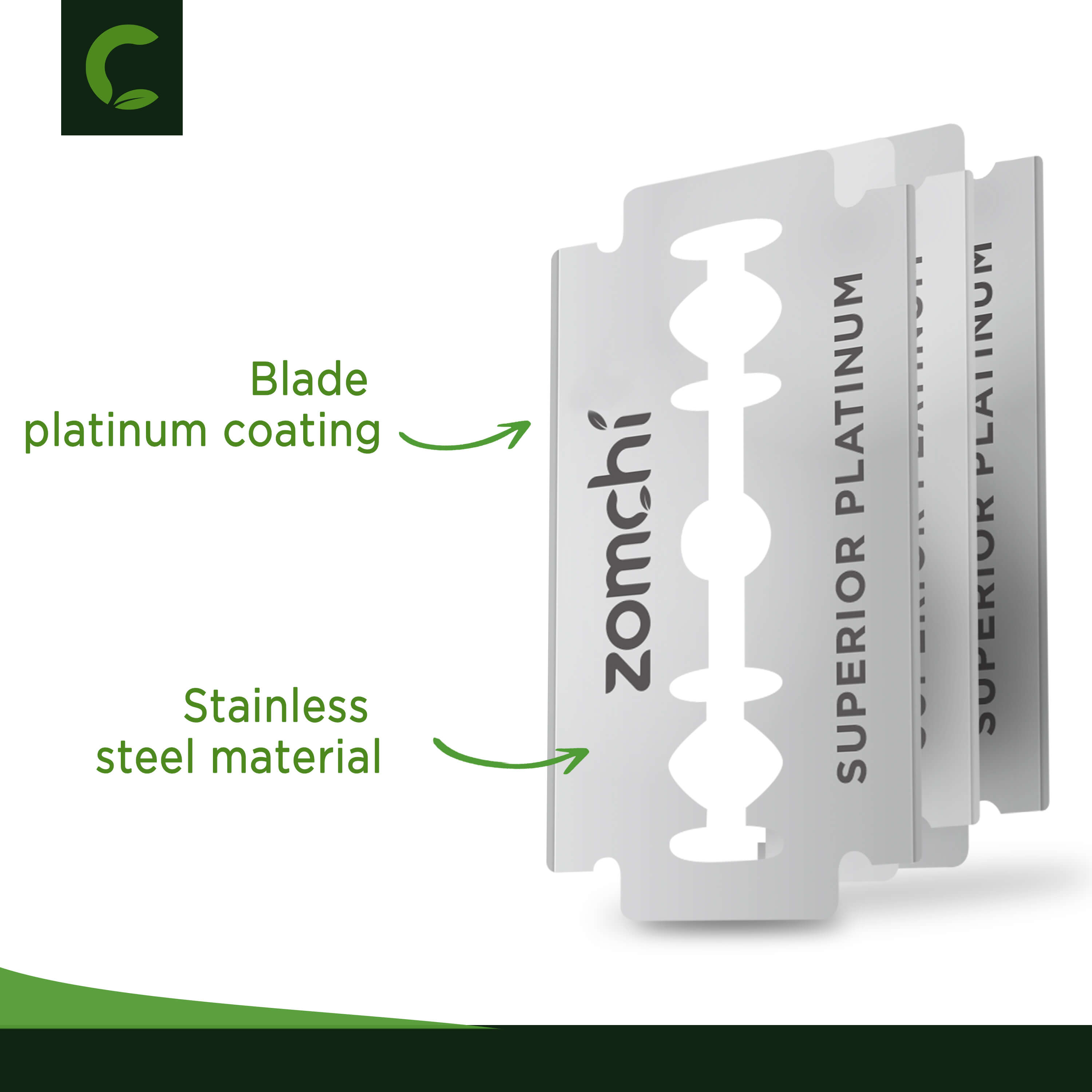
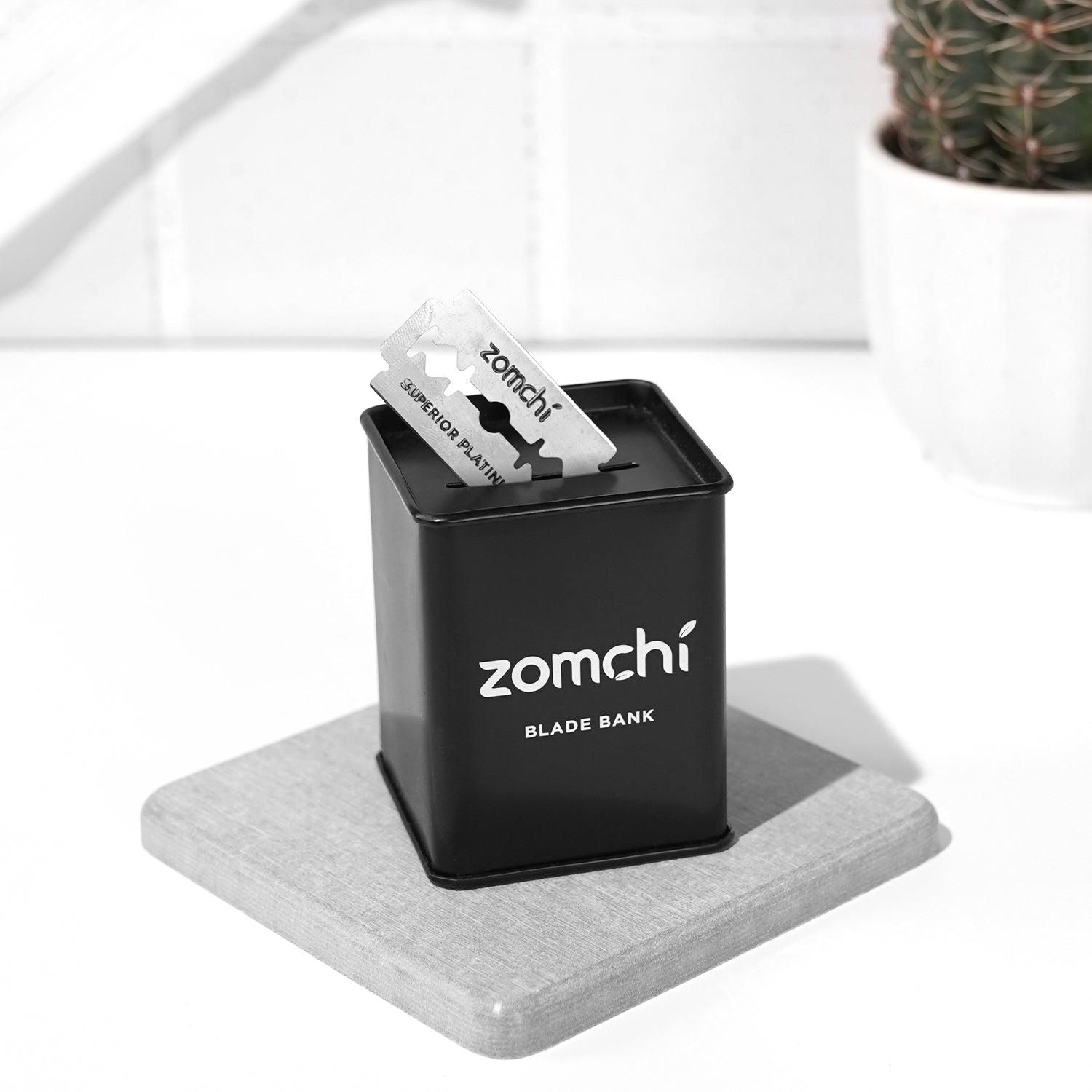
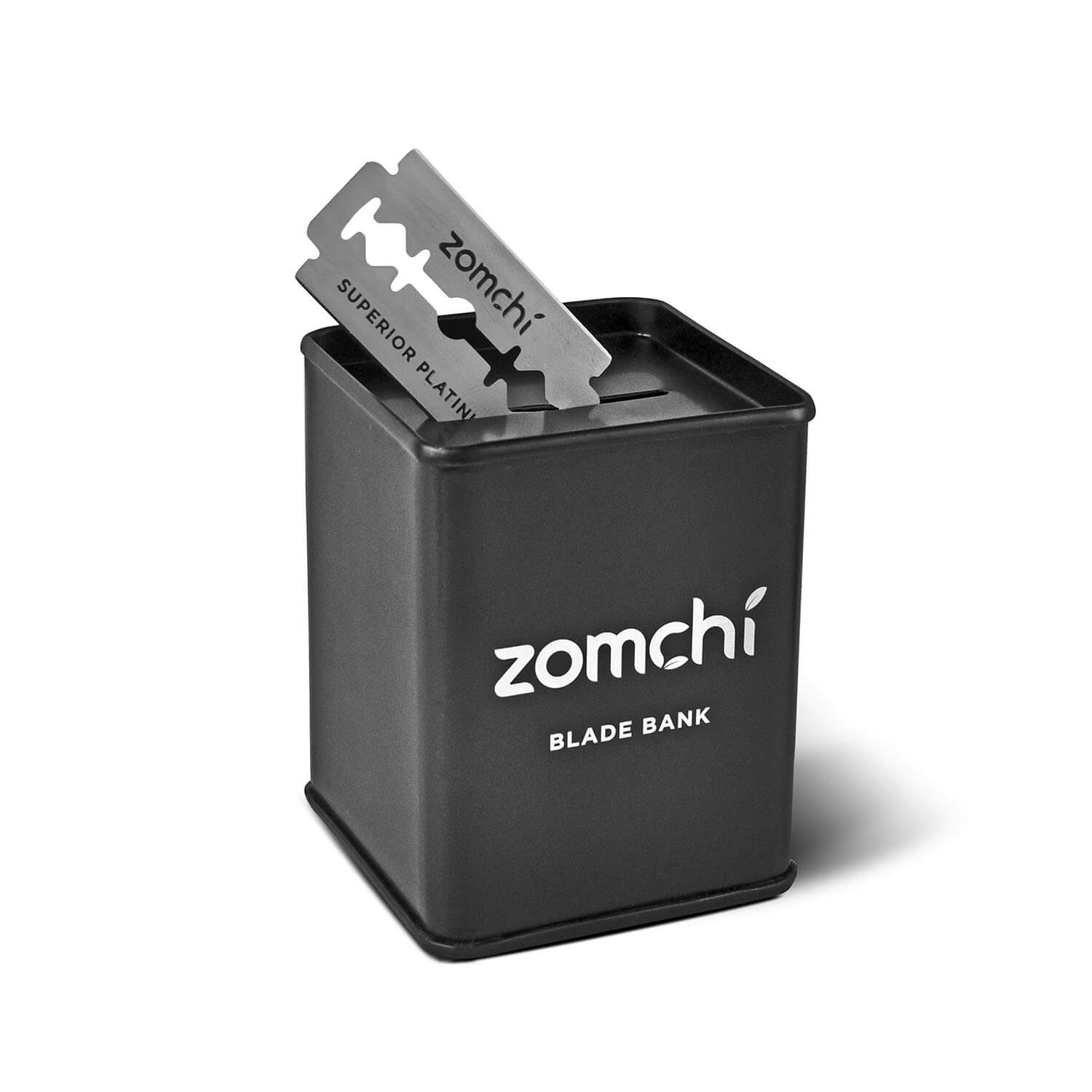
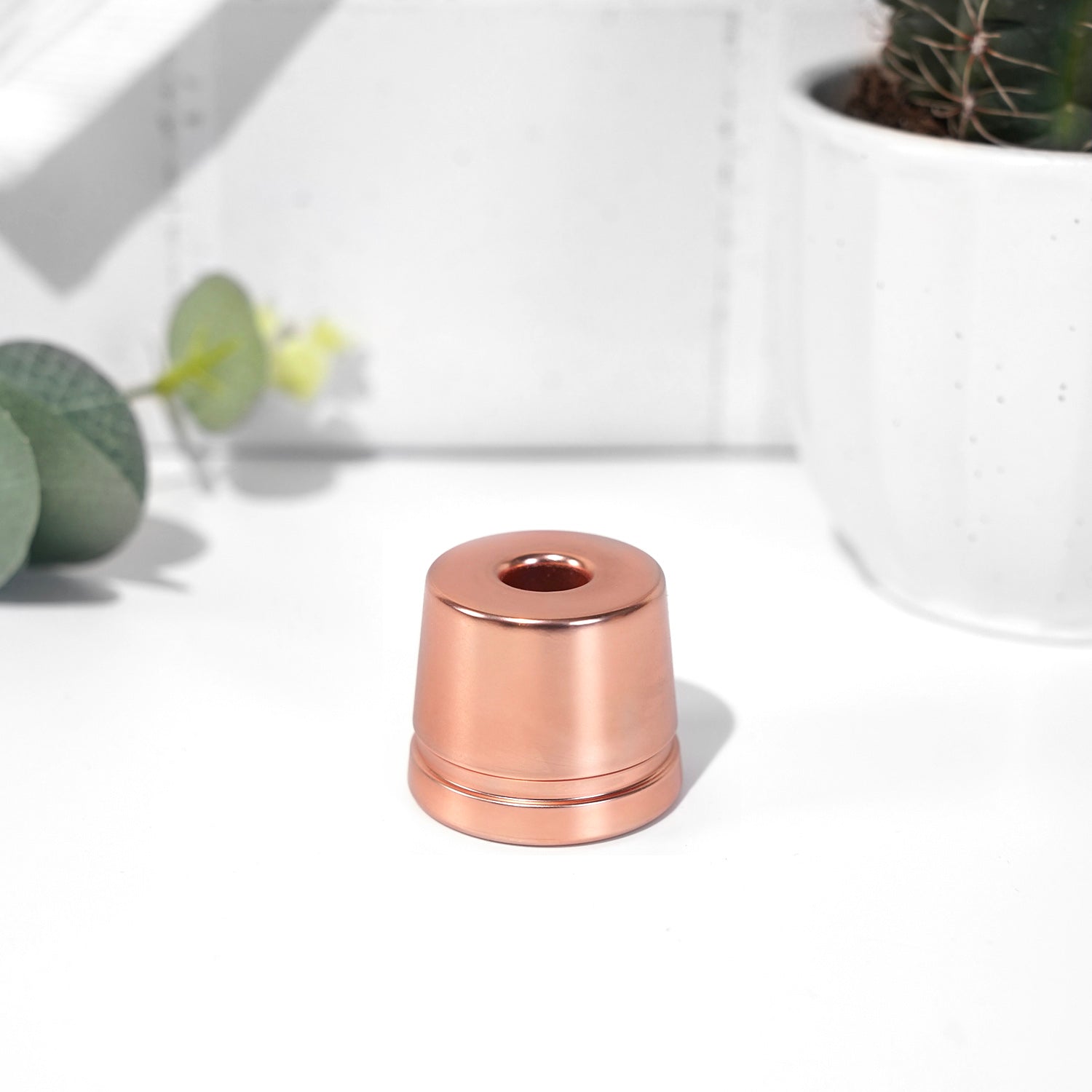
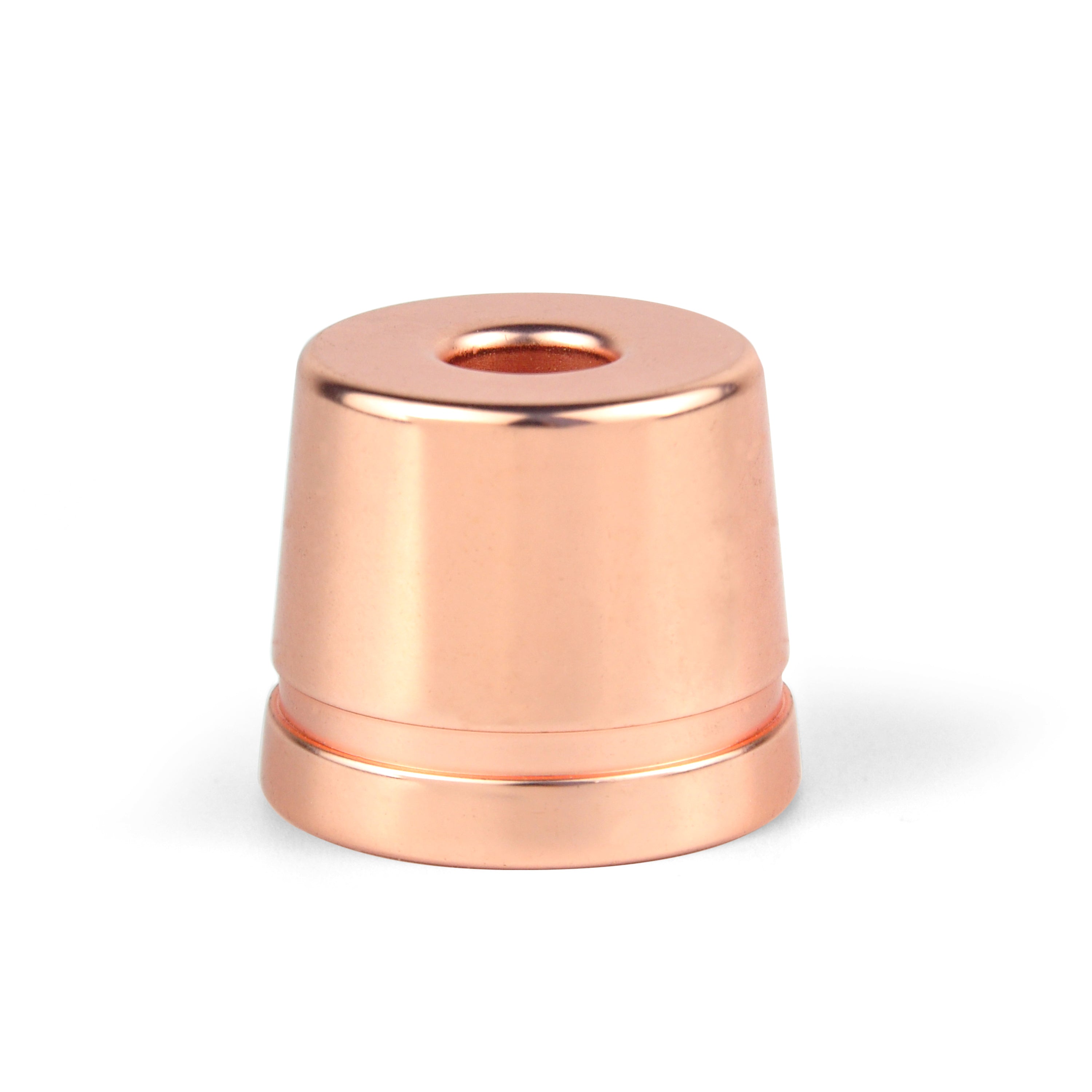
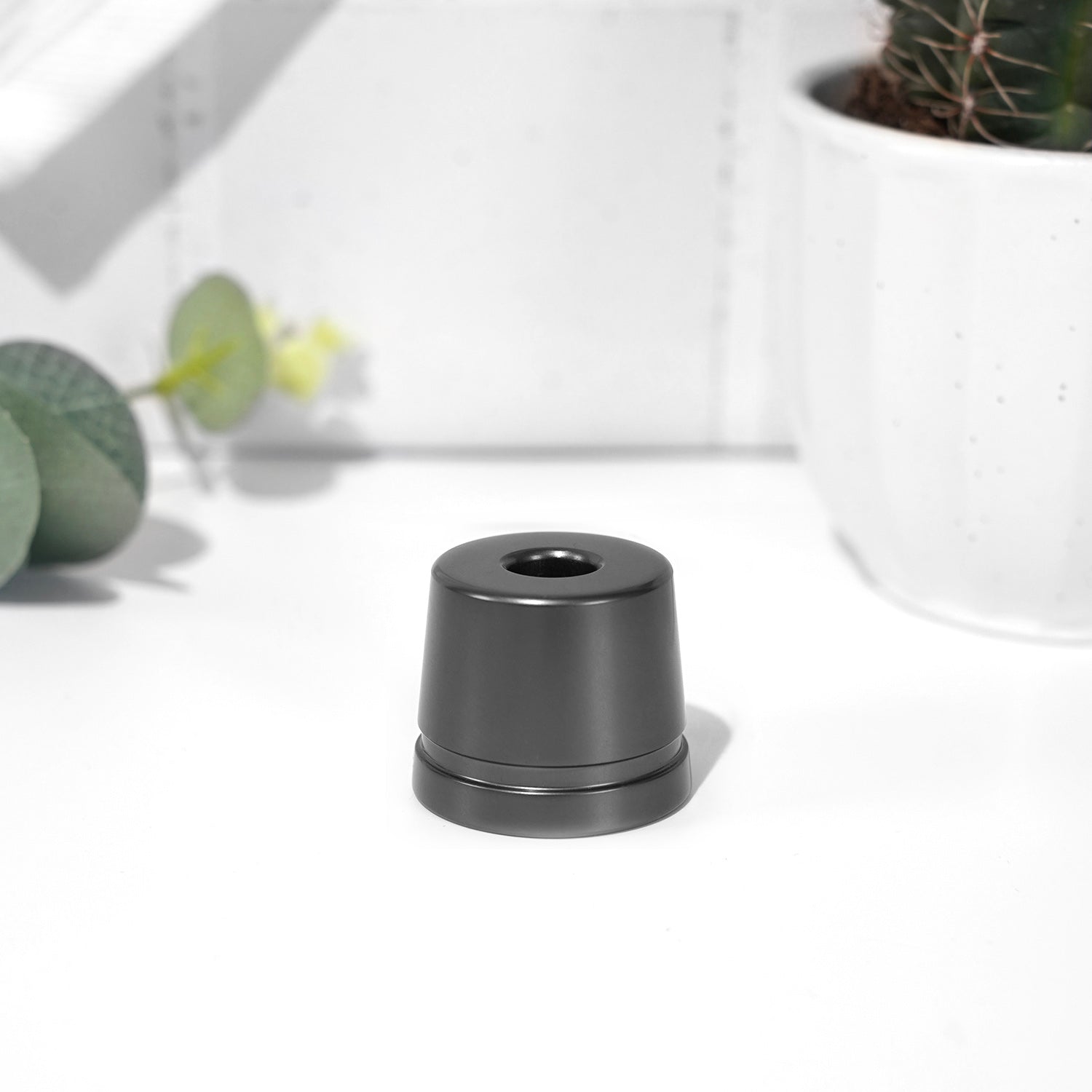
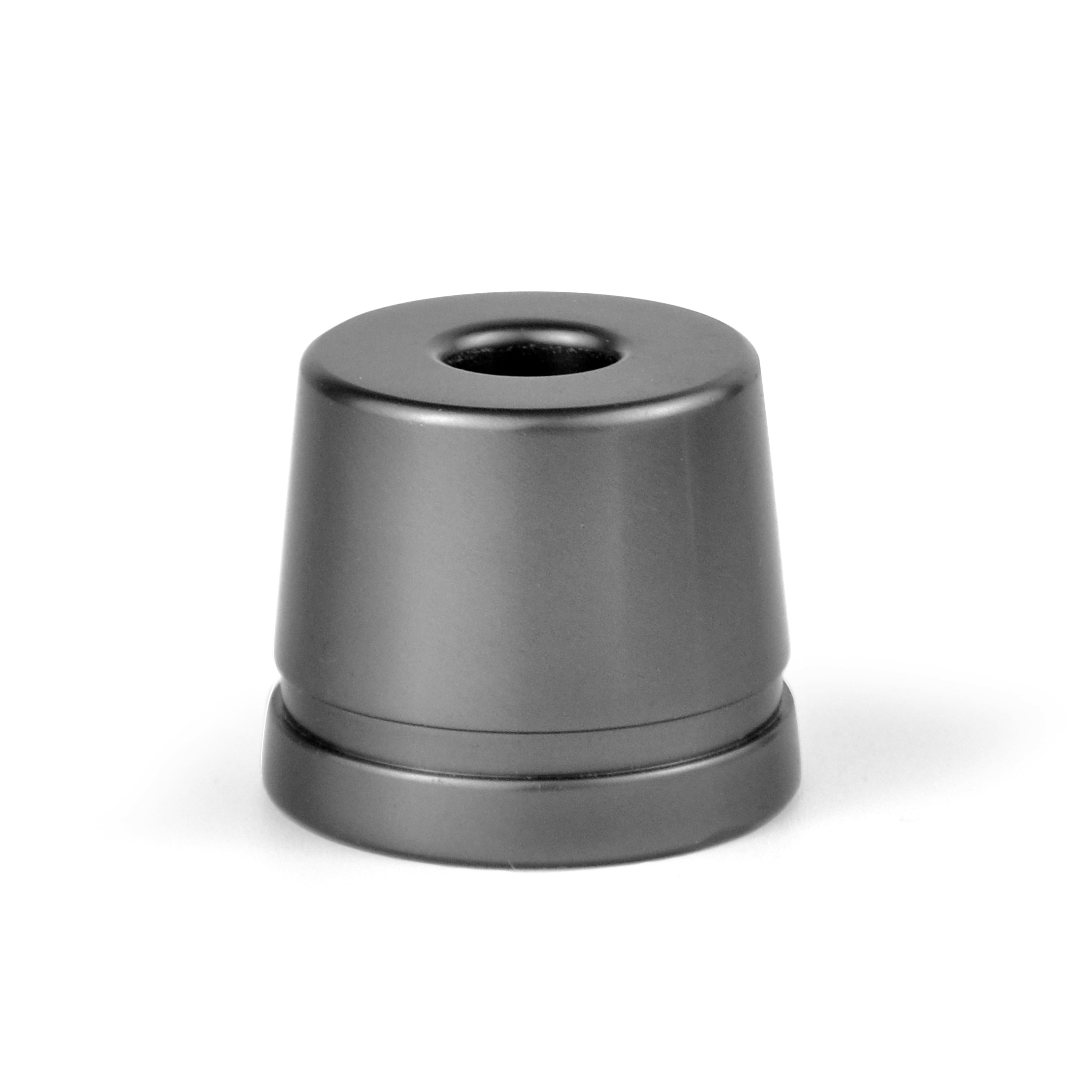
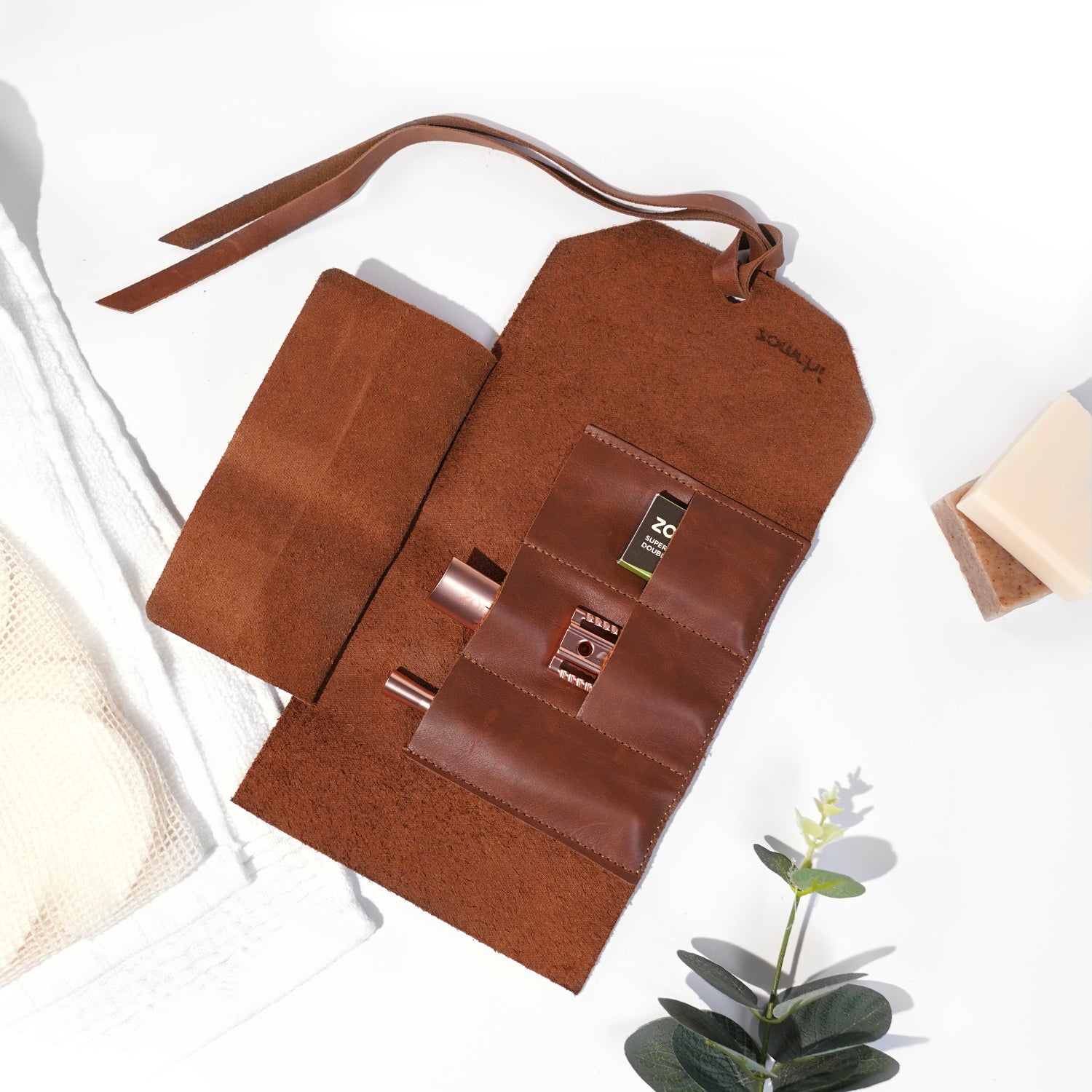
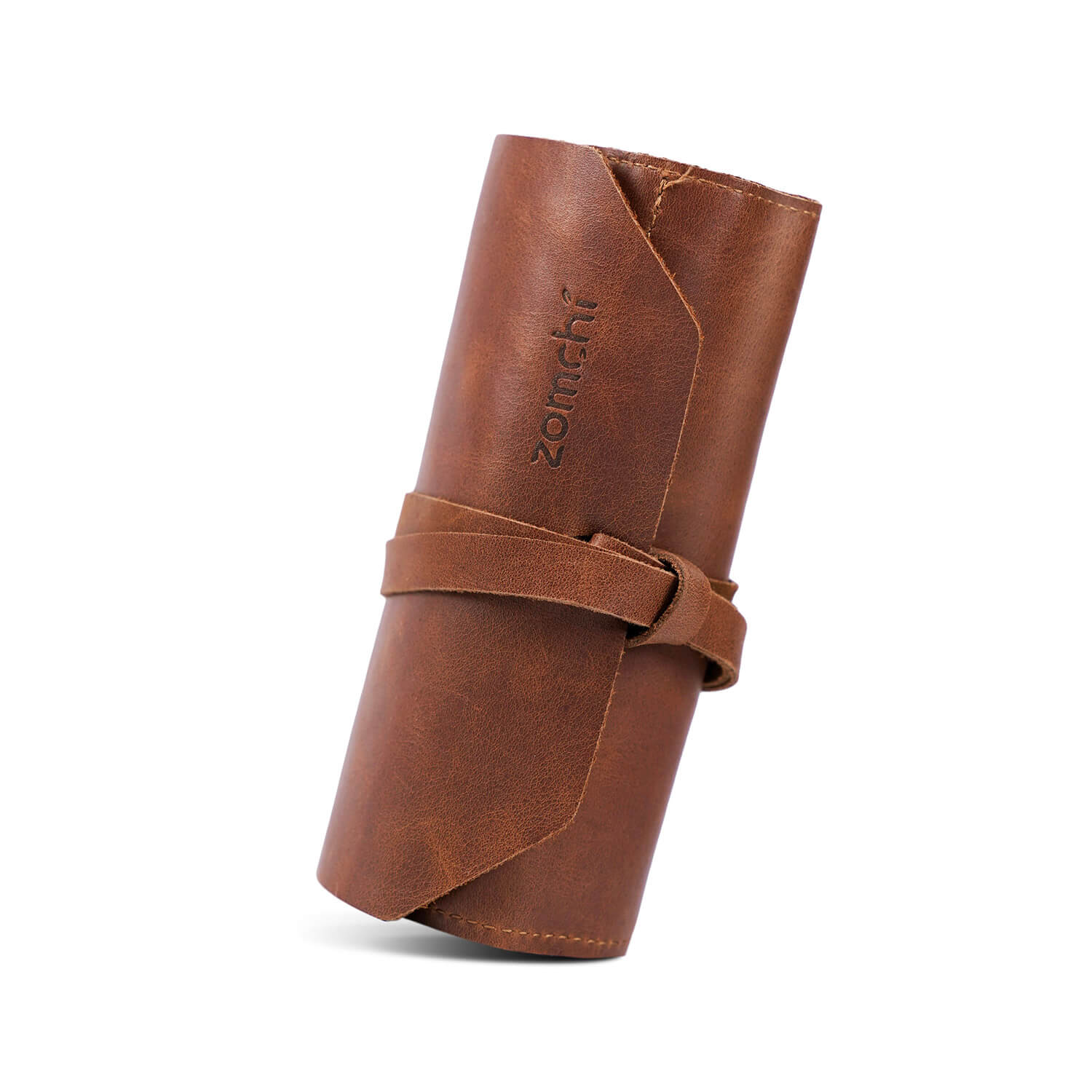
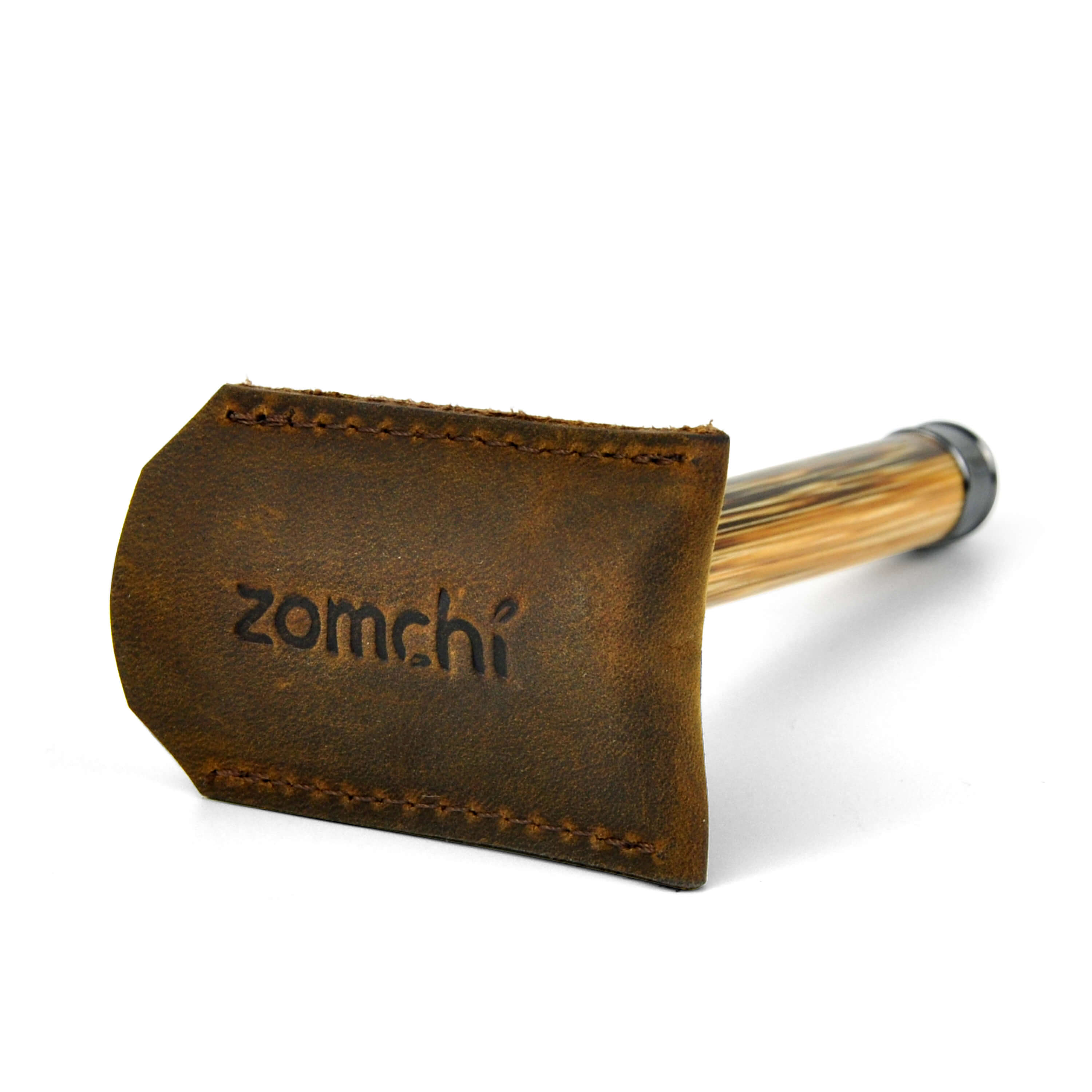
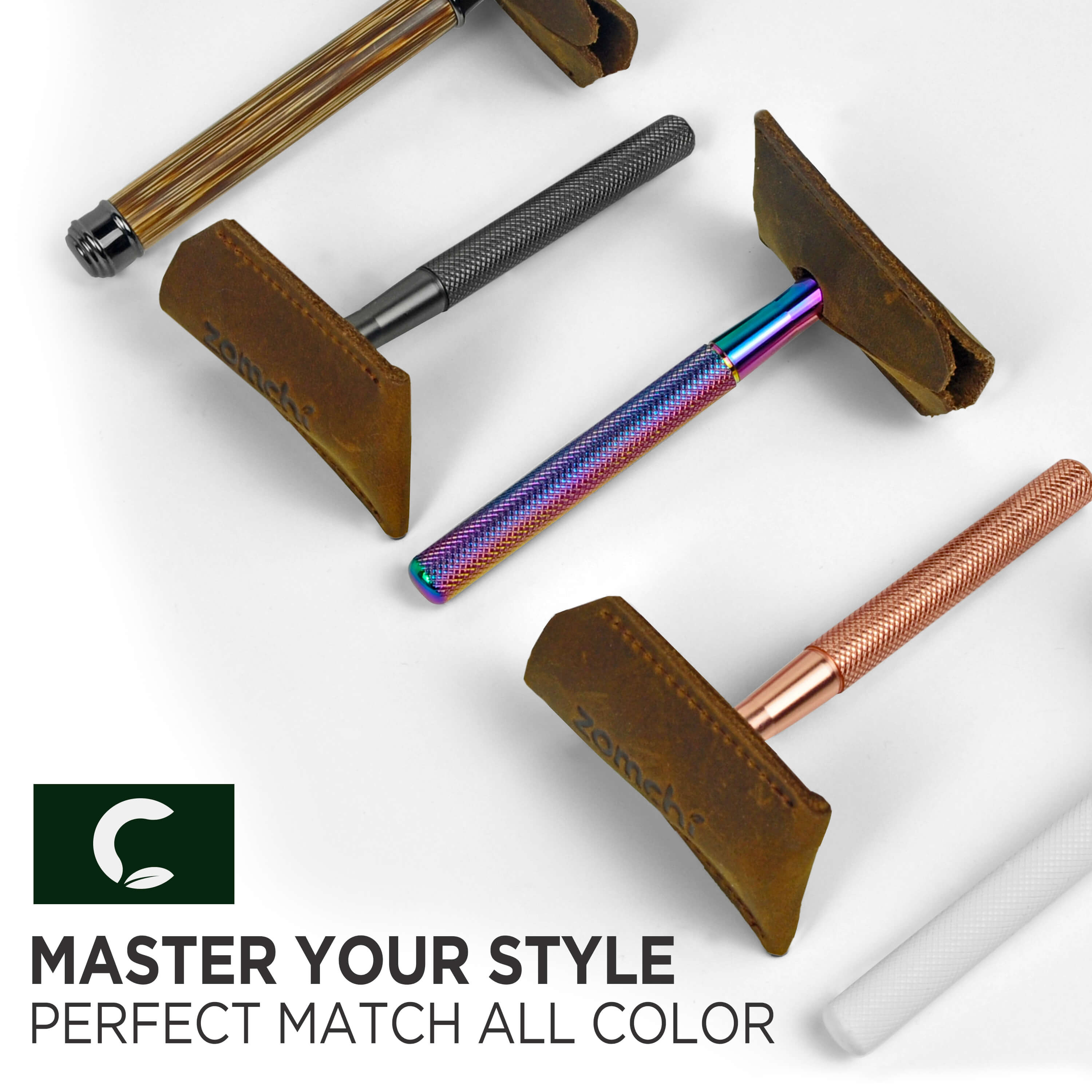




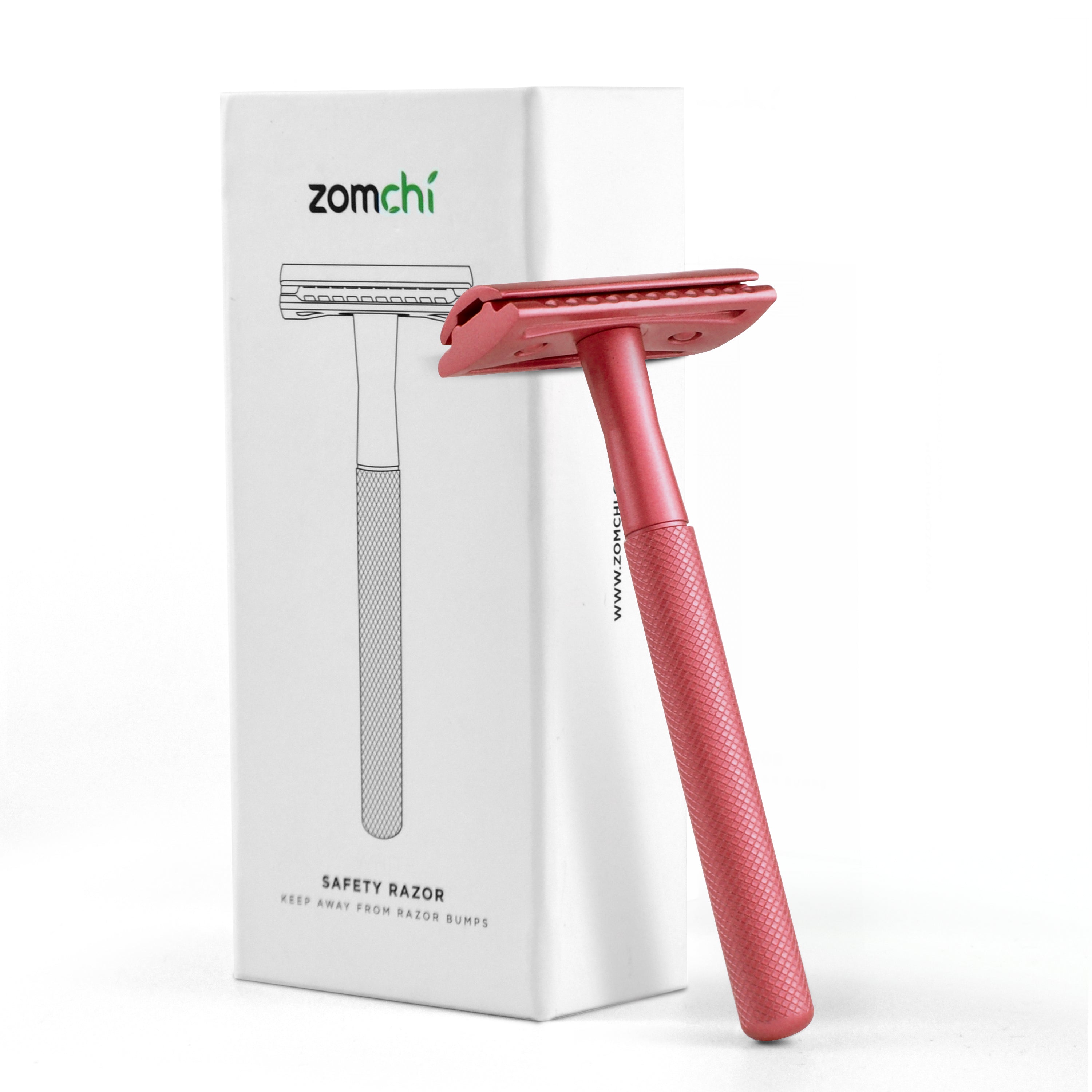
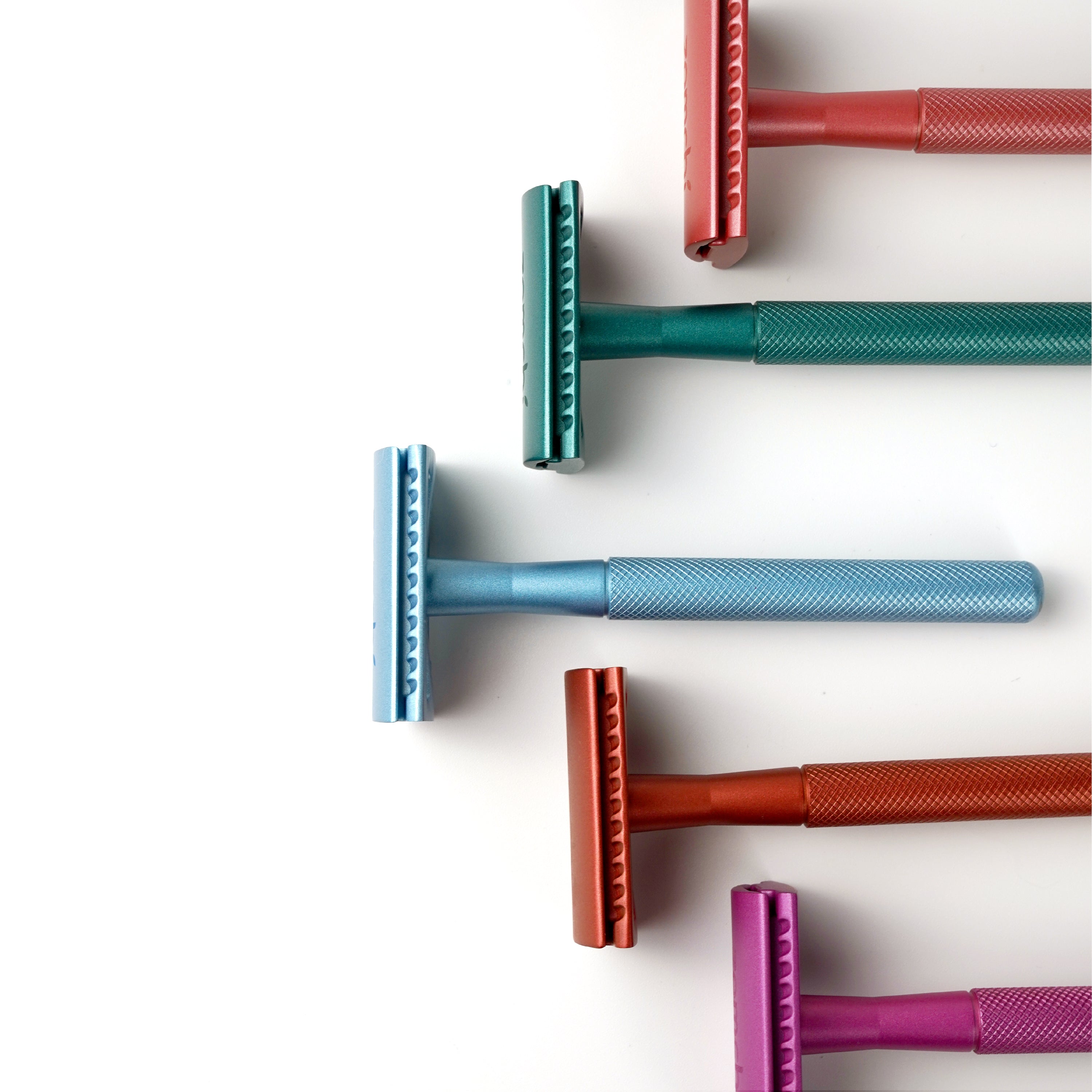
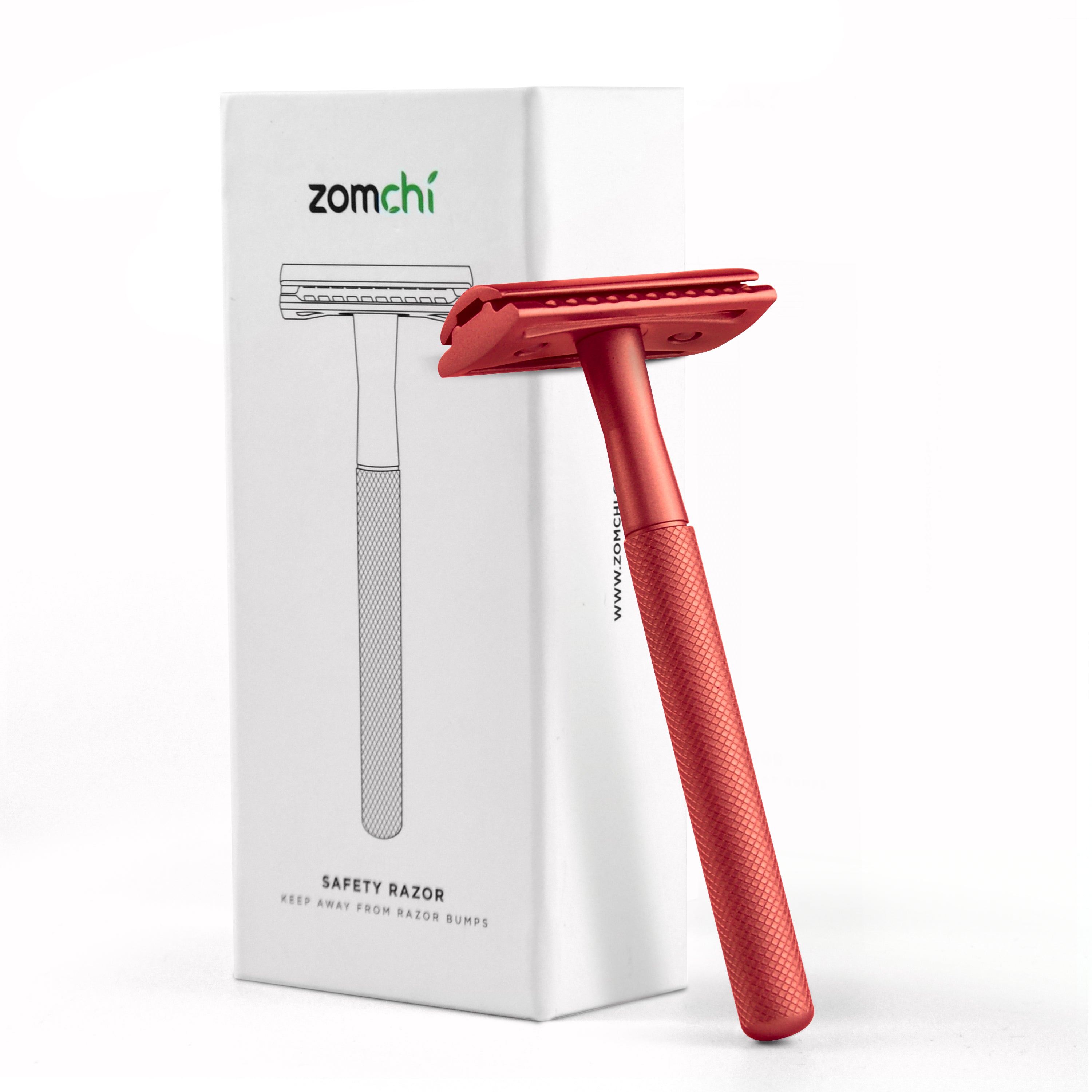
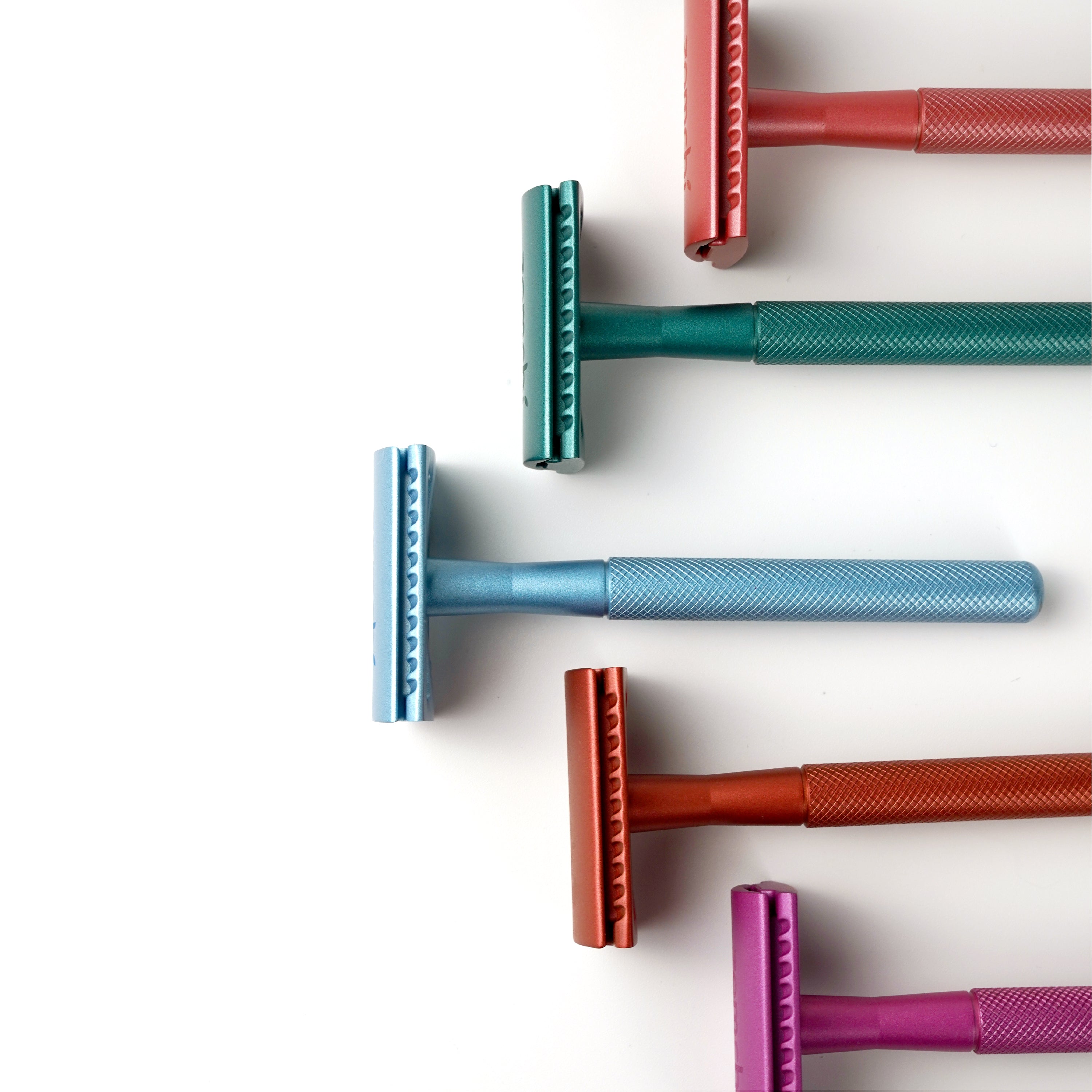
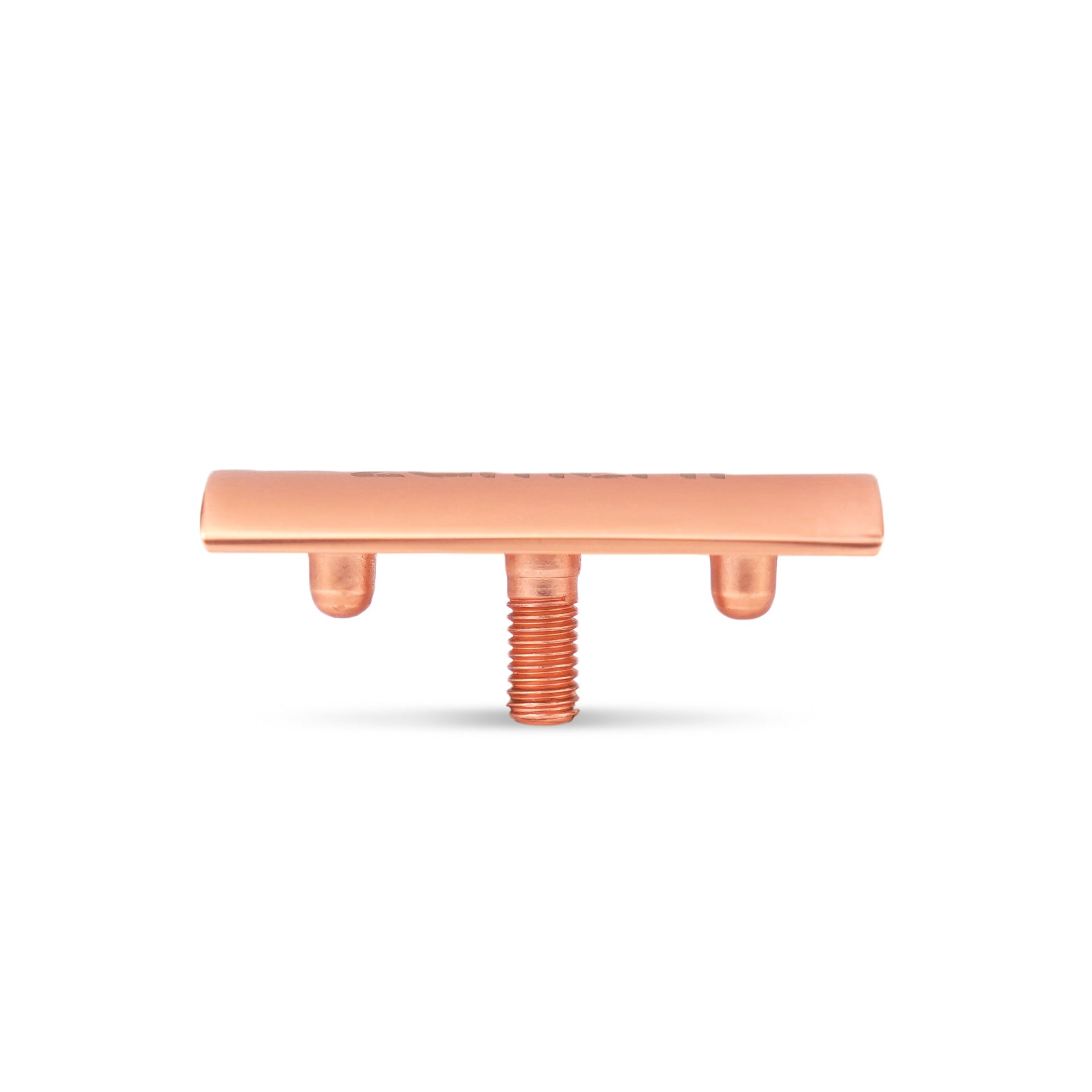
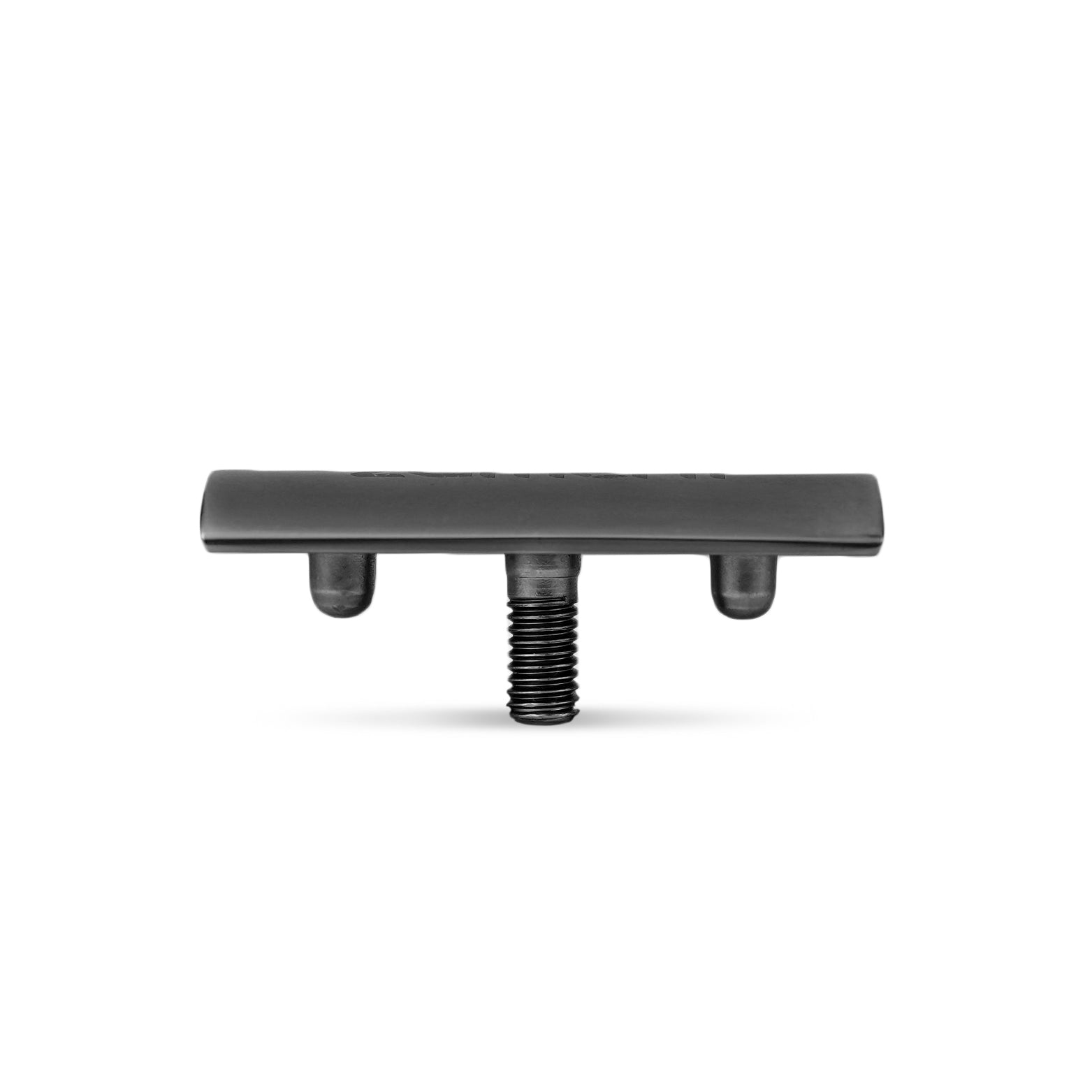
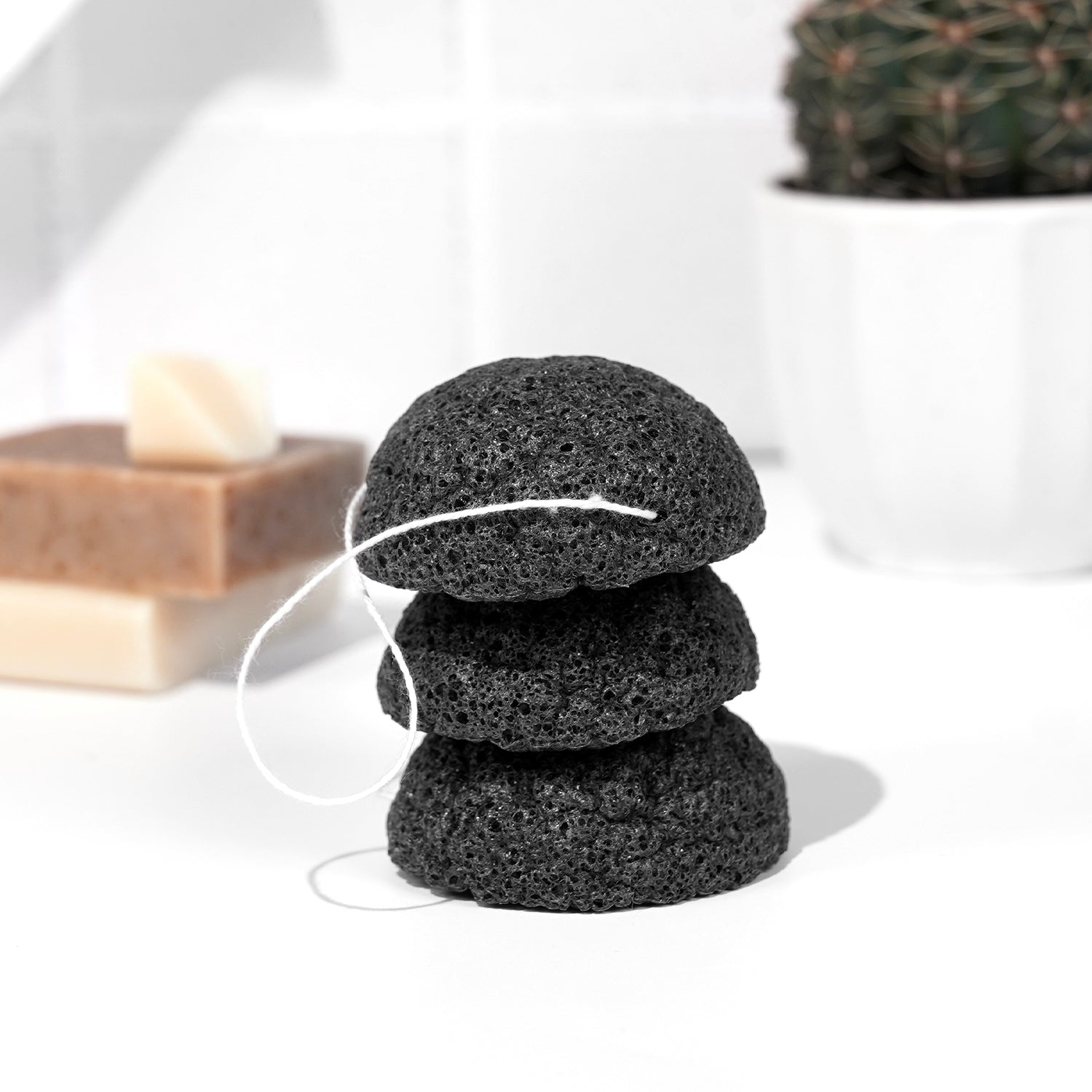
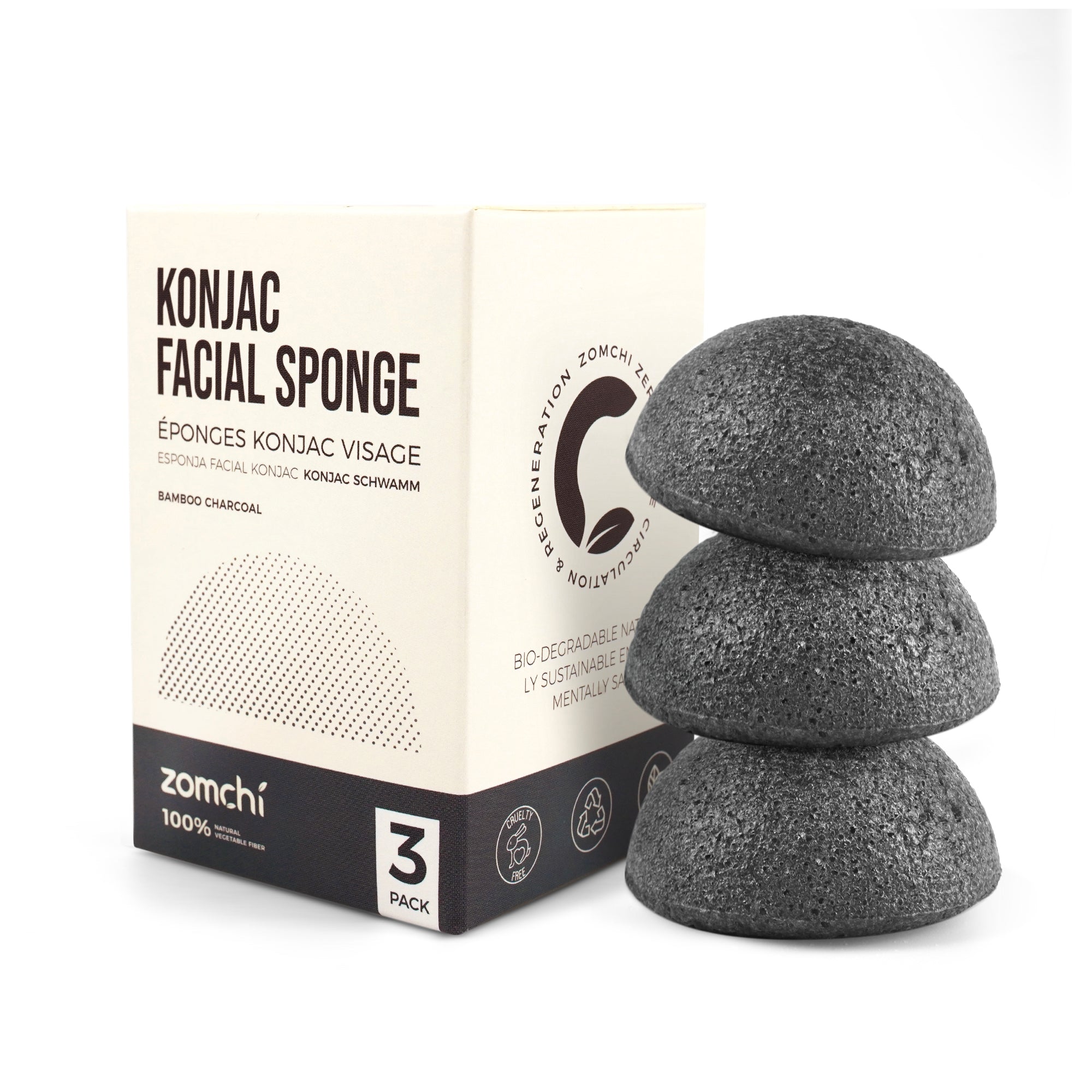
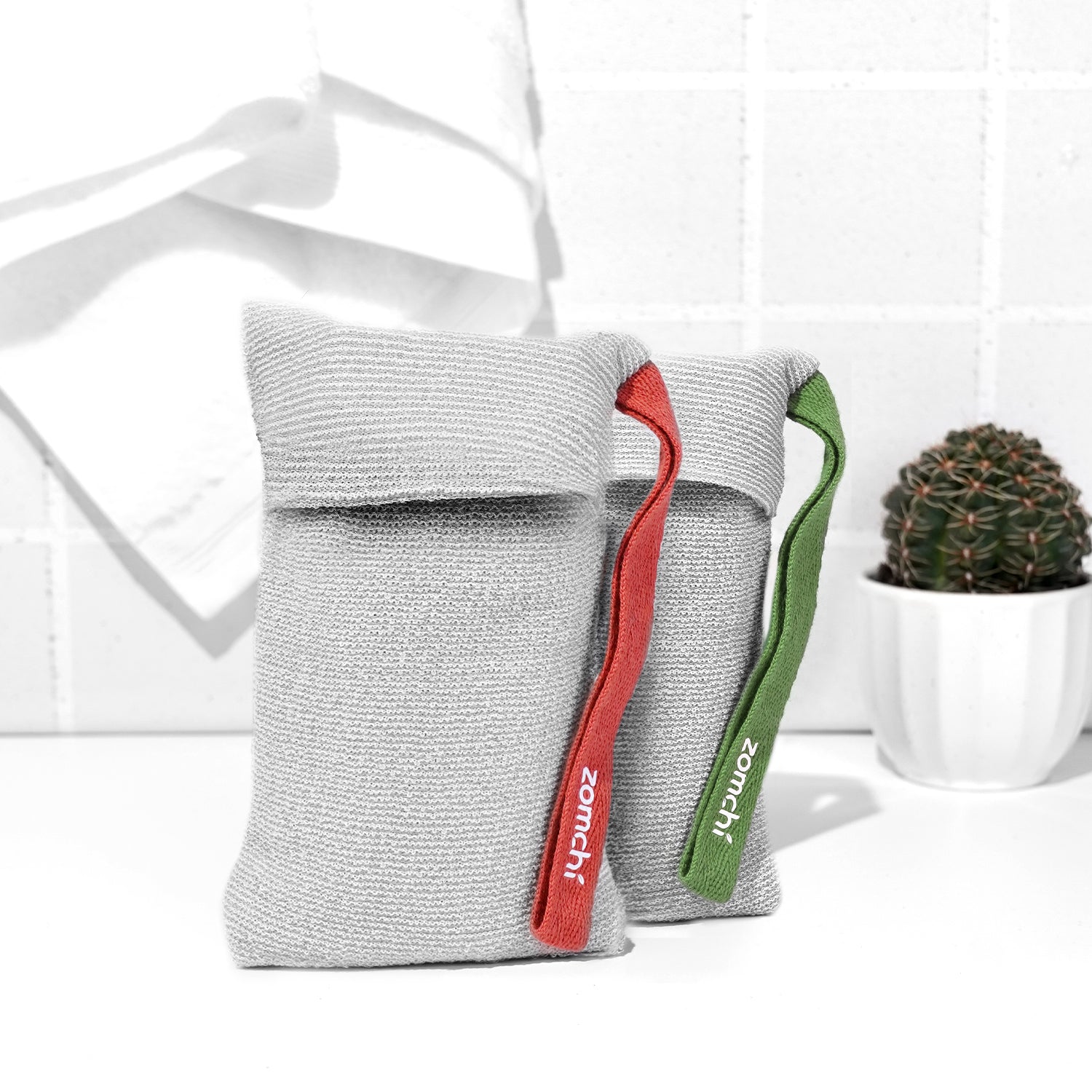
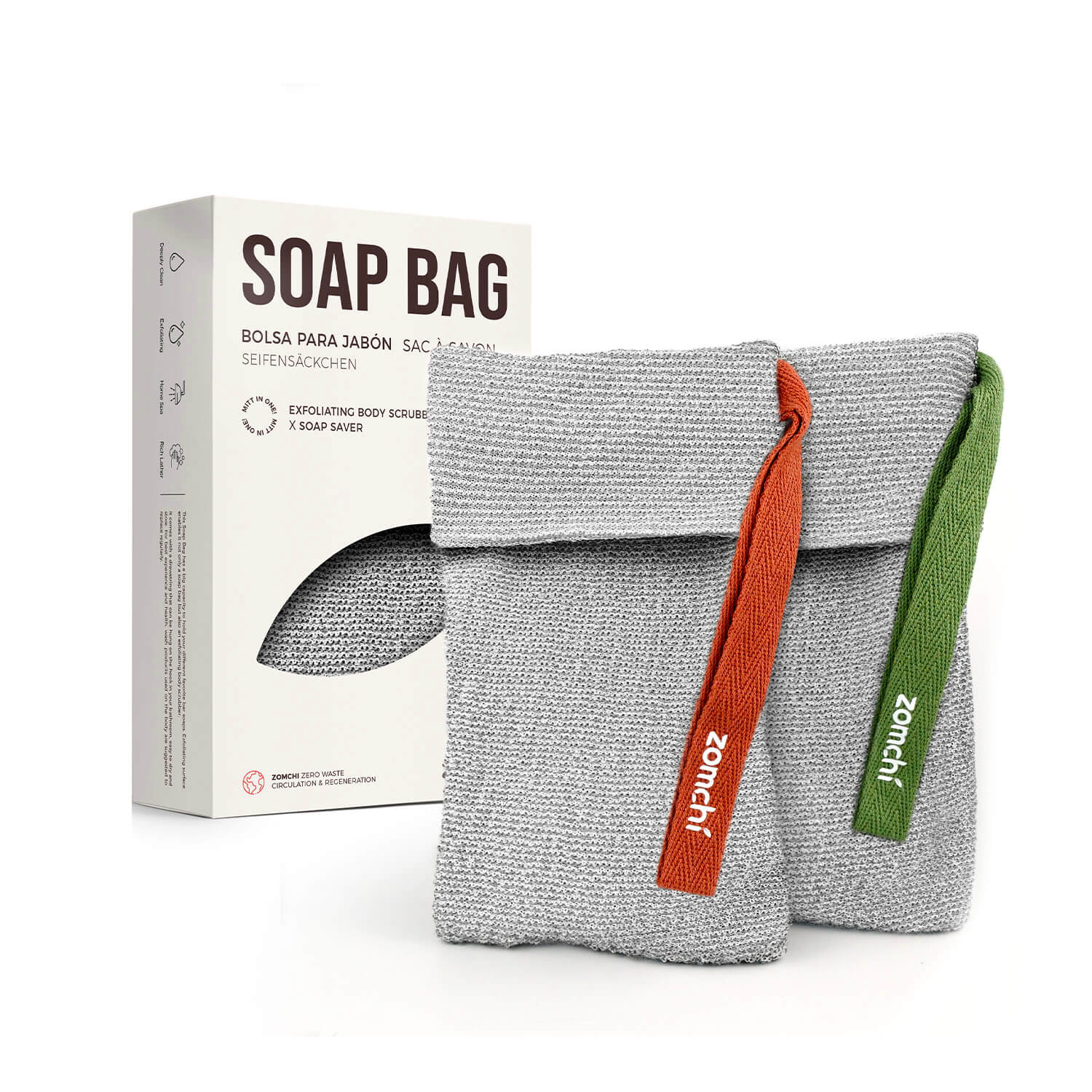
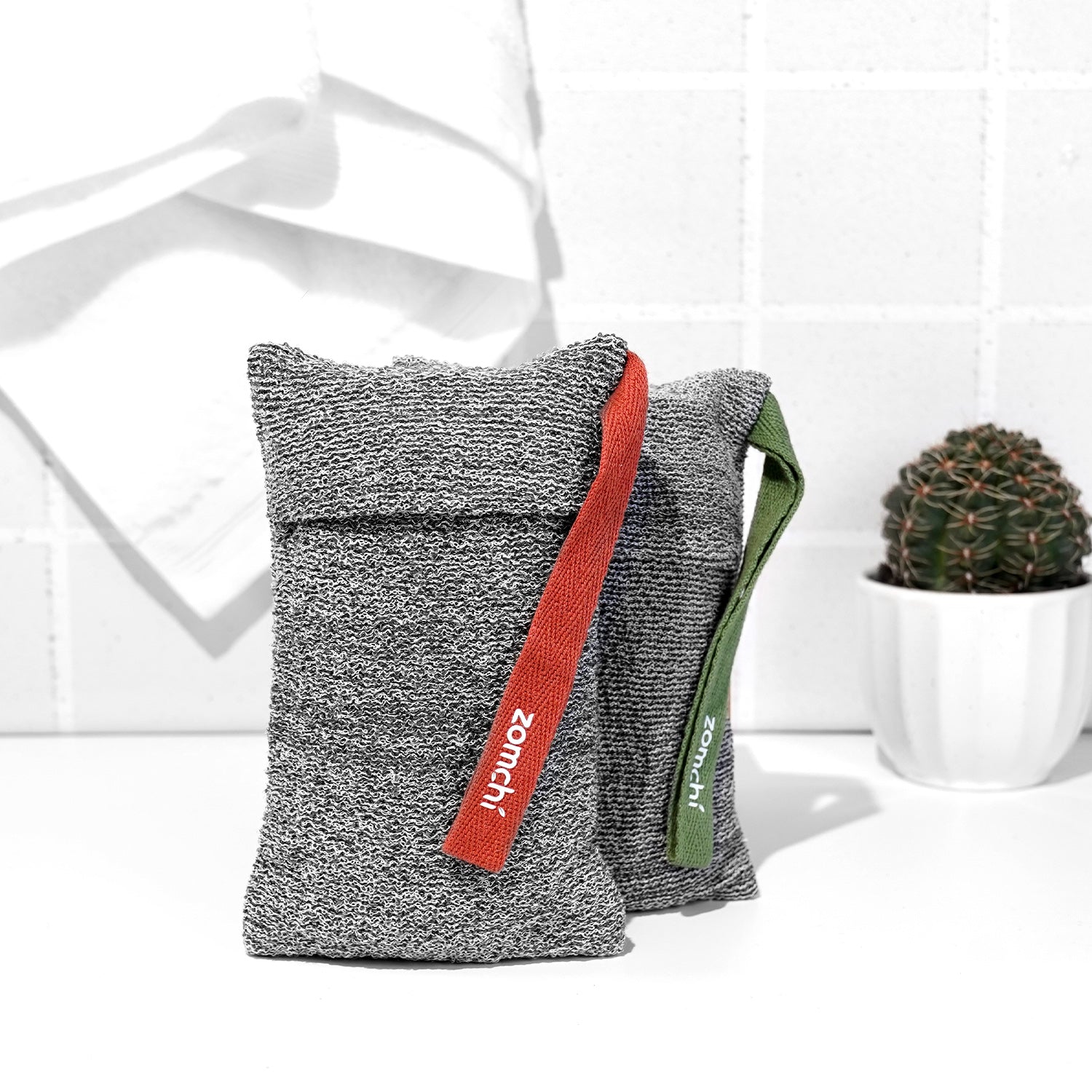
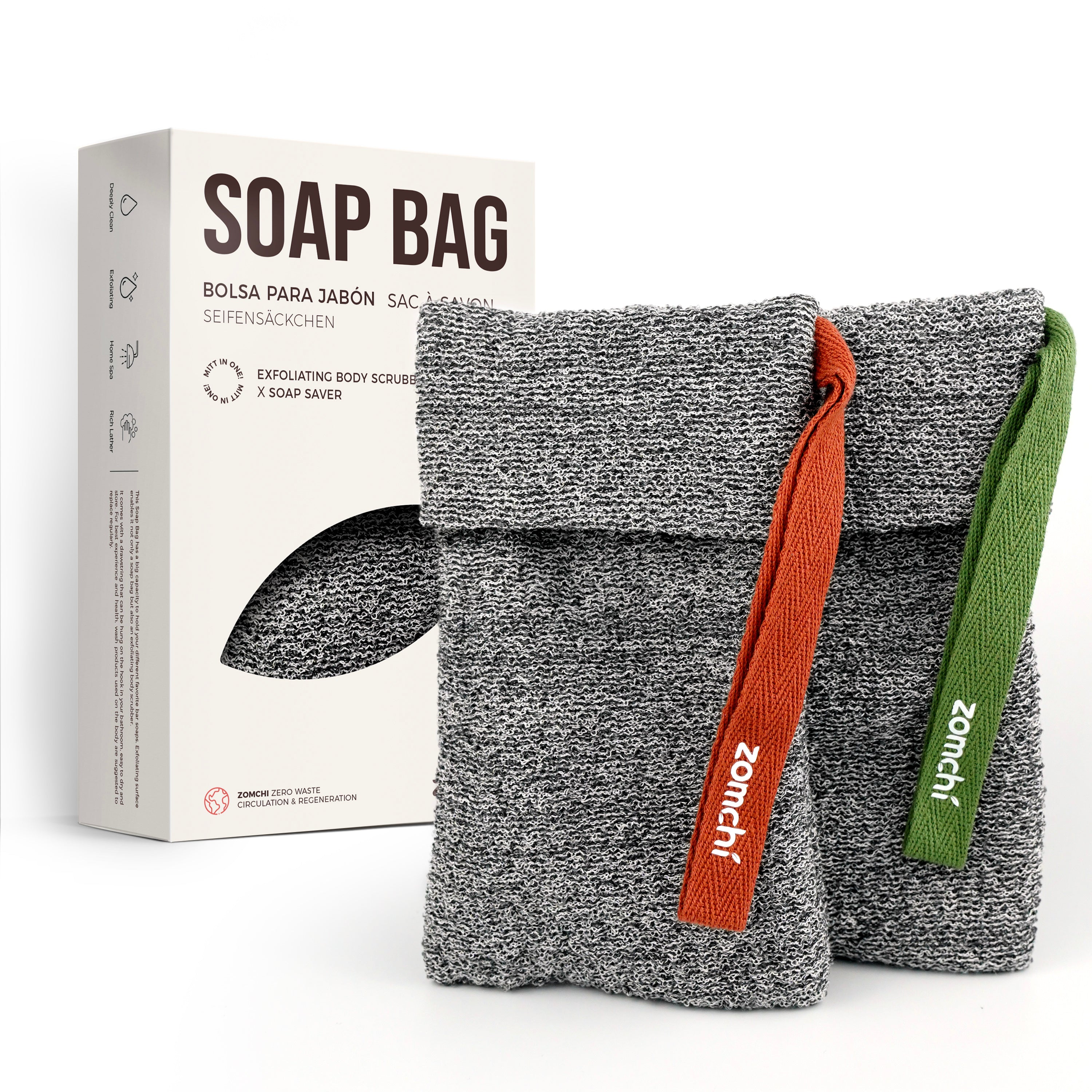
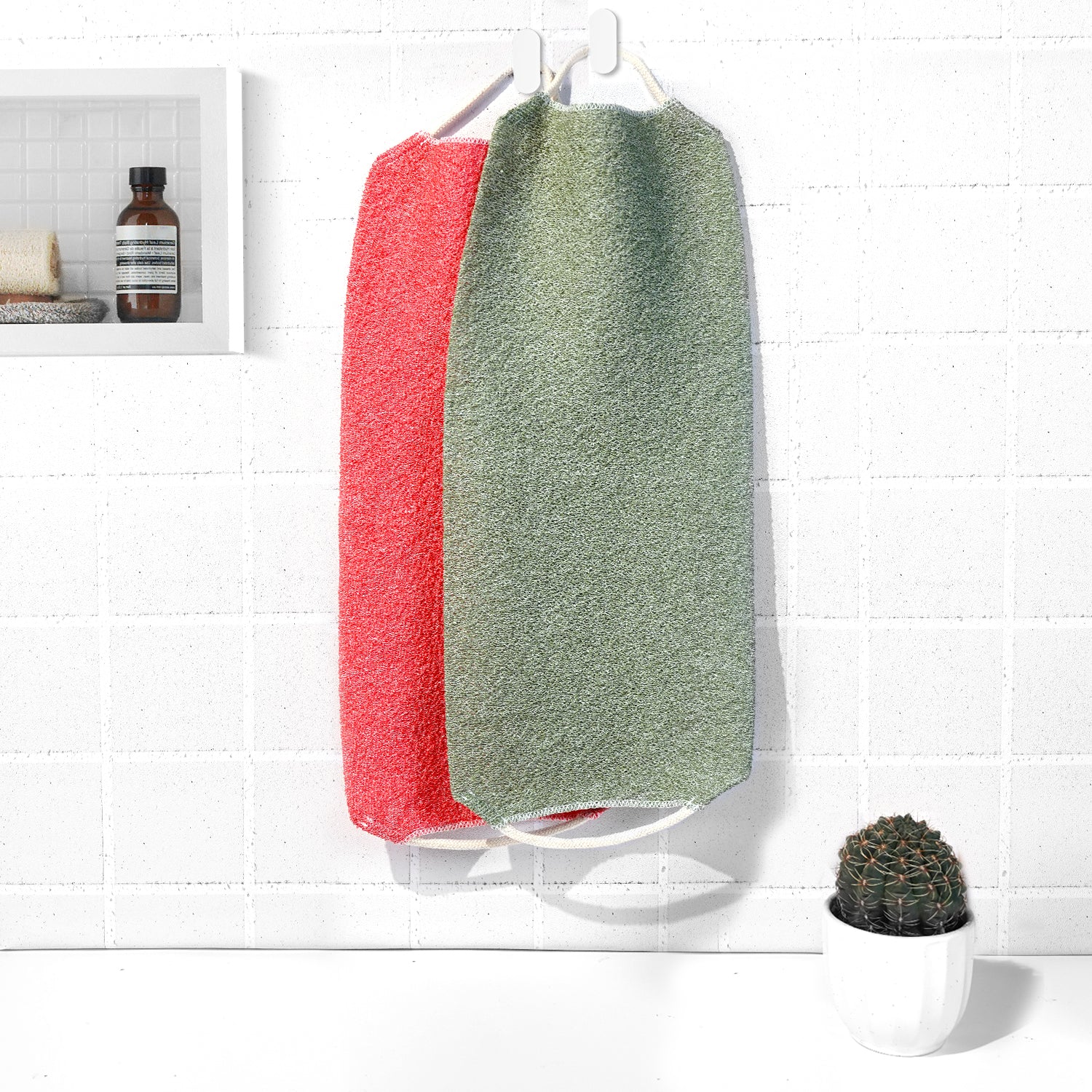
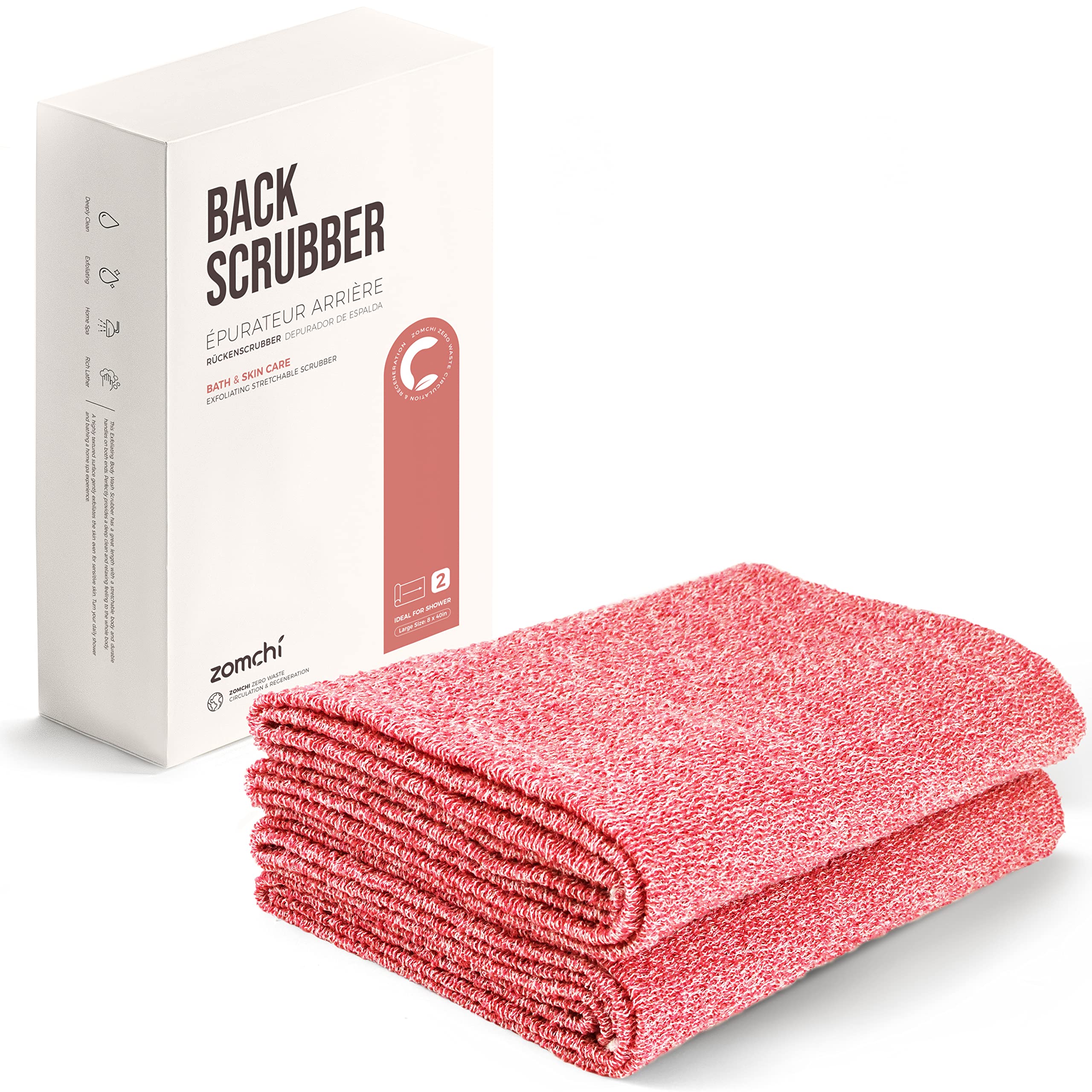
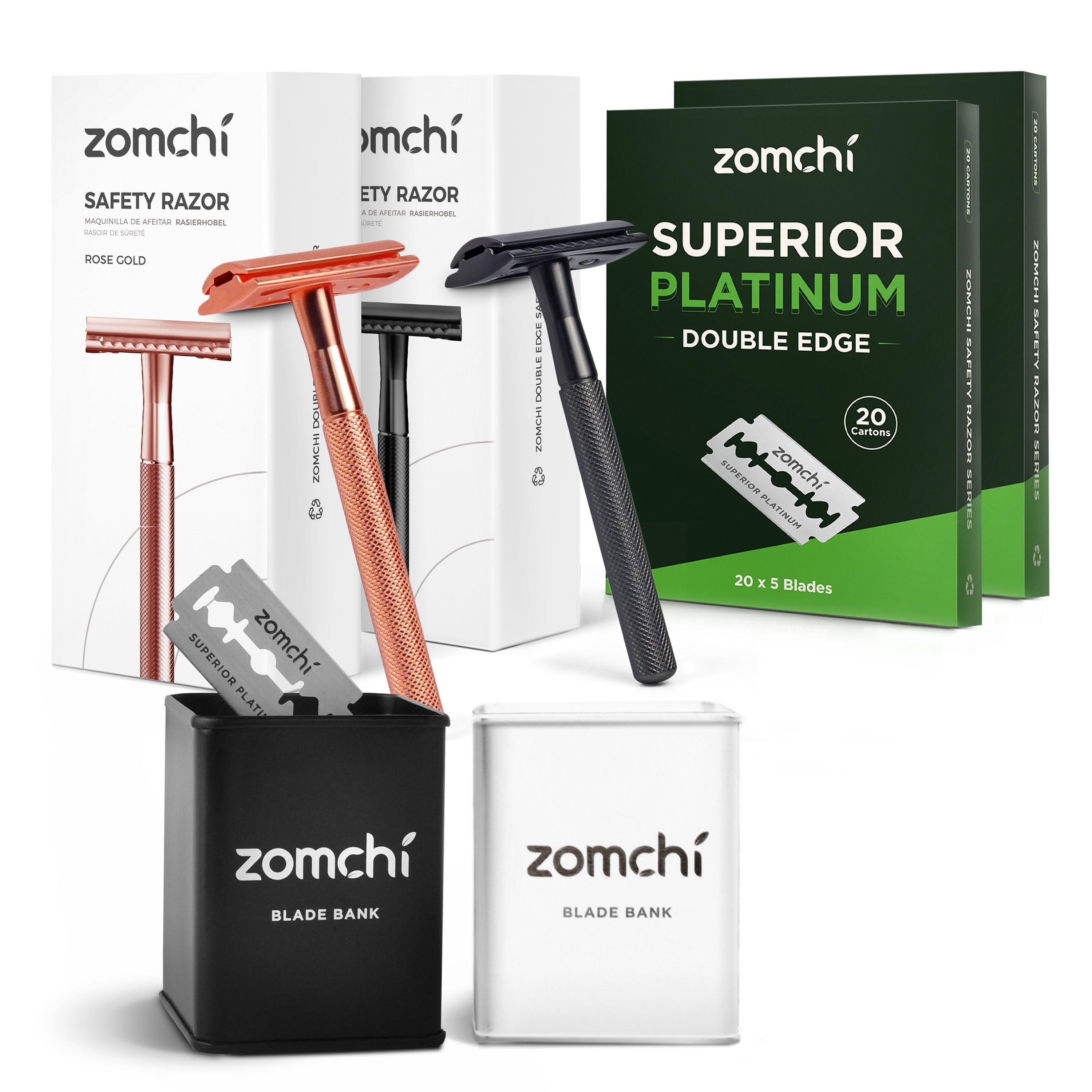
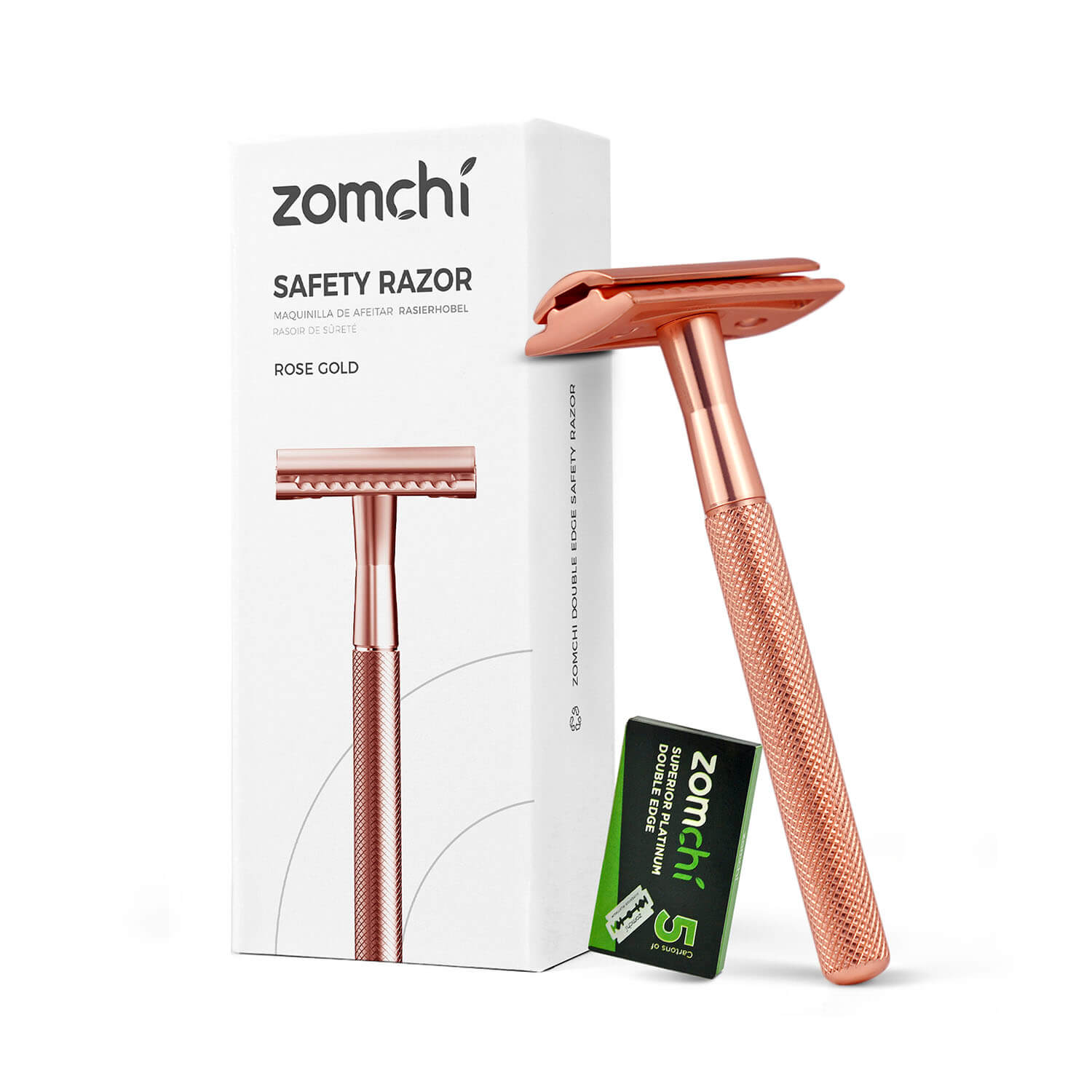
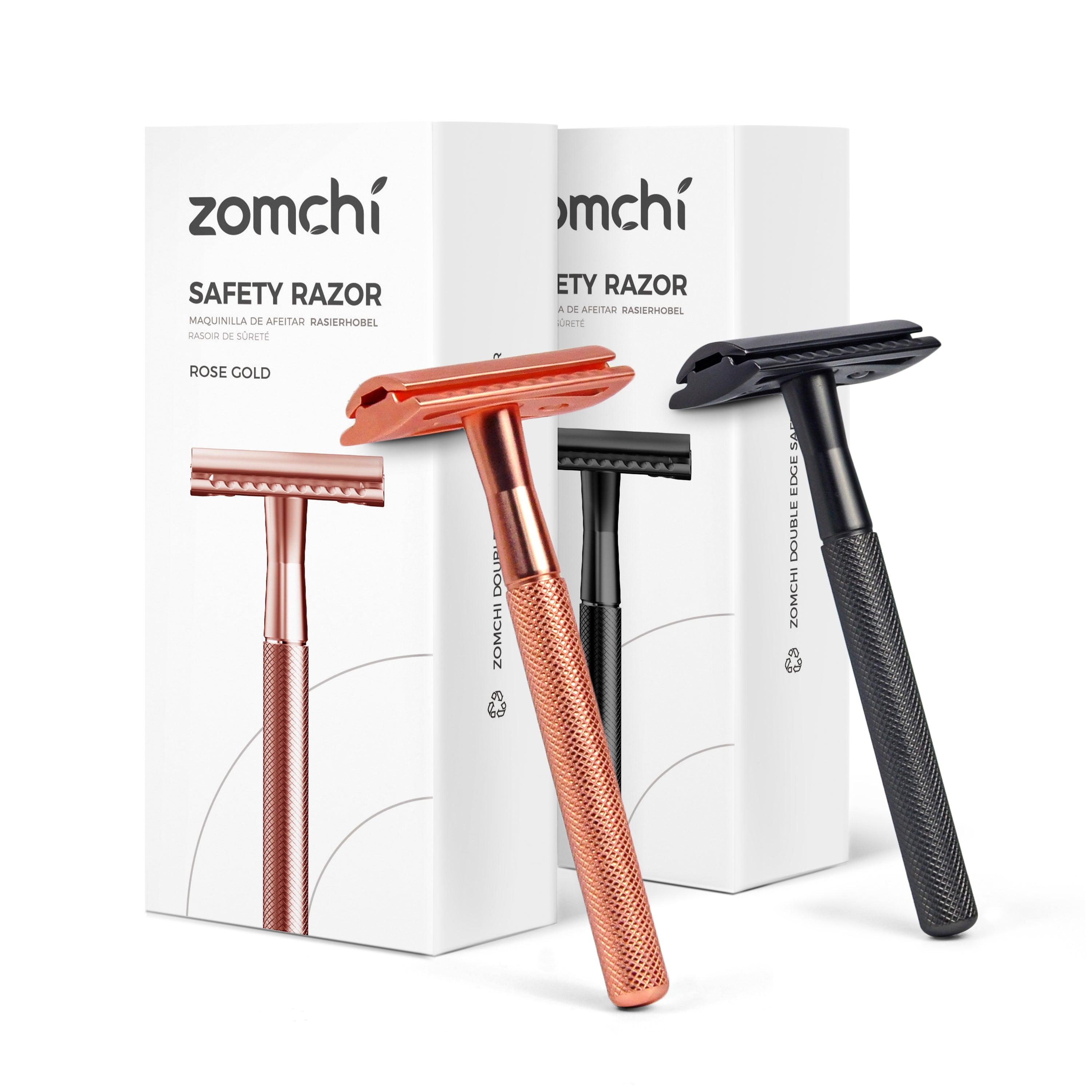
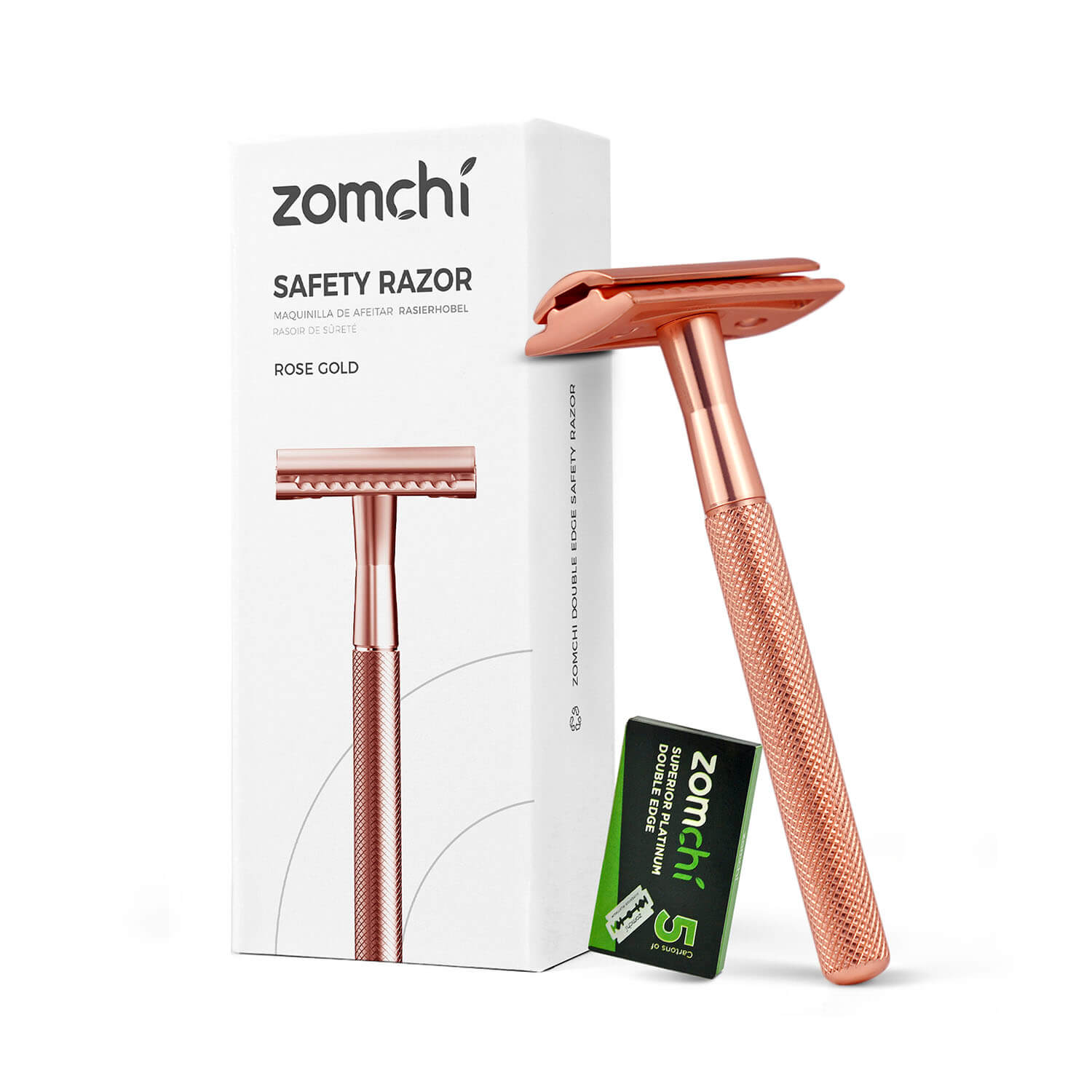
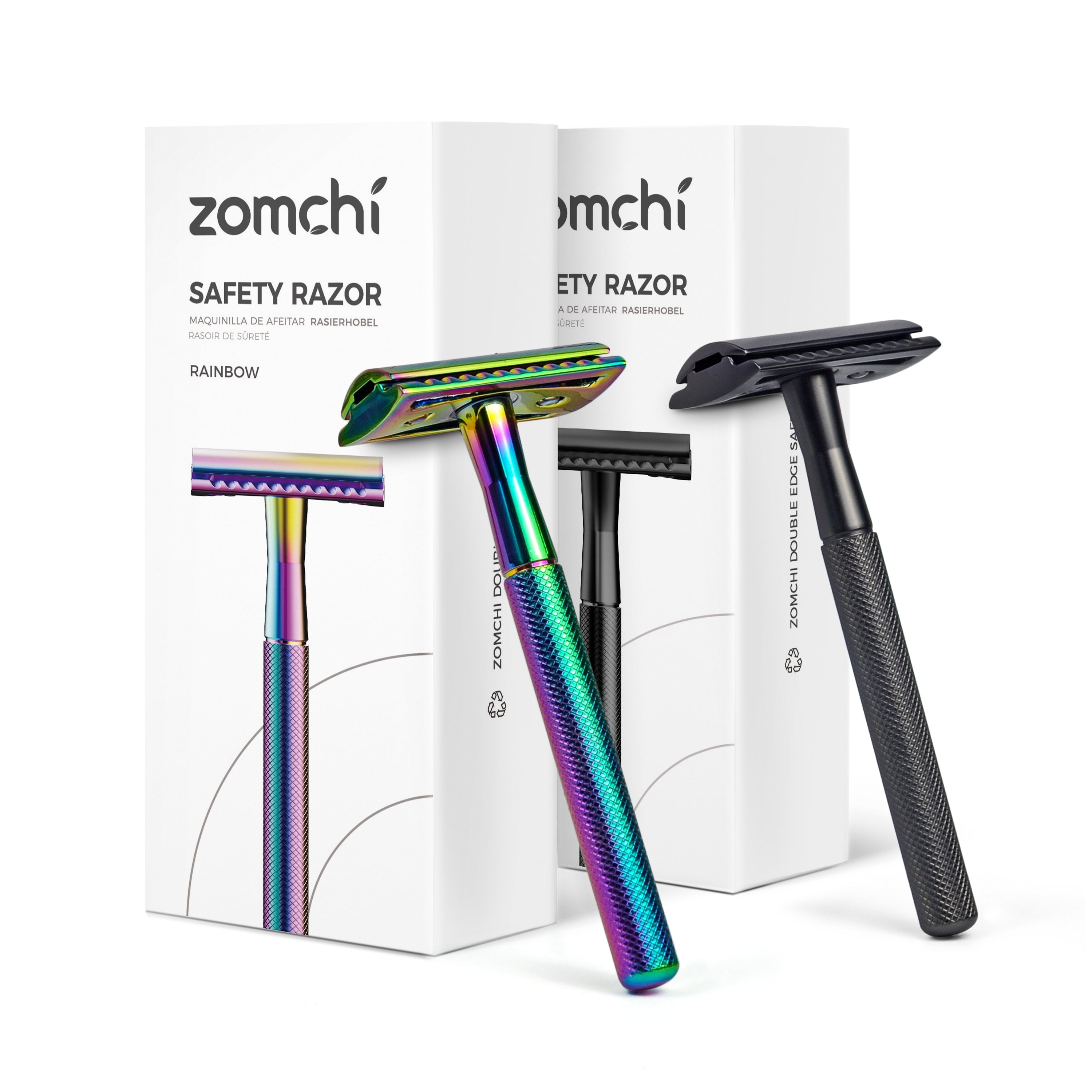
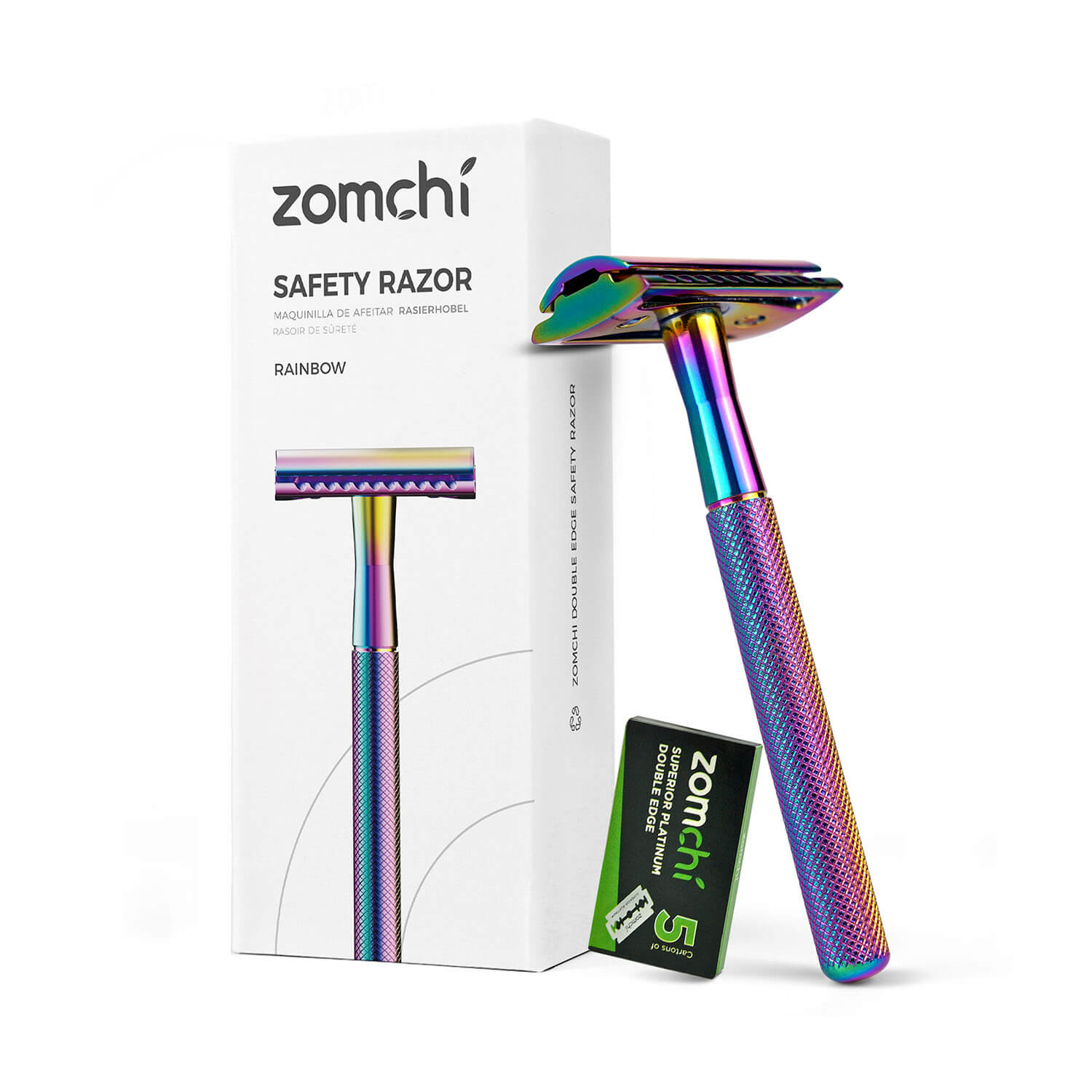
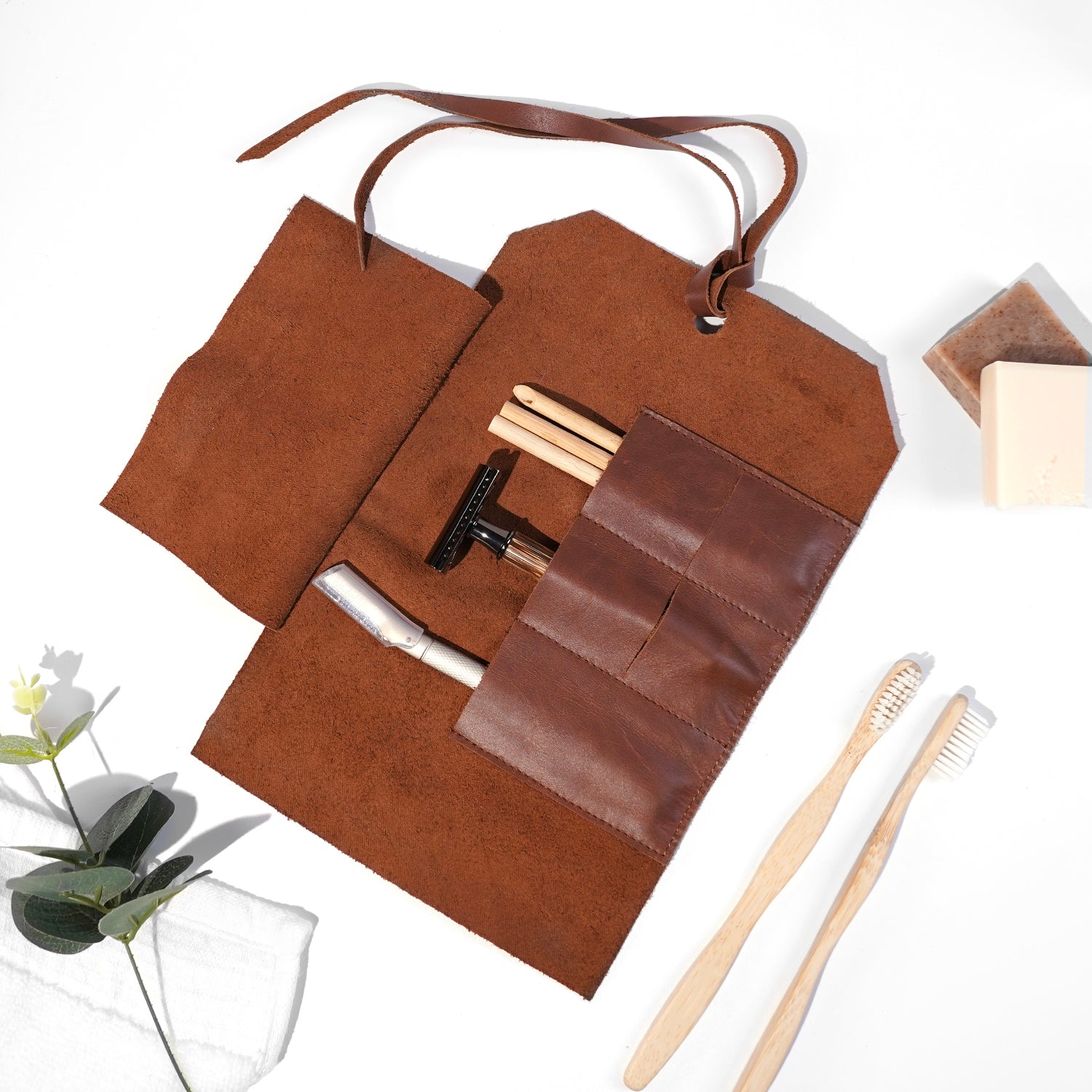
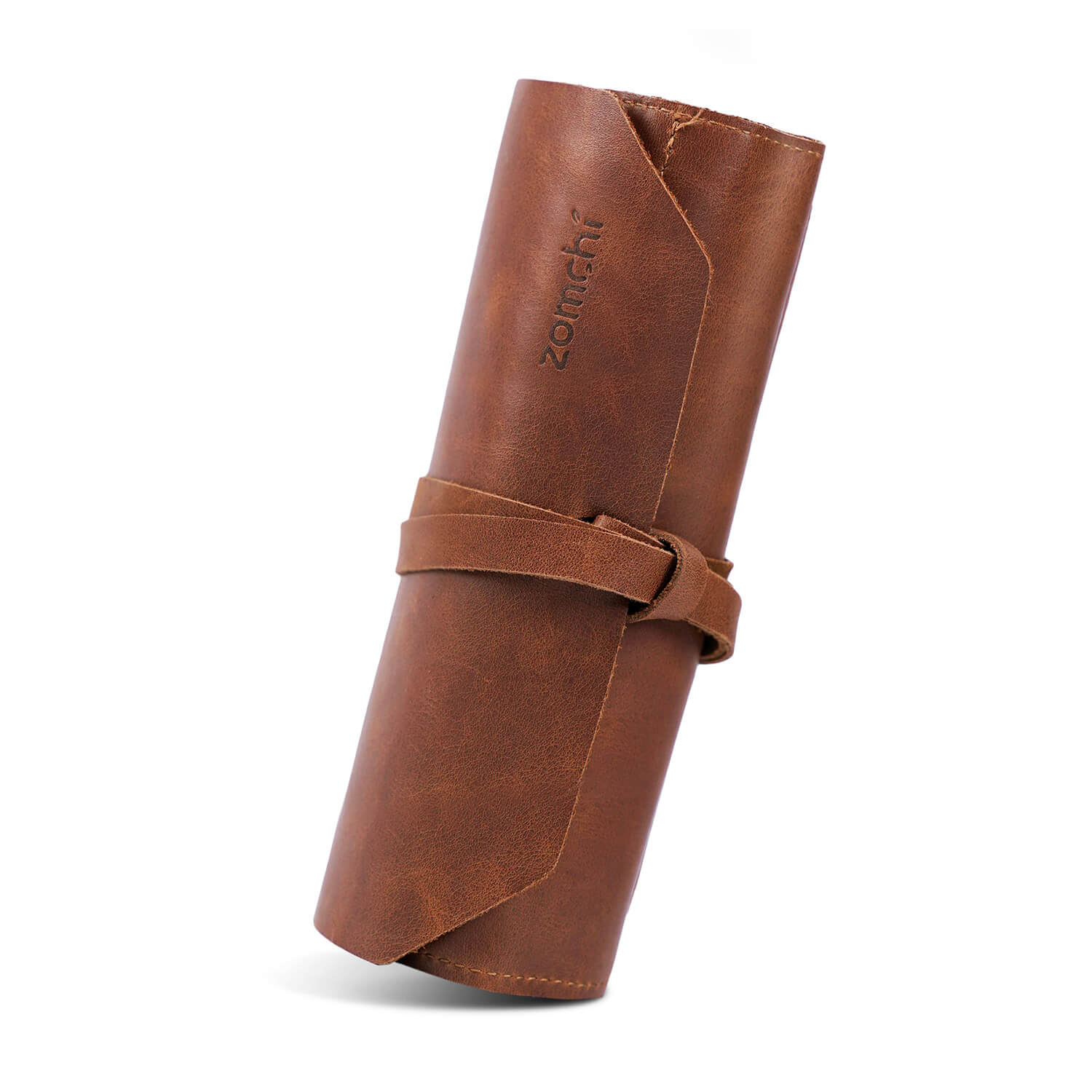
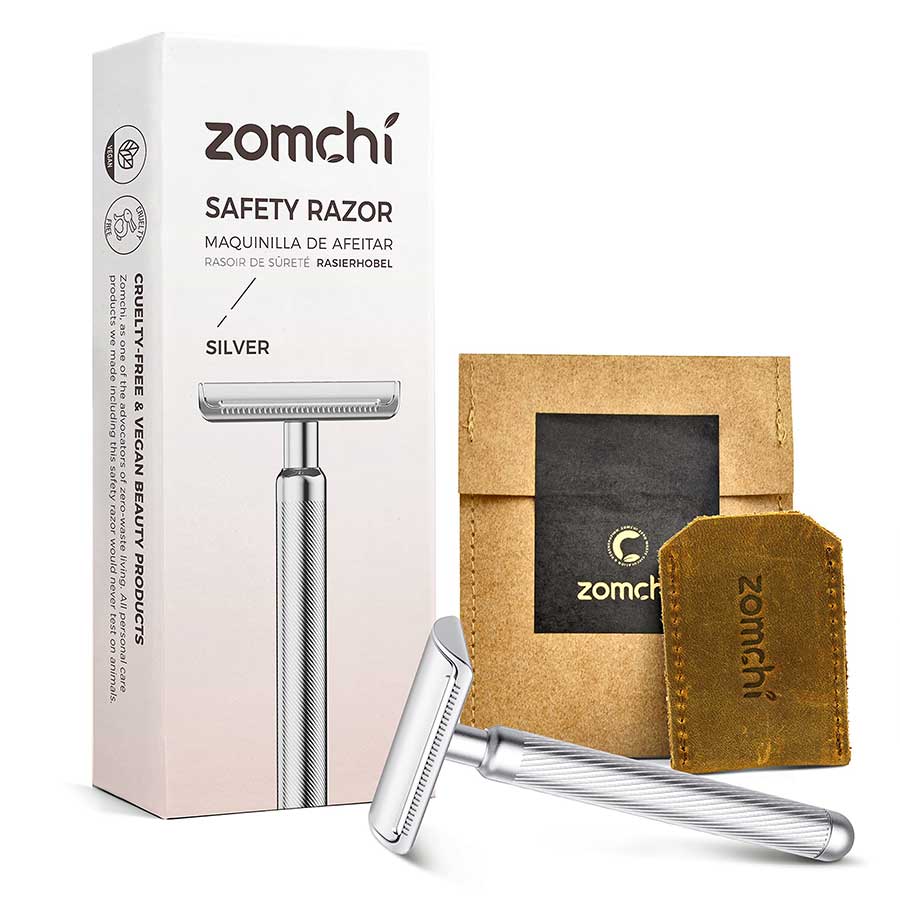
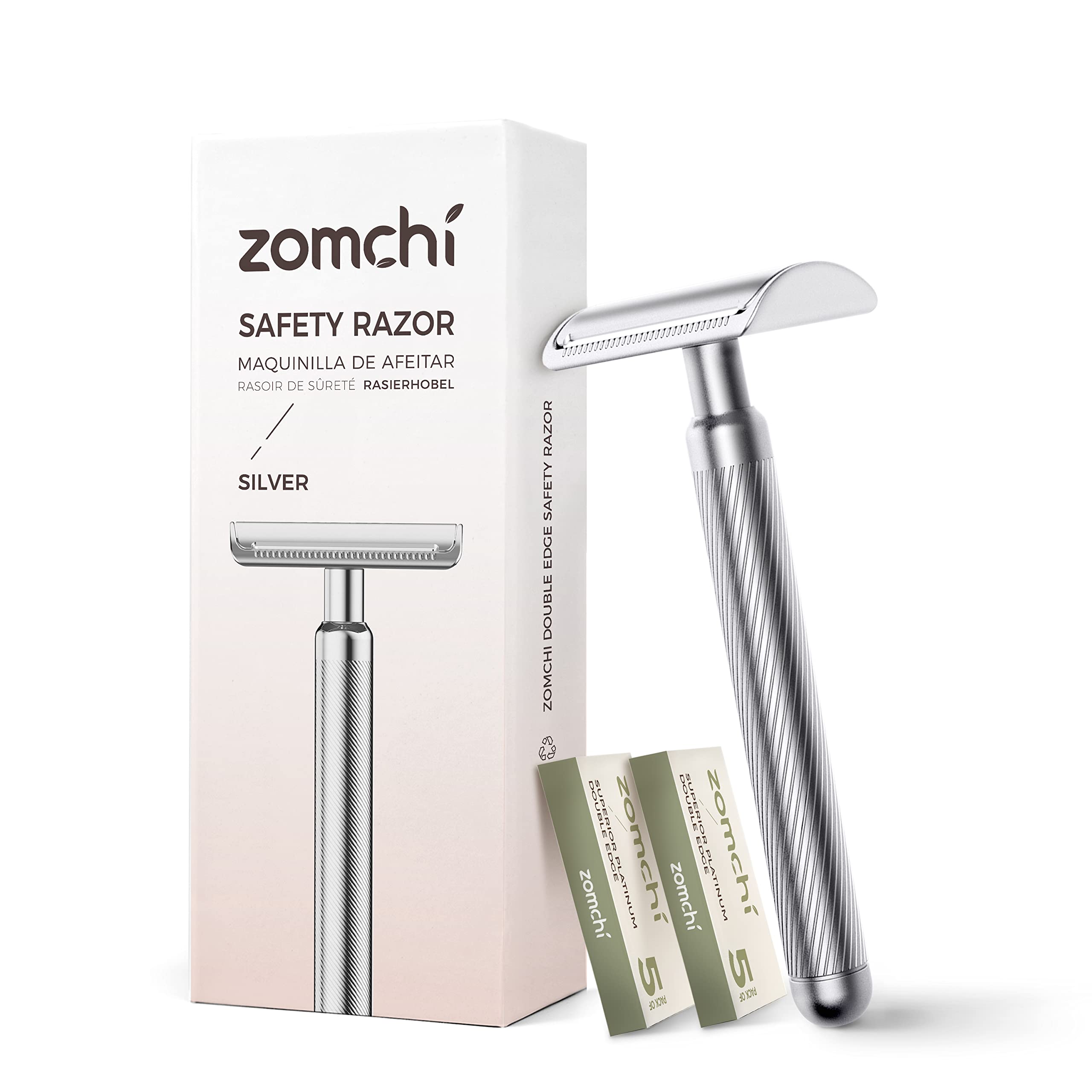
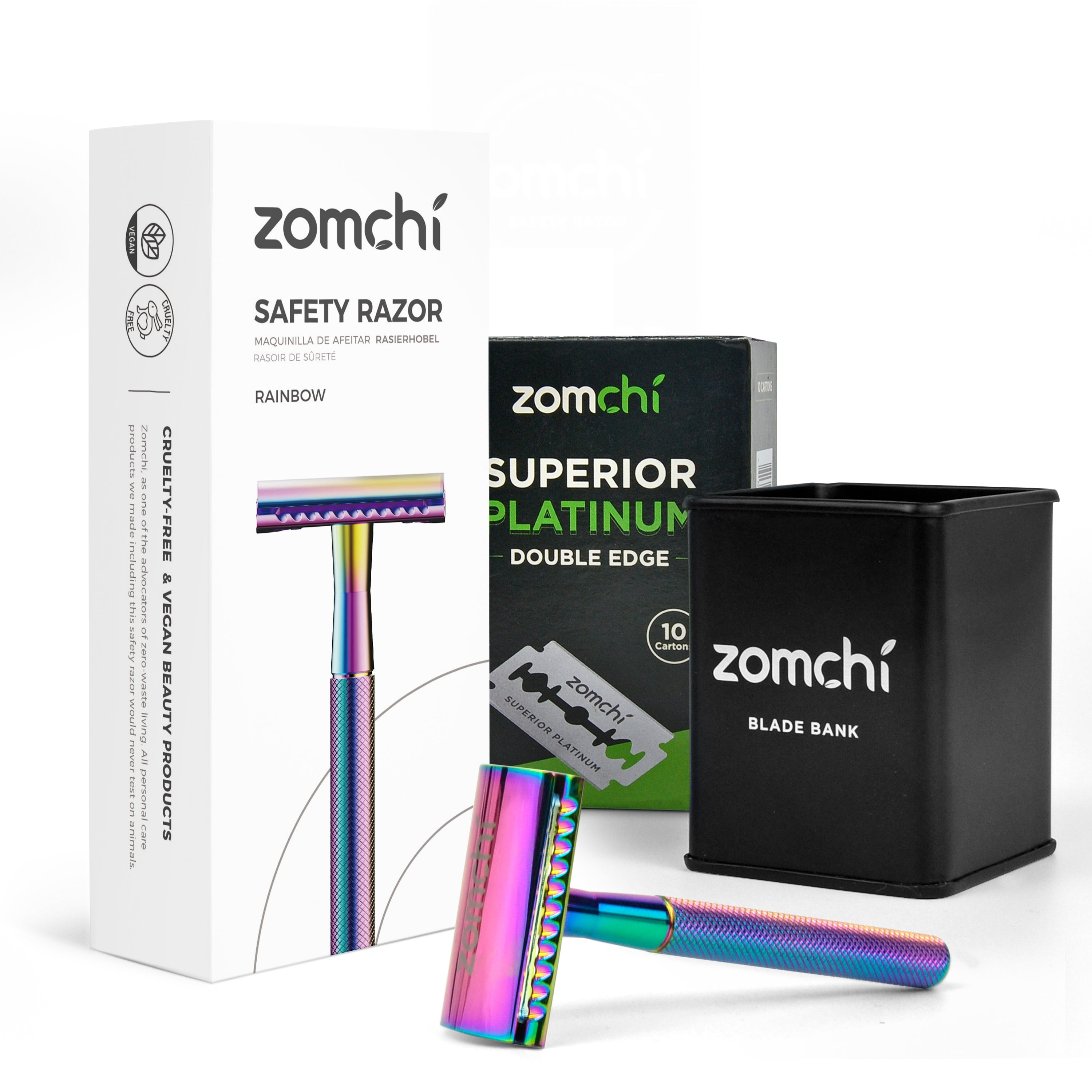

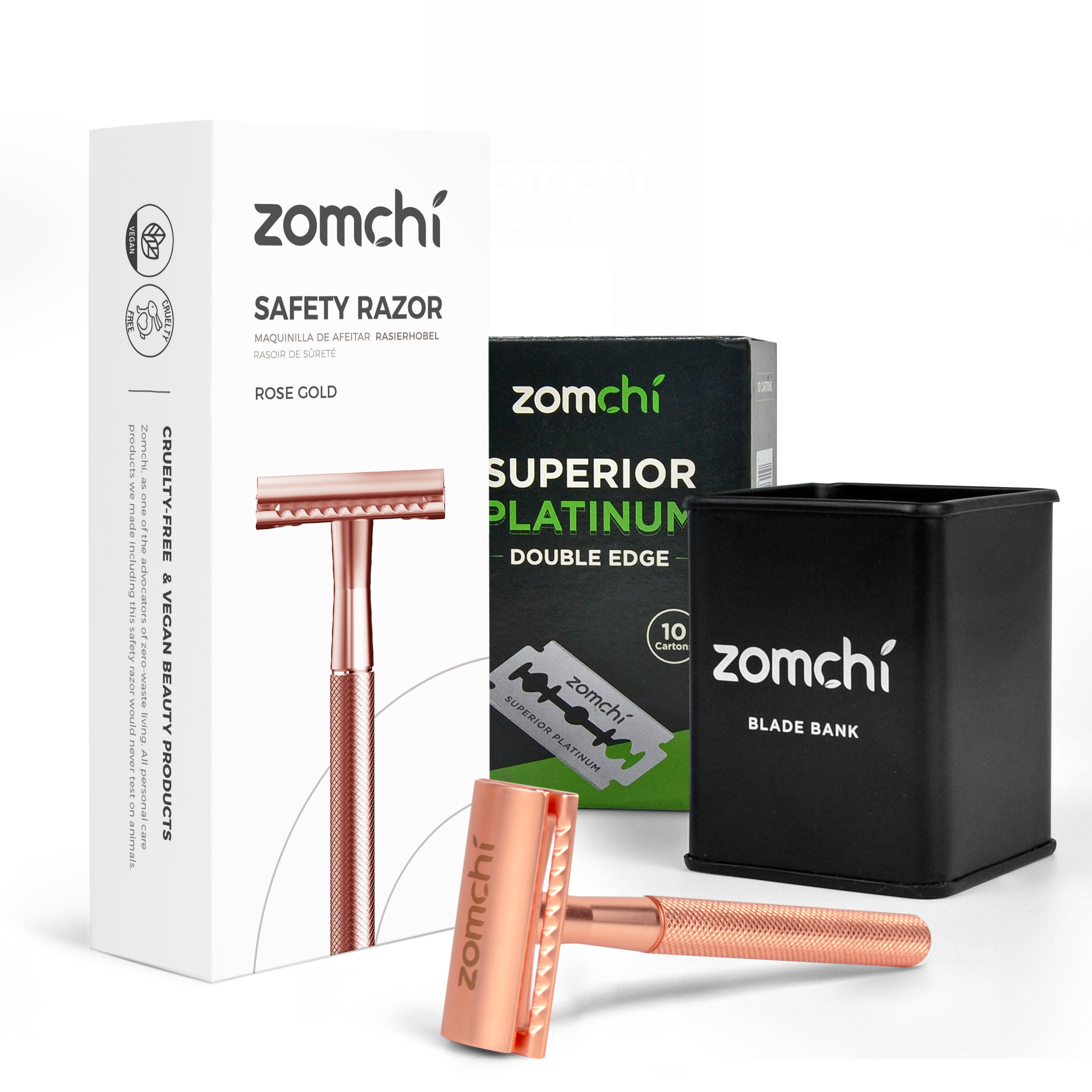
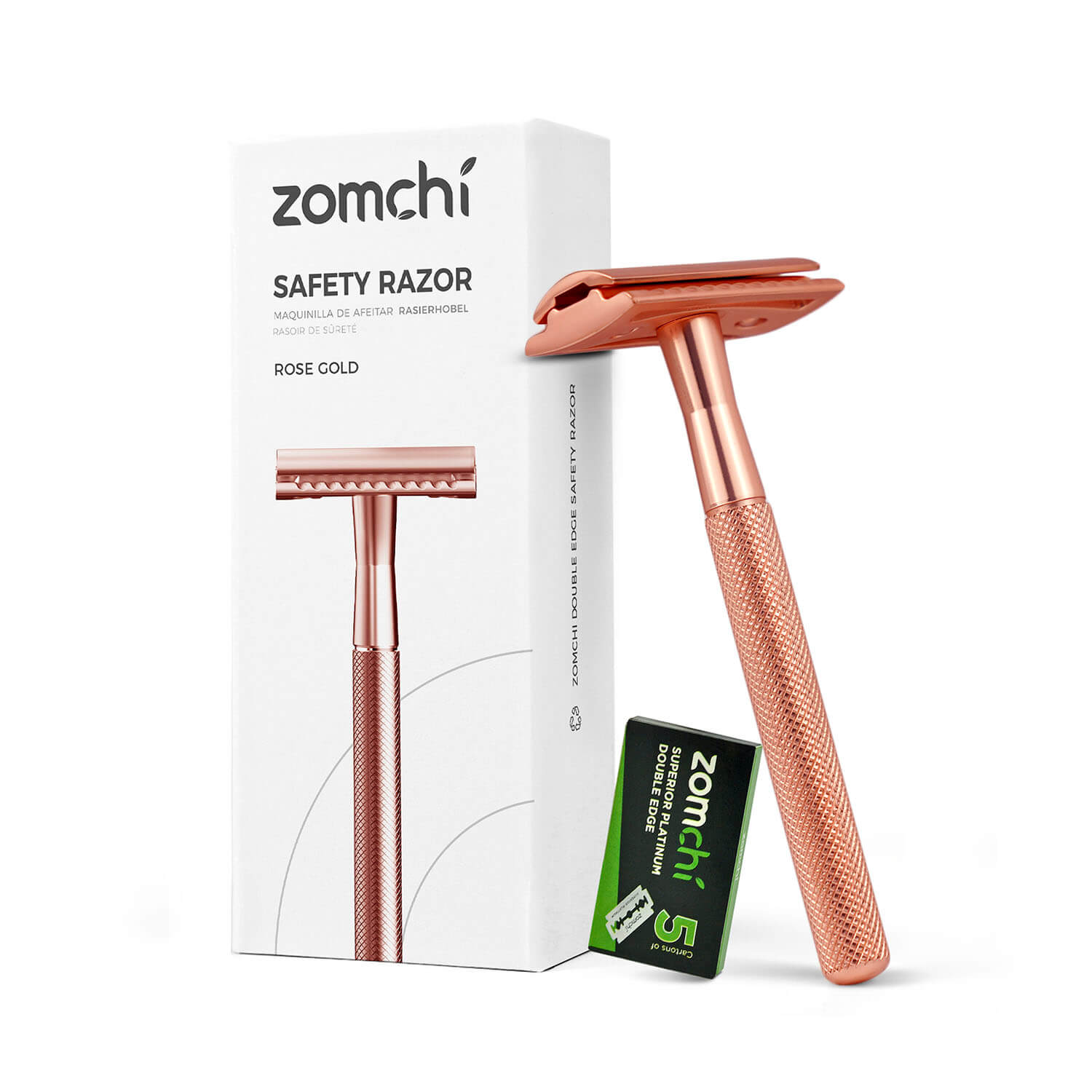
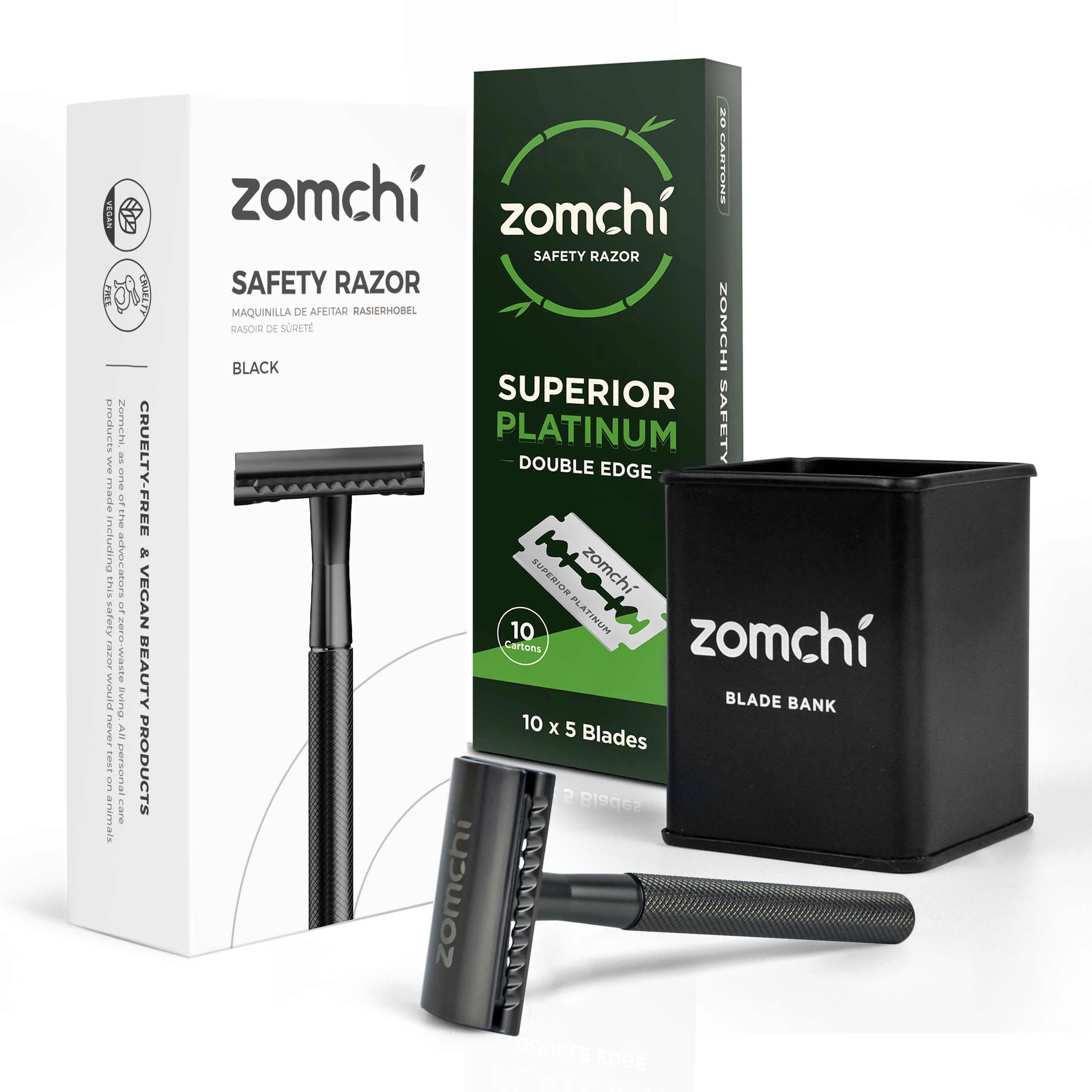
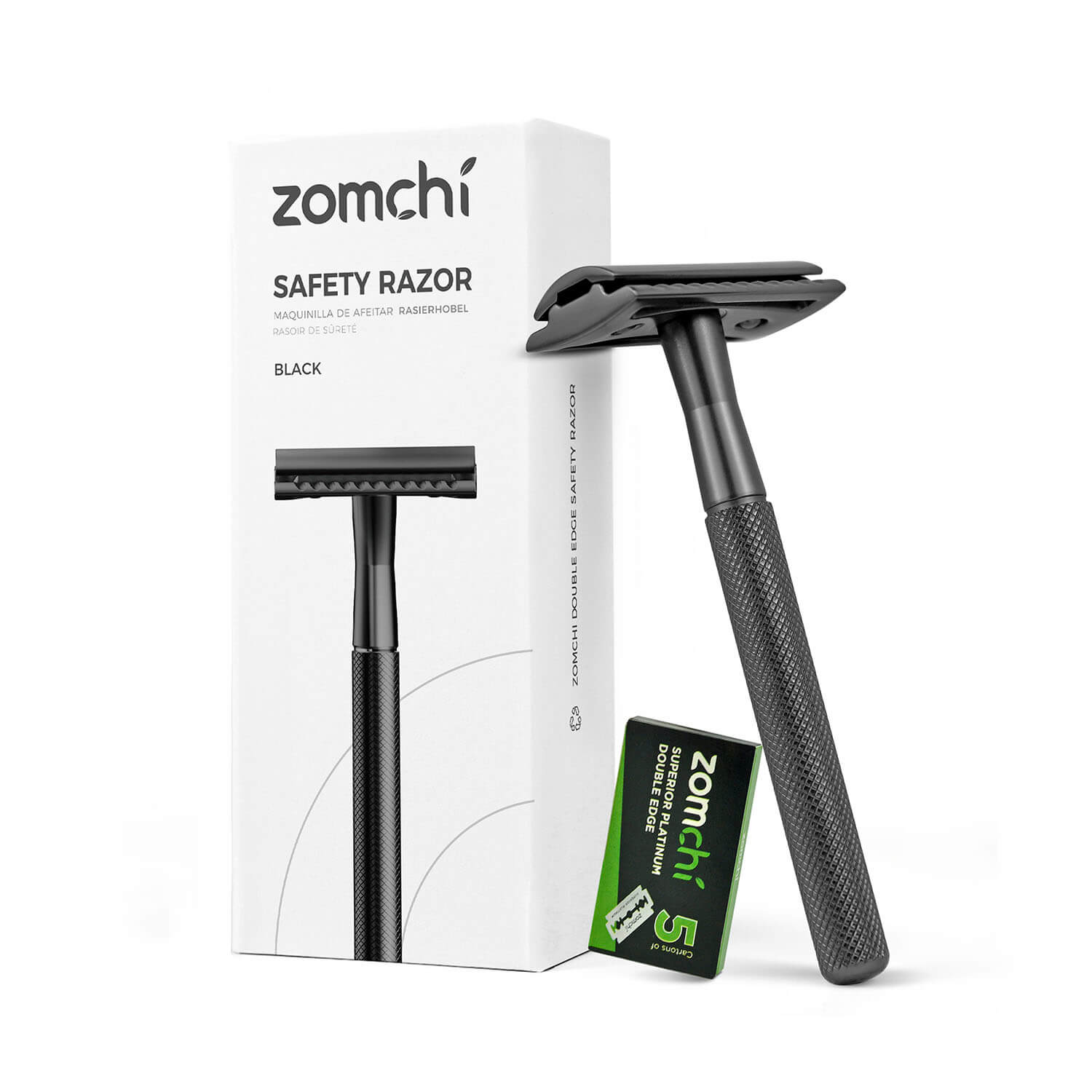
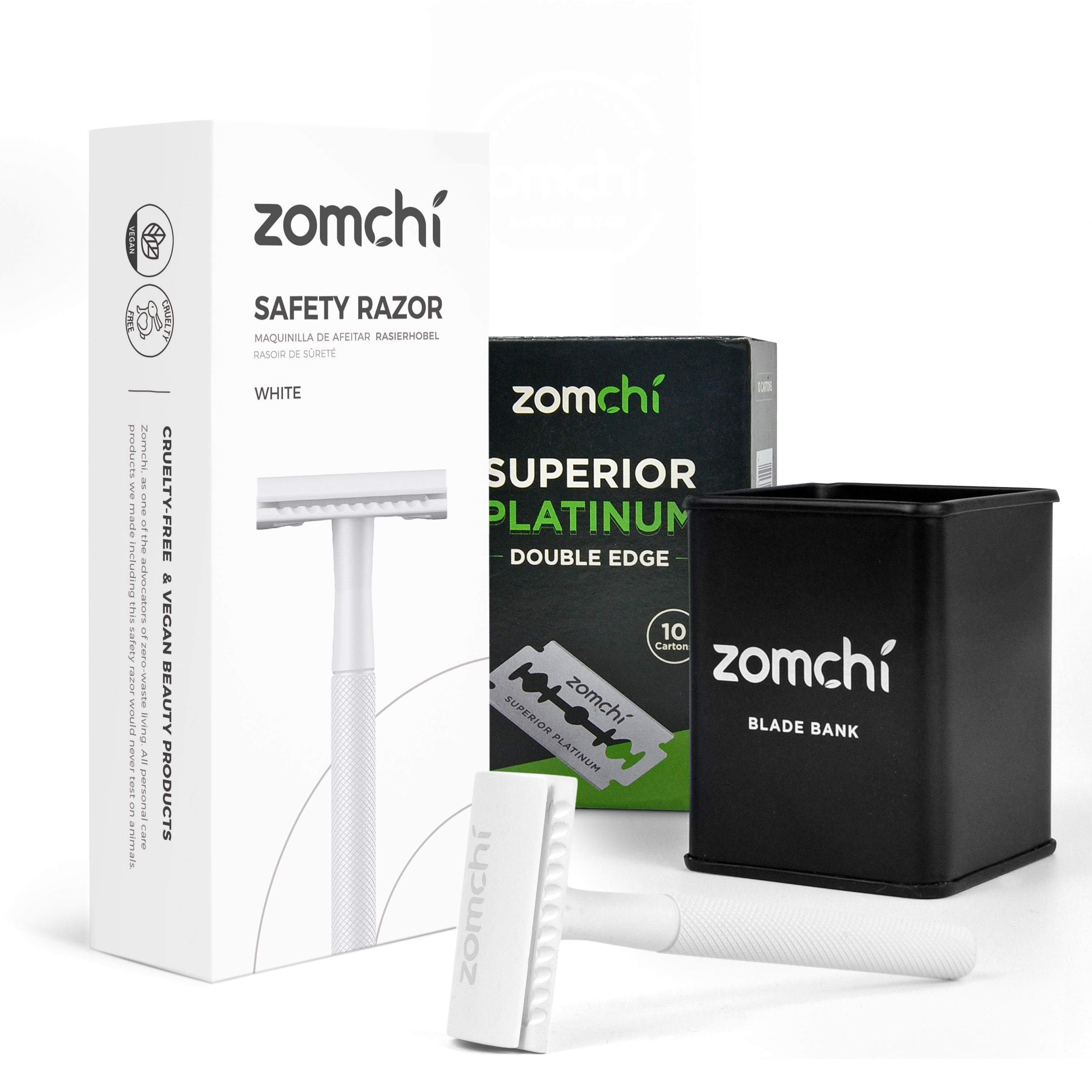

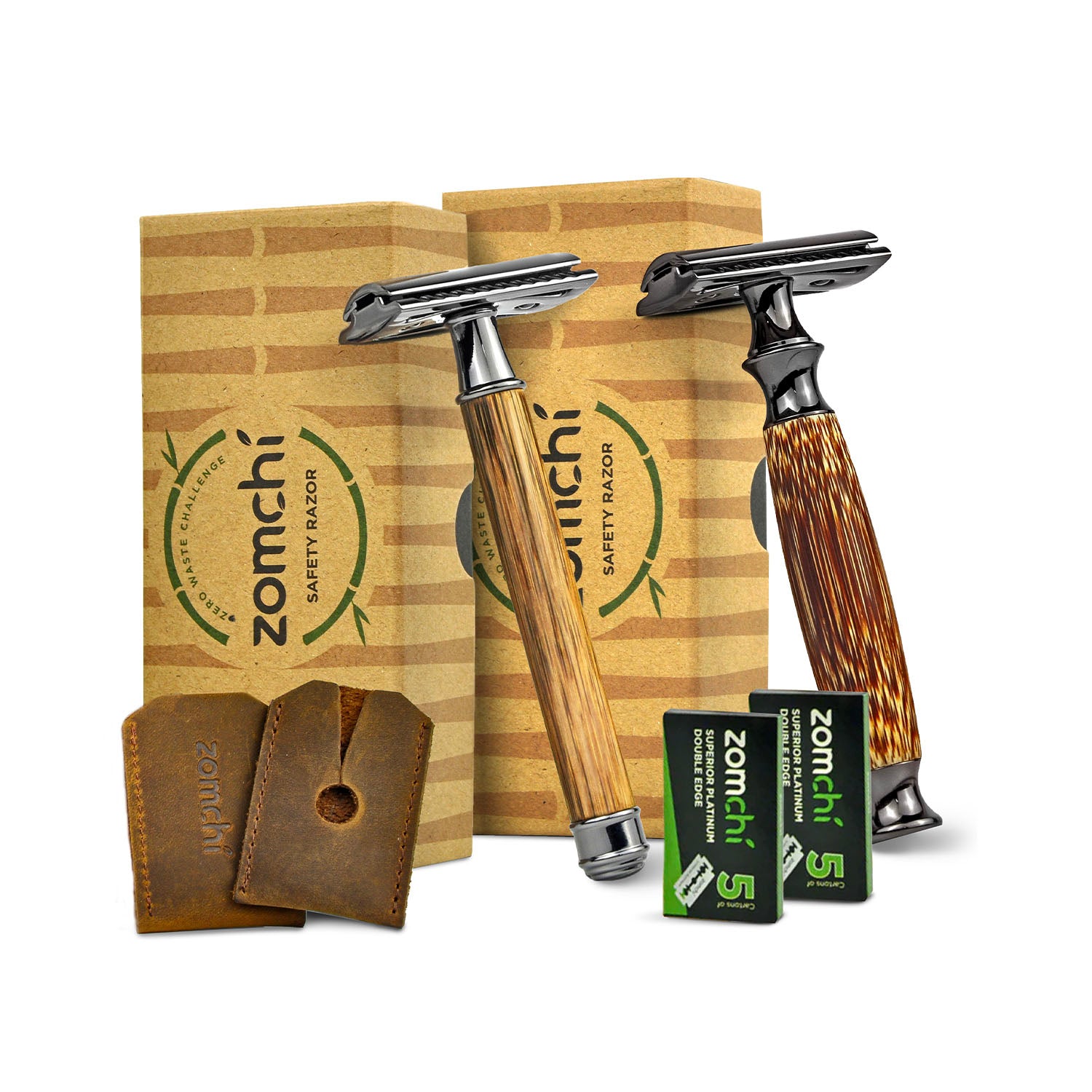
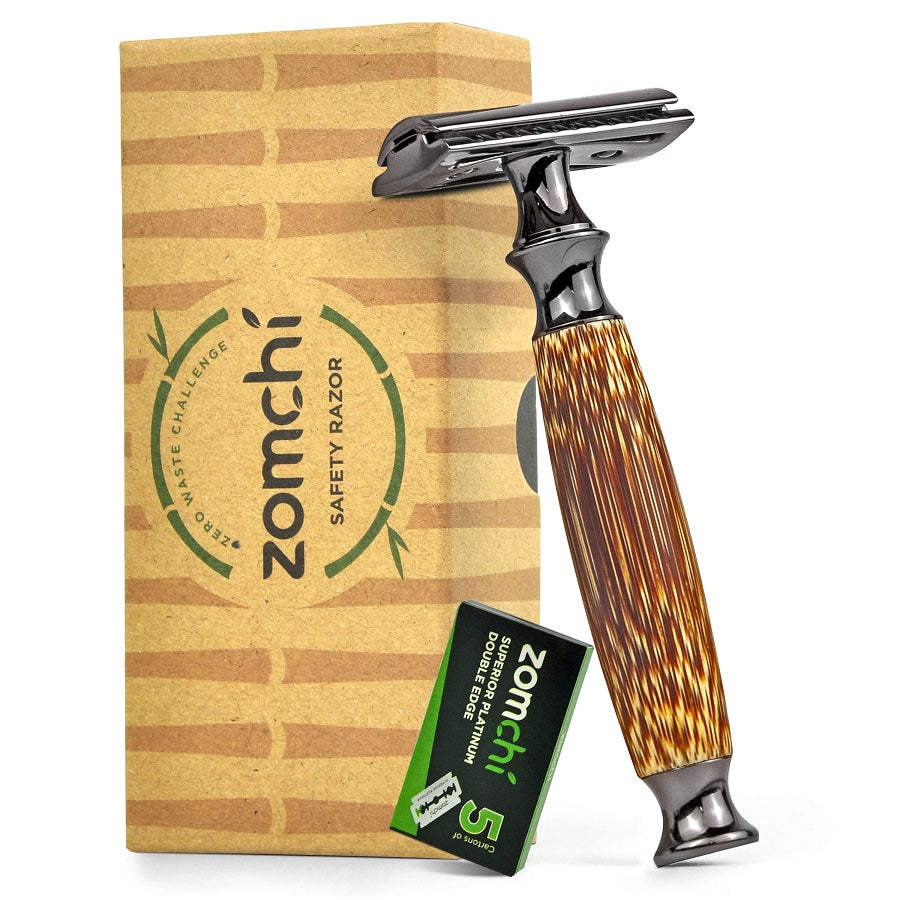
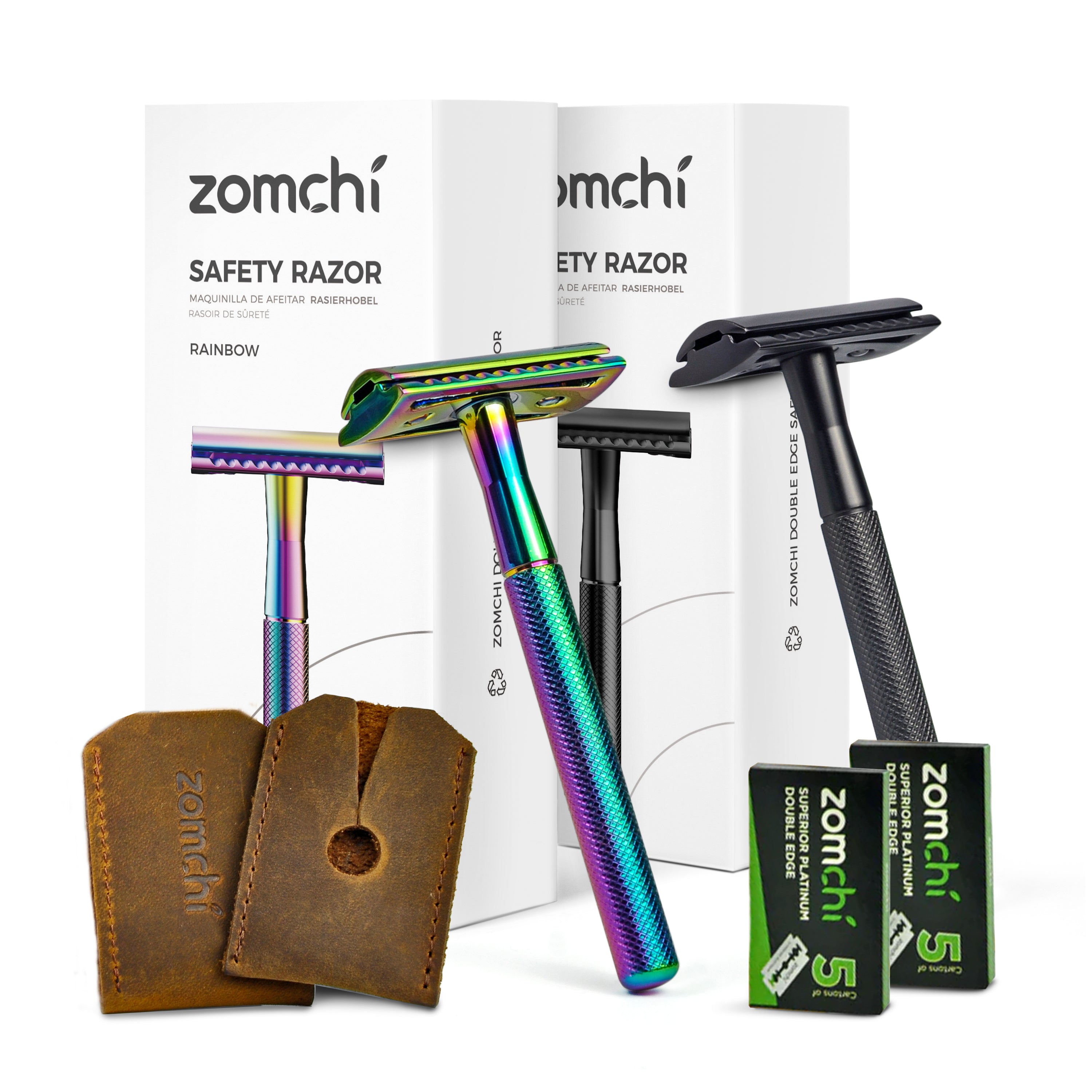
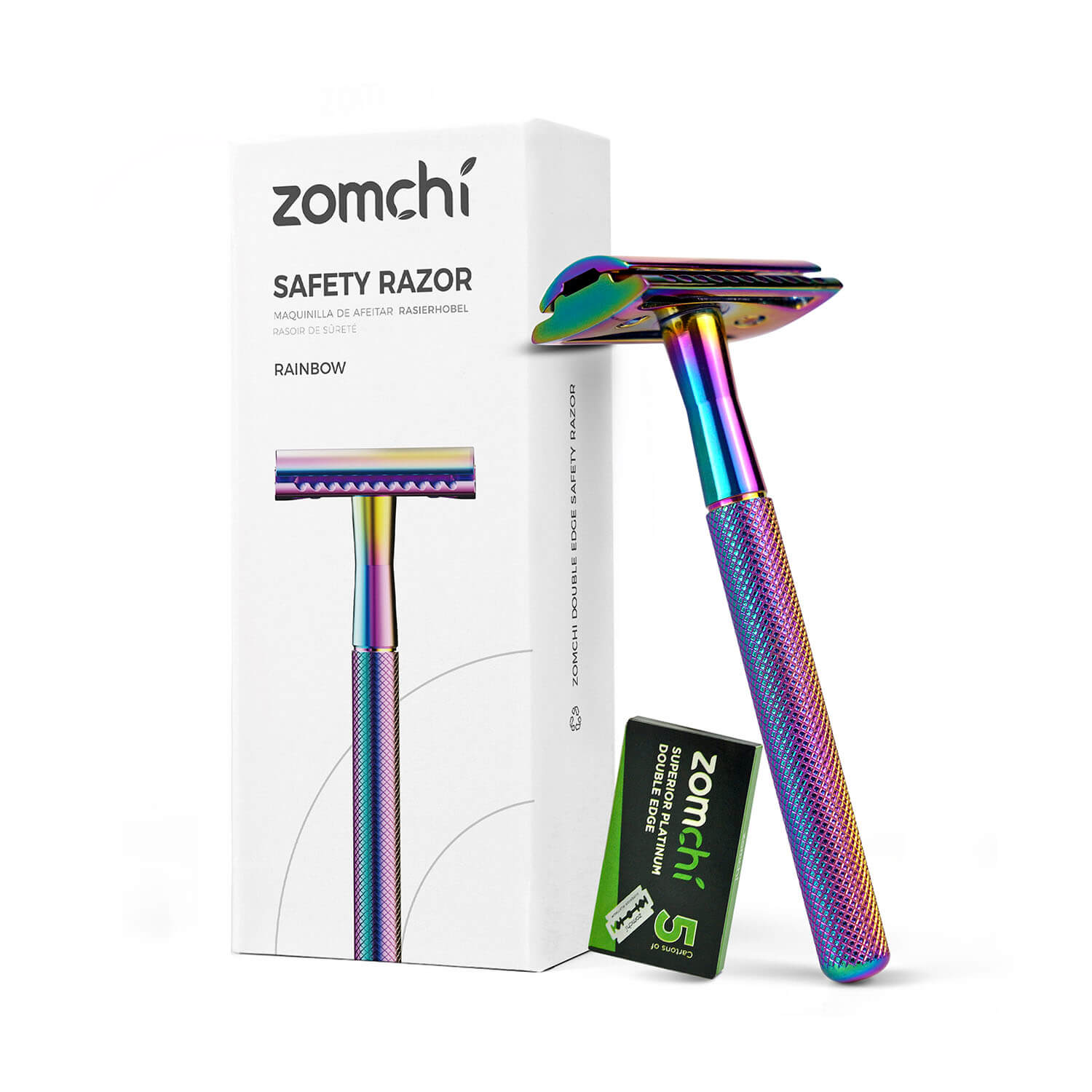
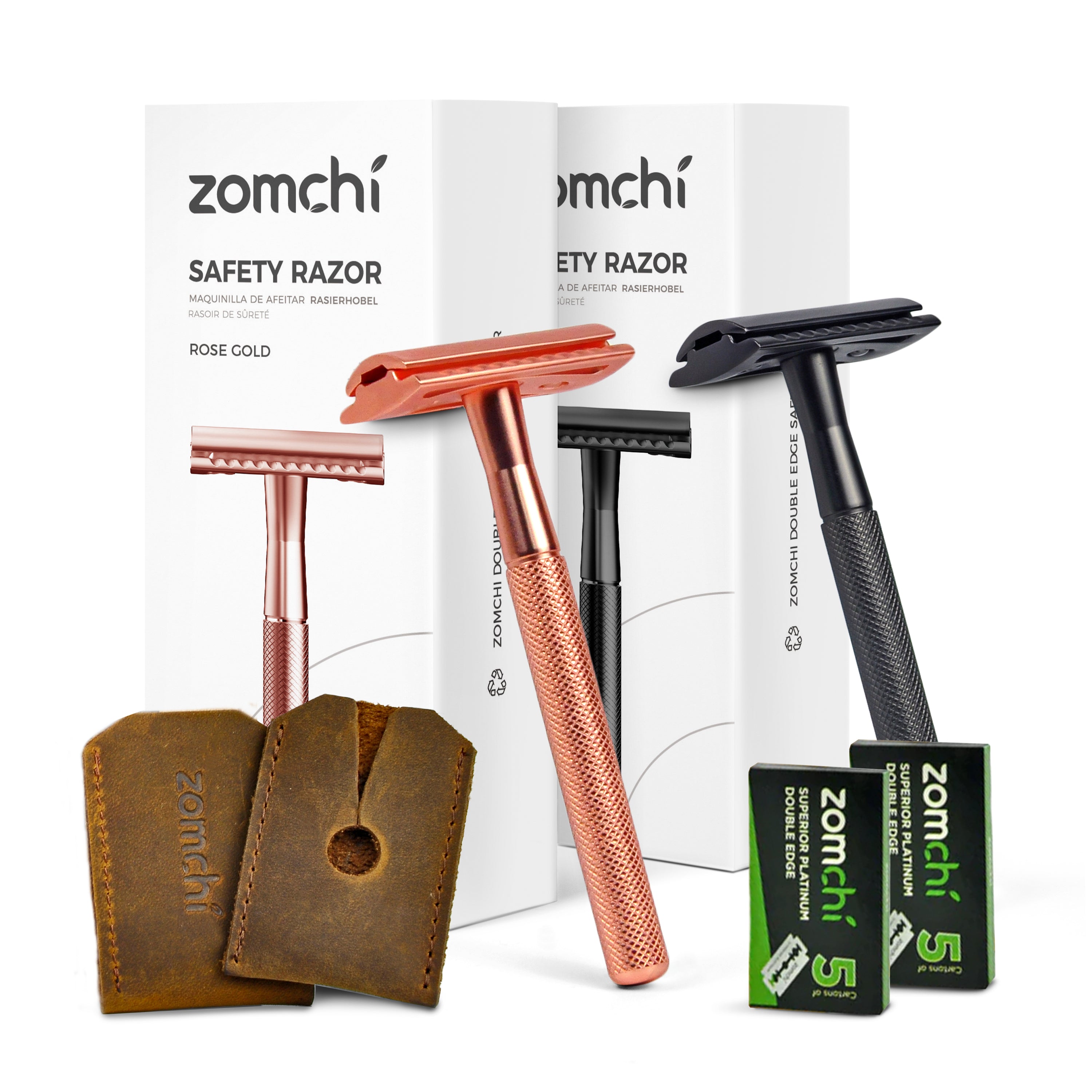
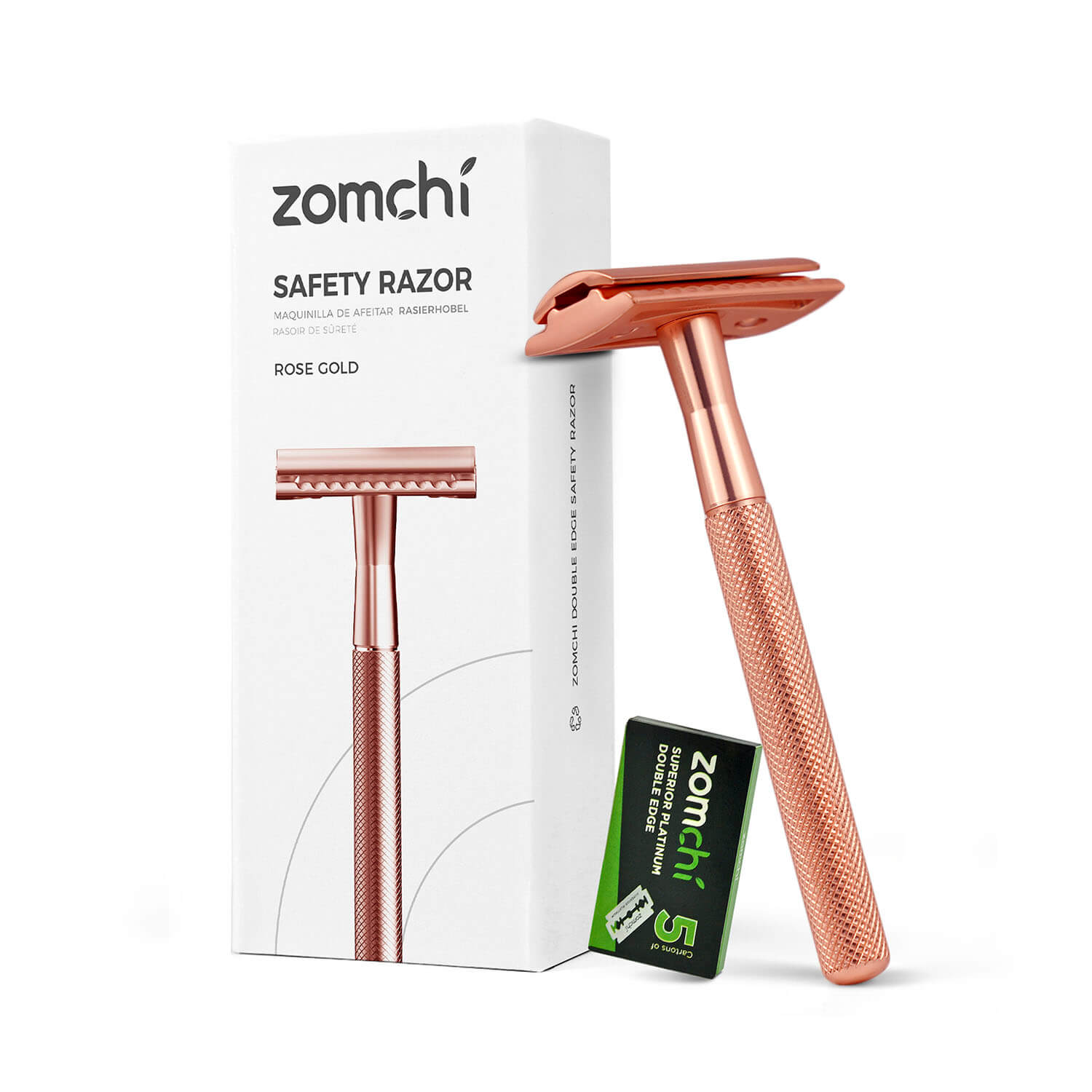
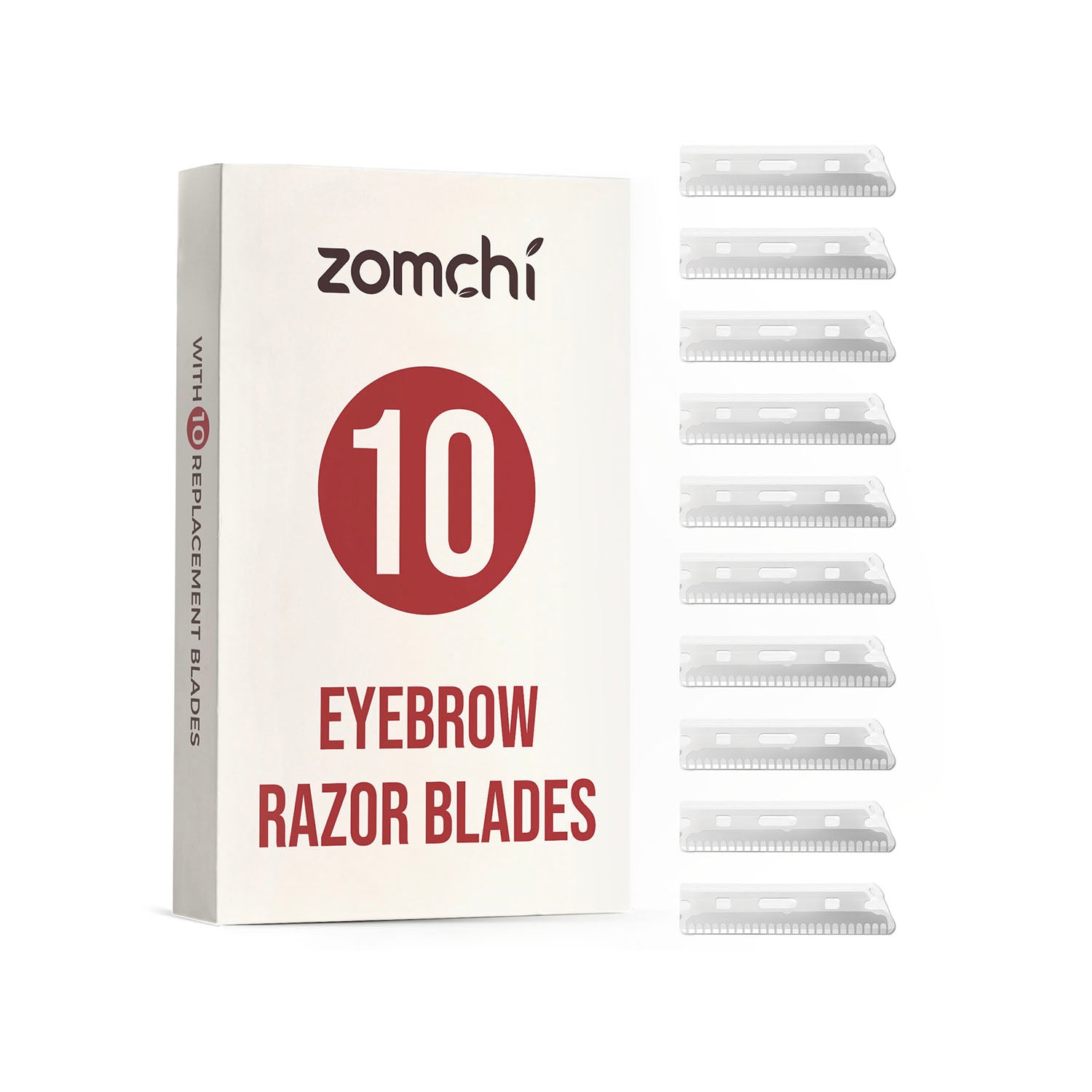
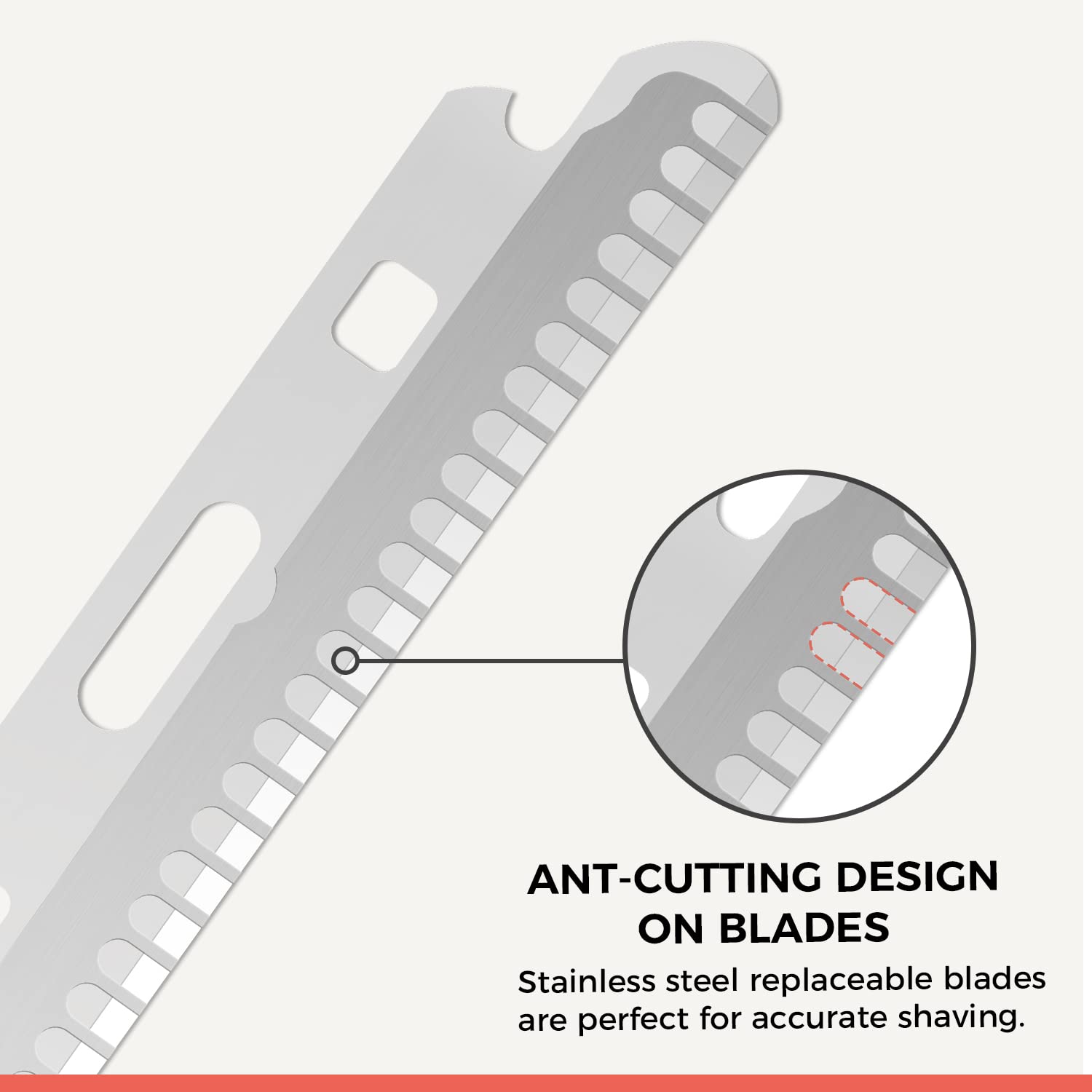
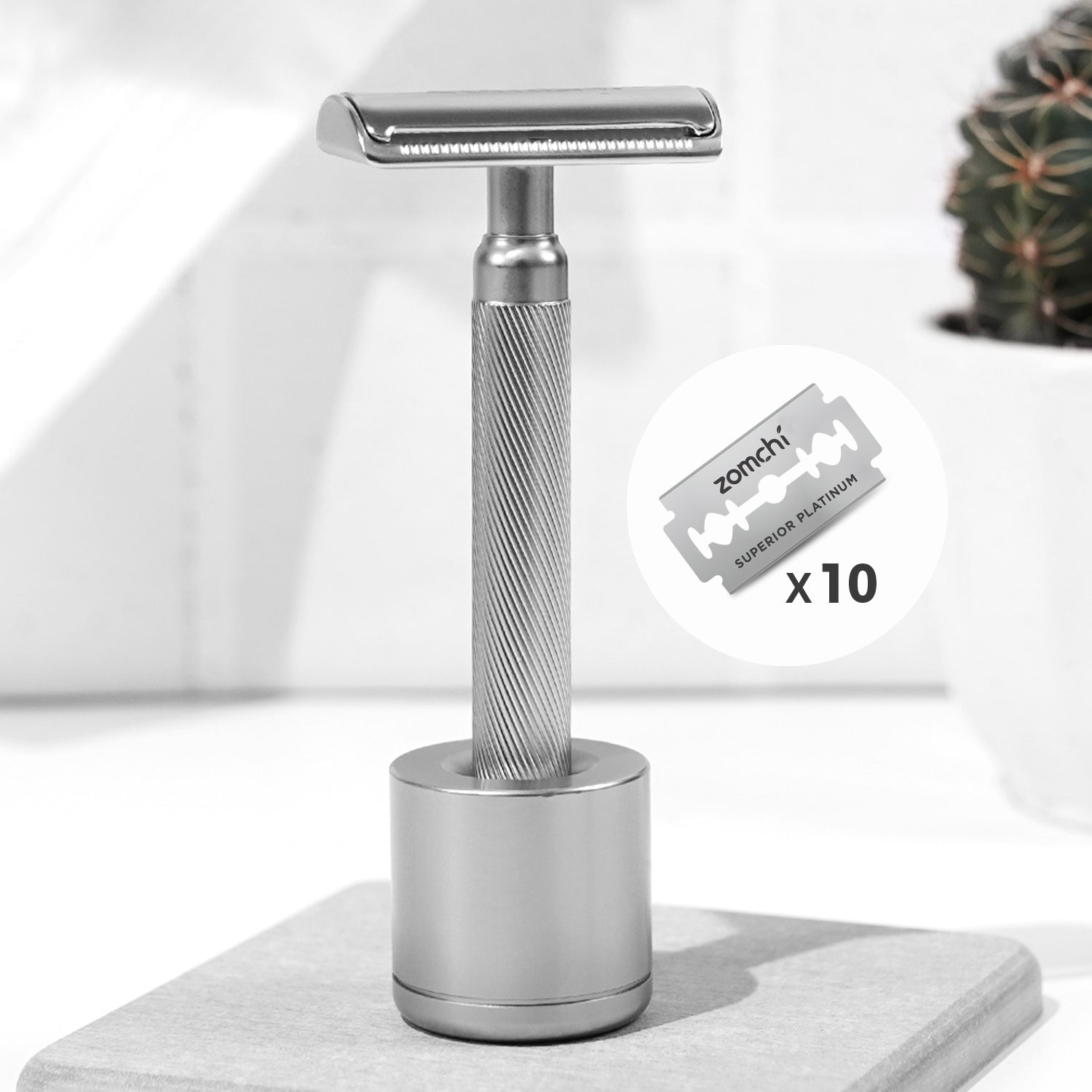
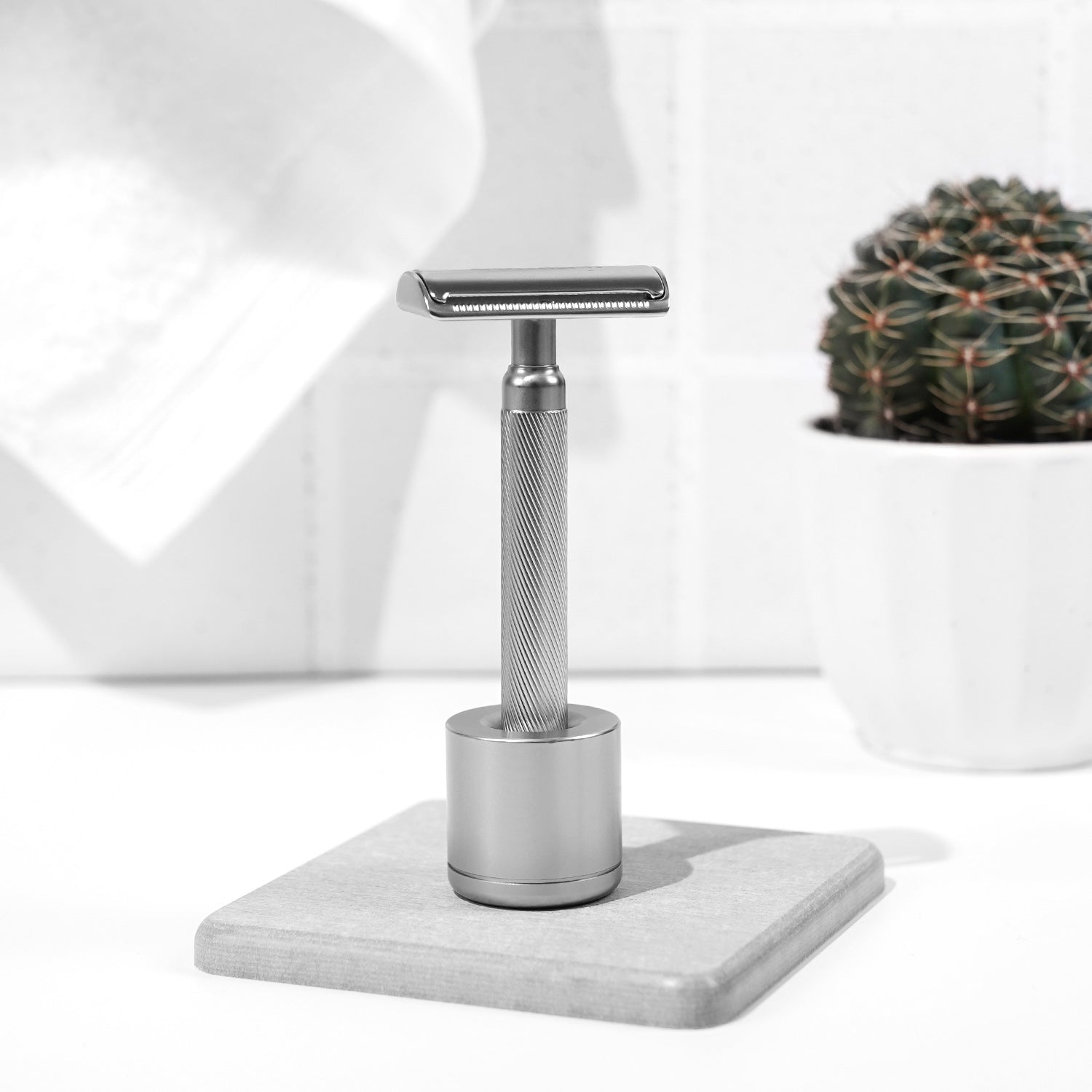
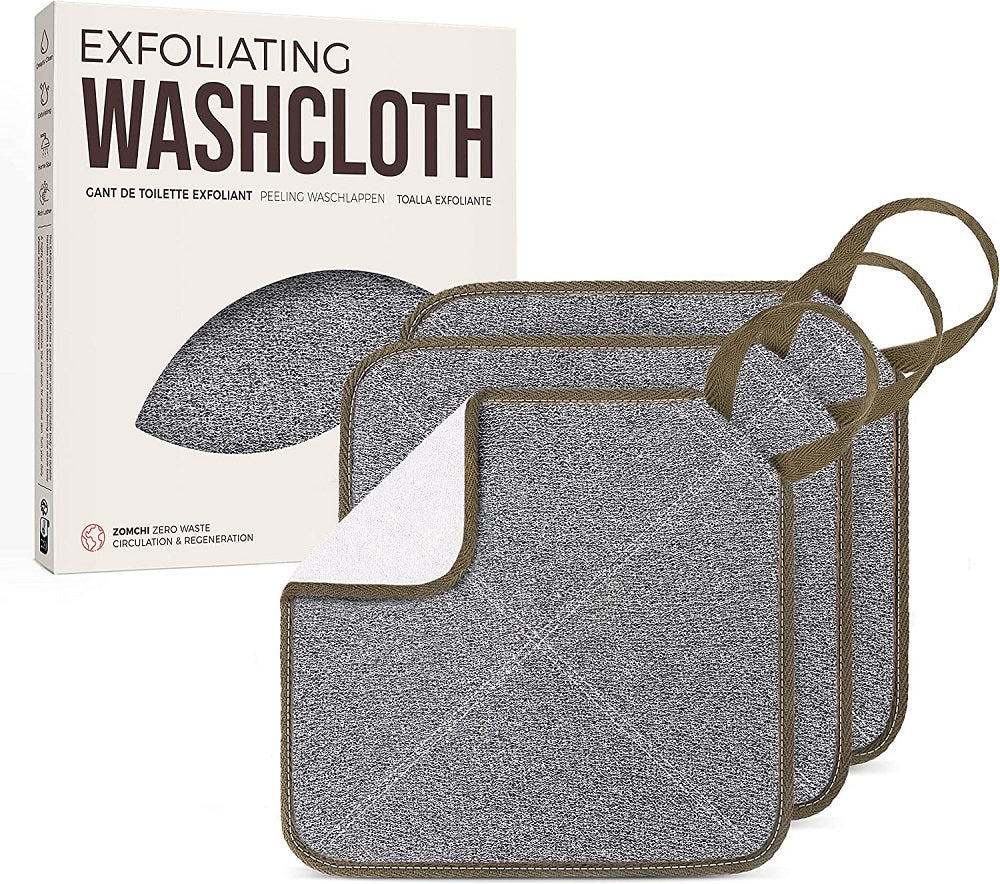
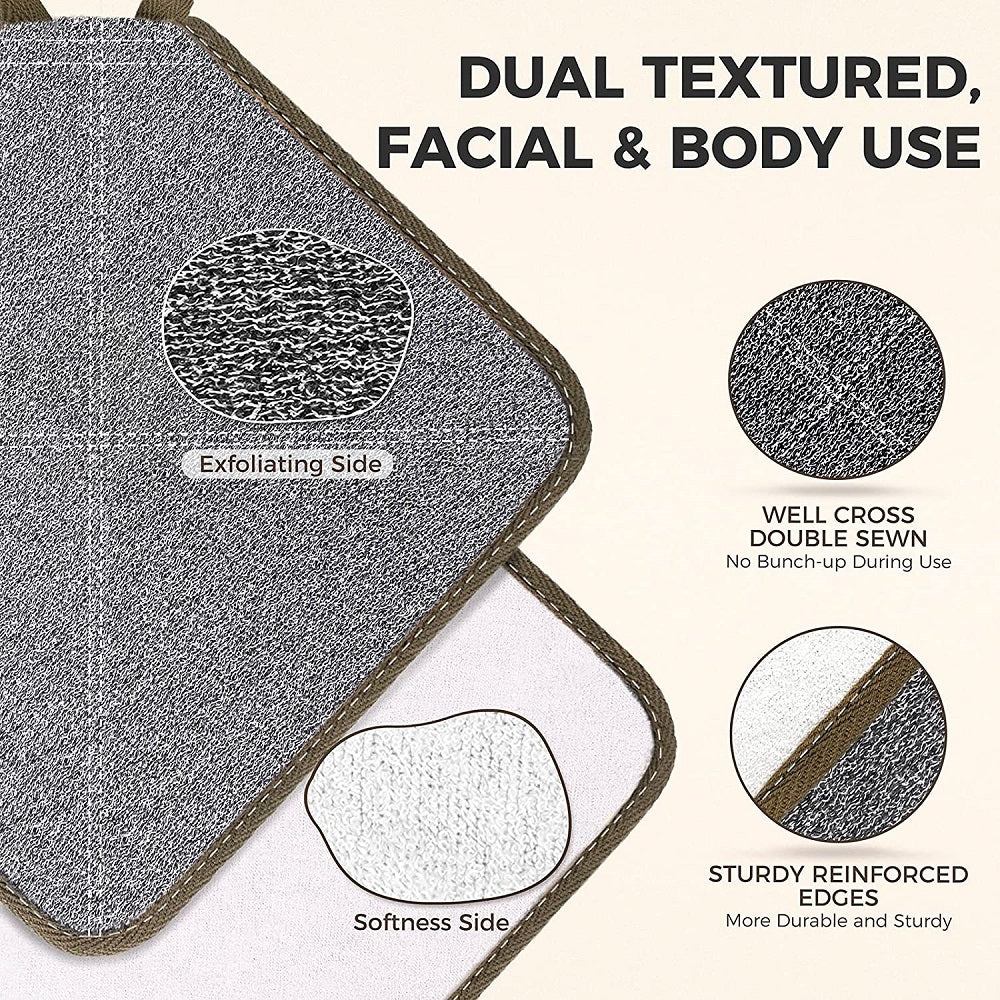
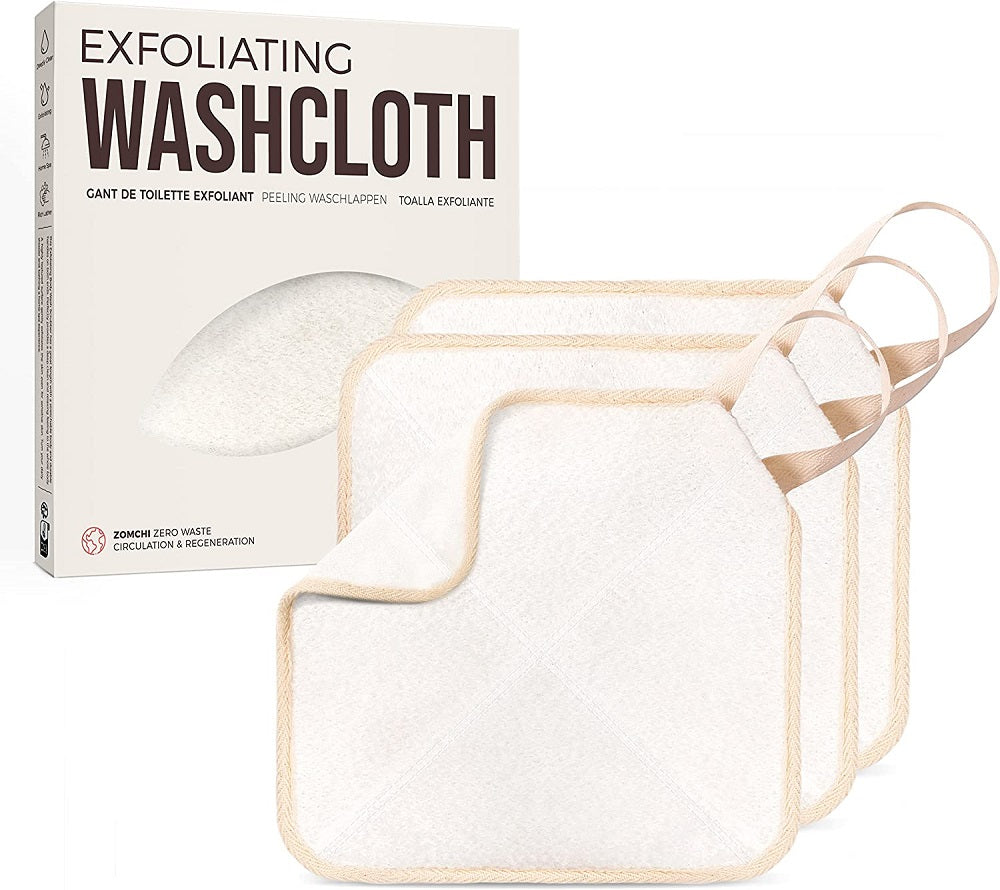
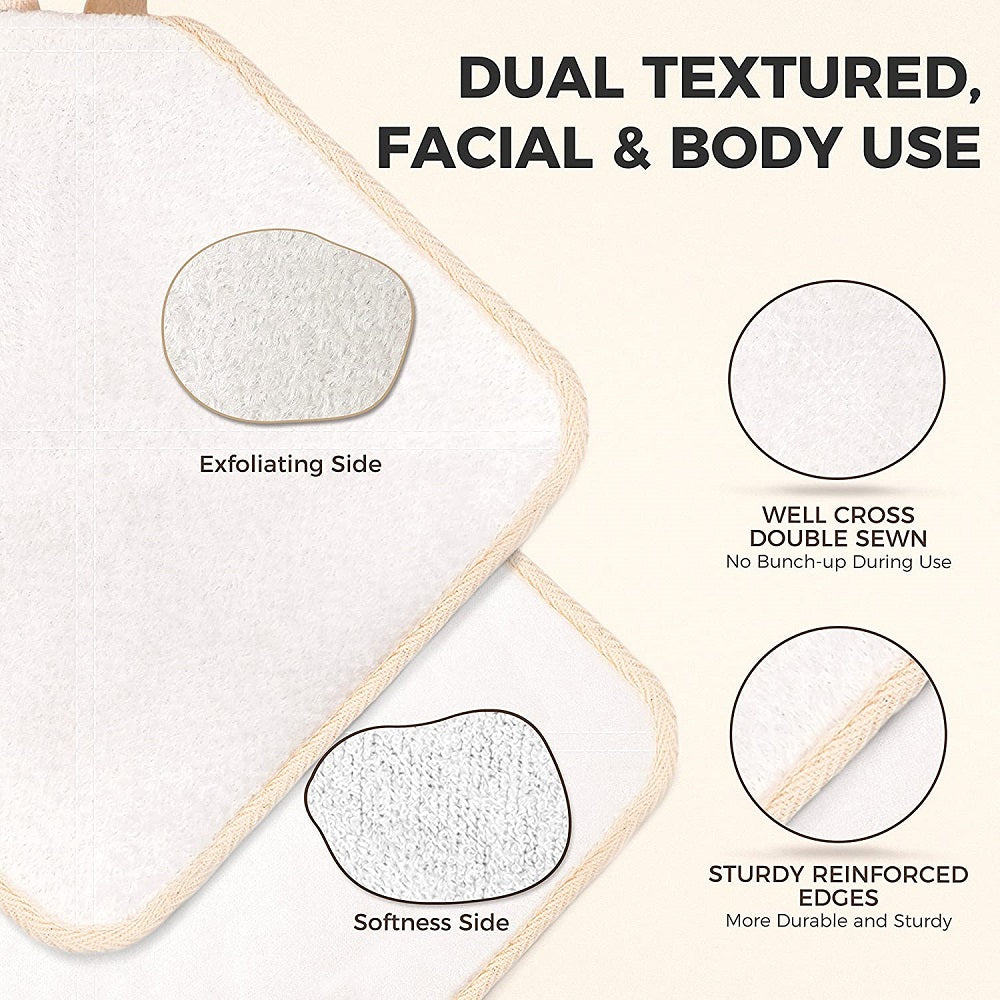
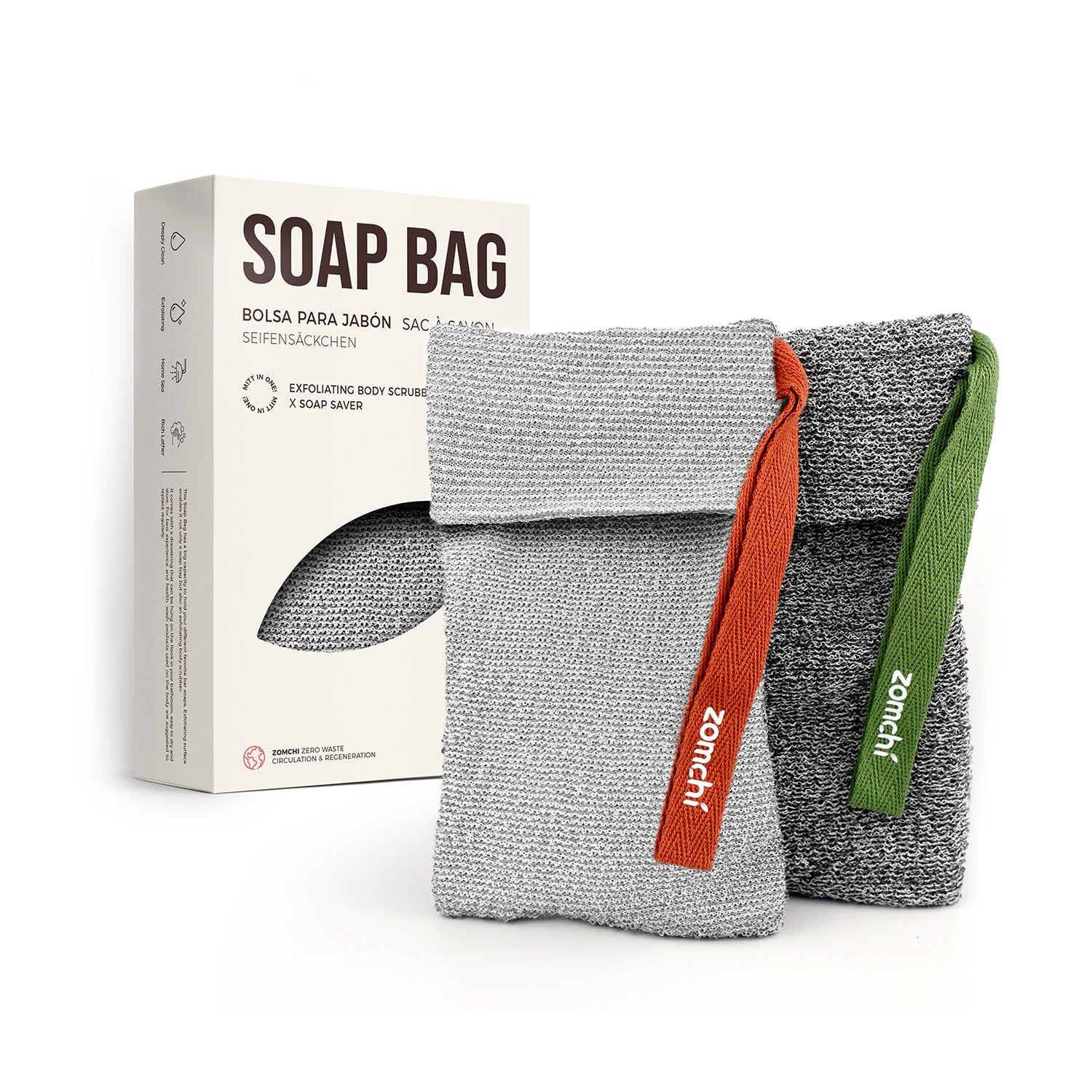
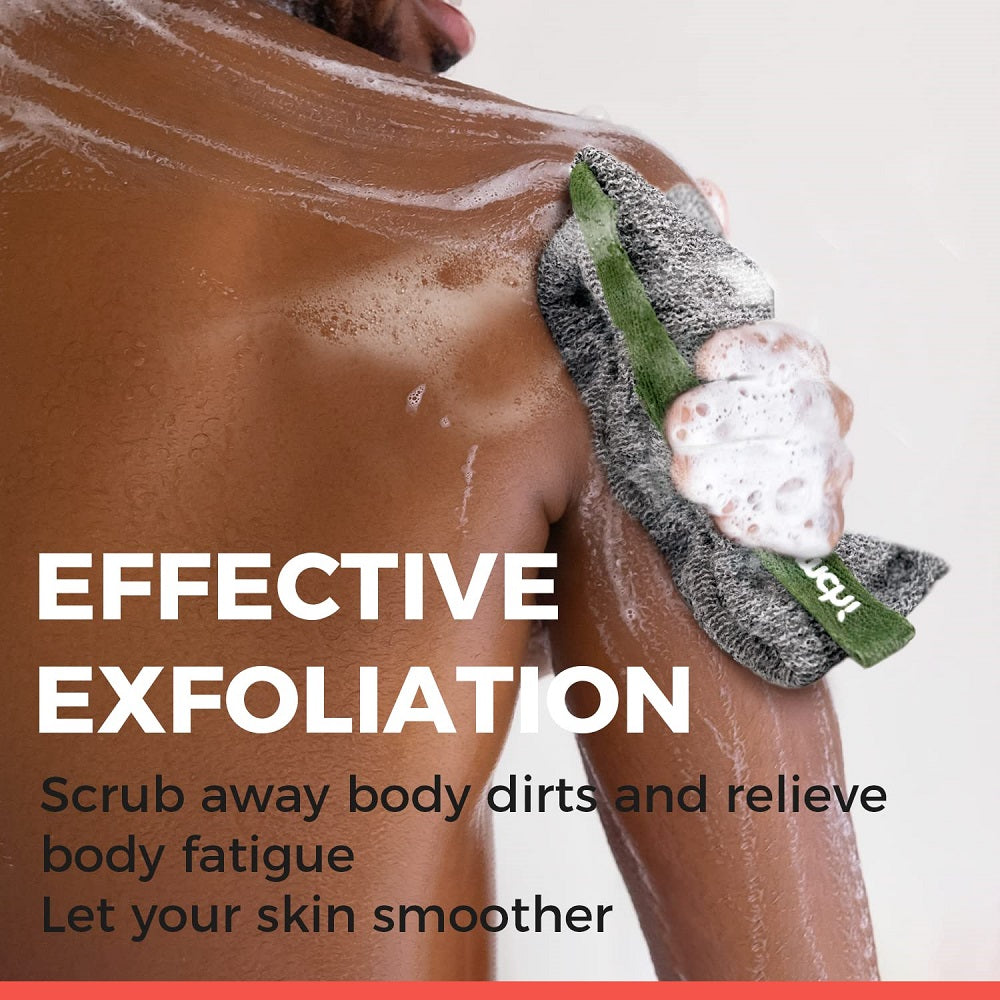
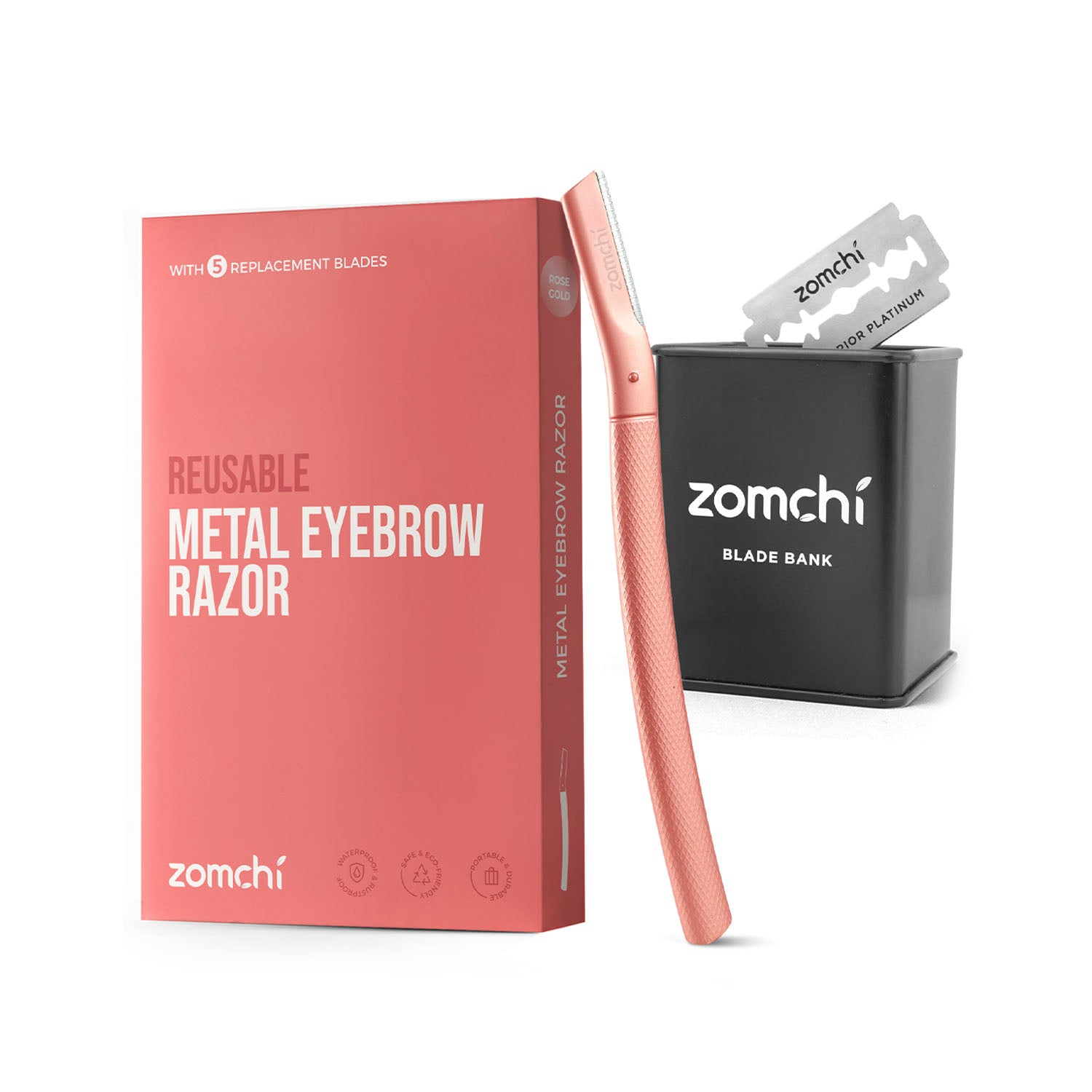
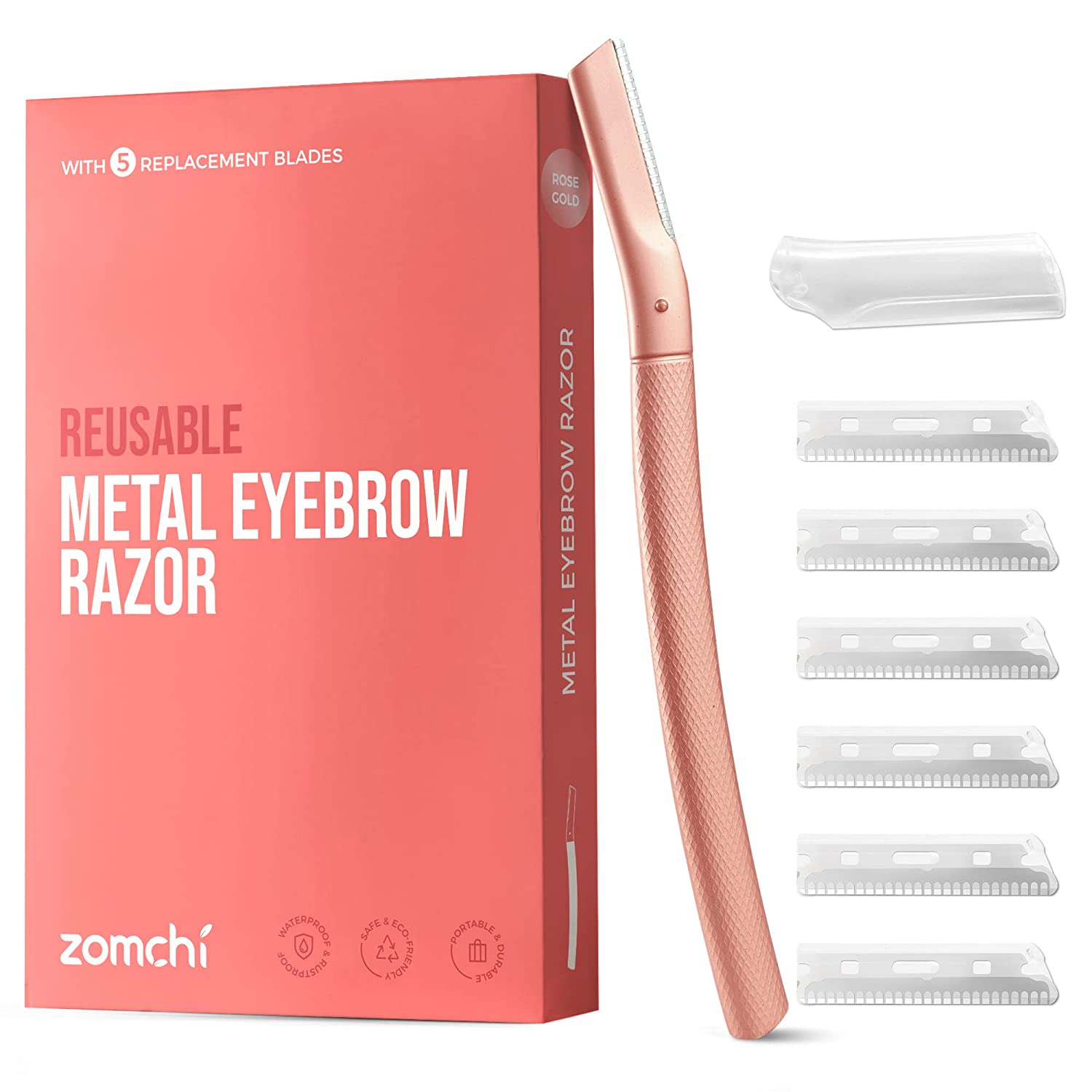
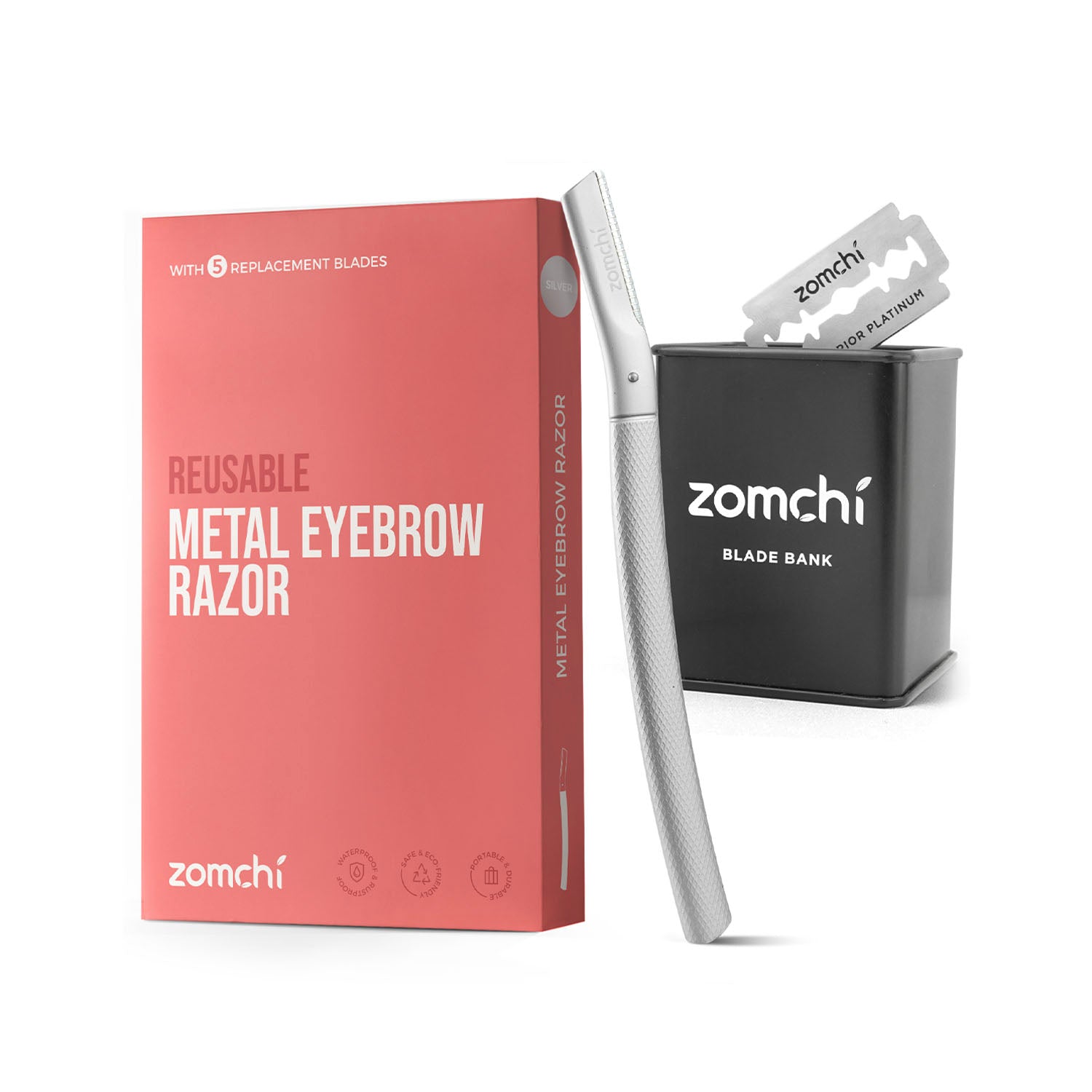
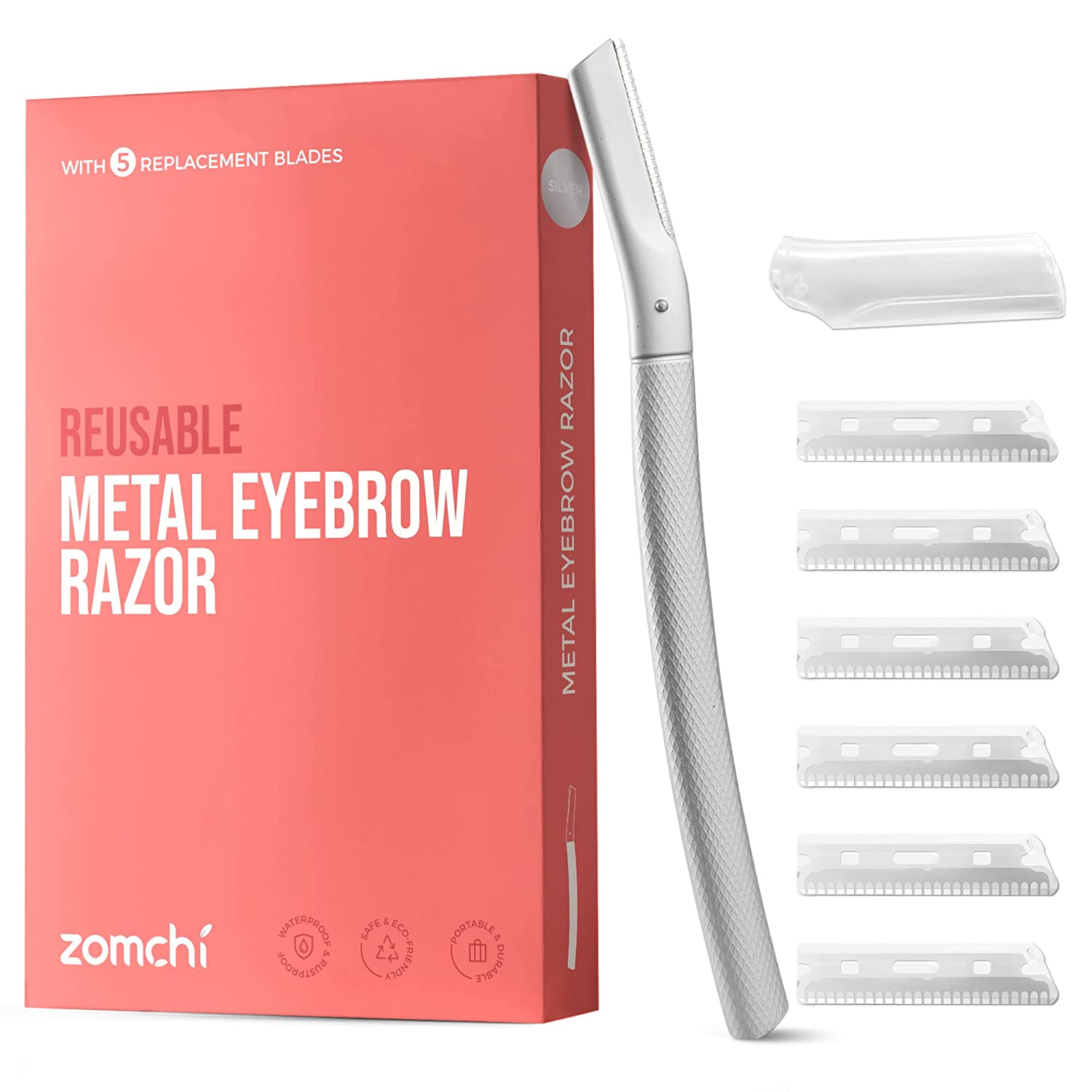
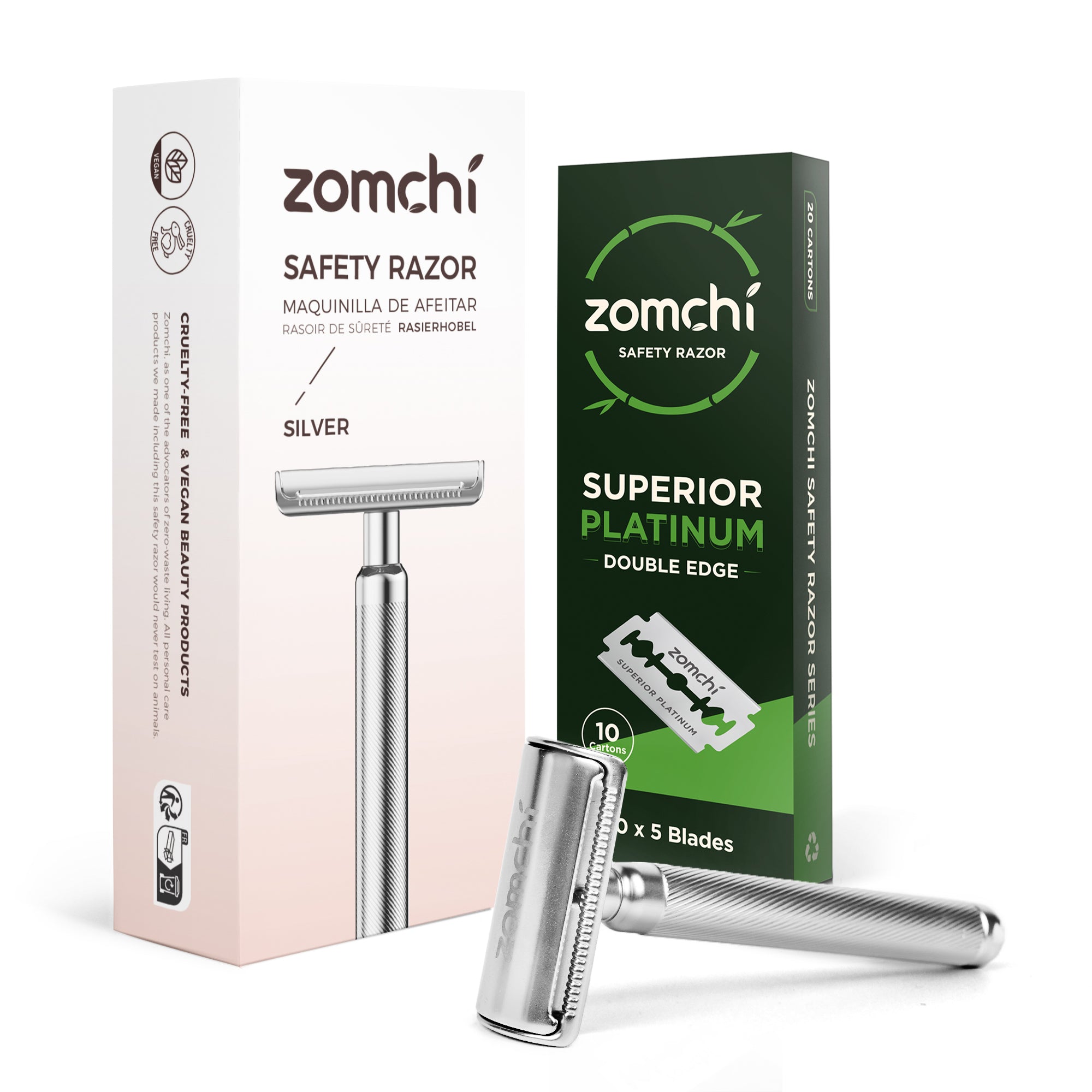
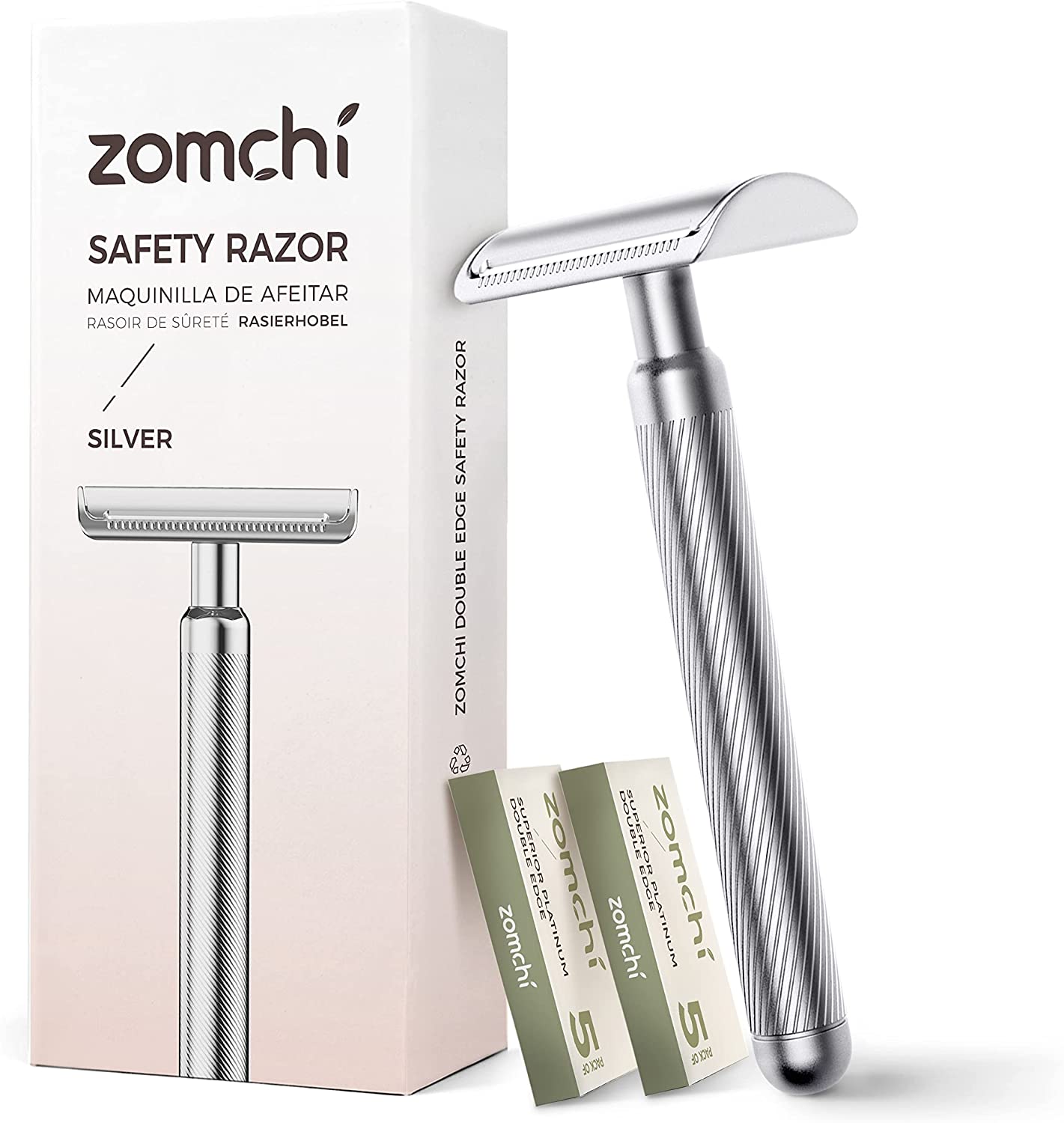
Comments (0)
Back to News